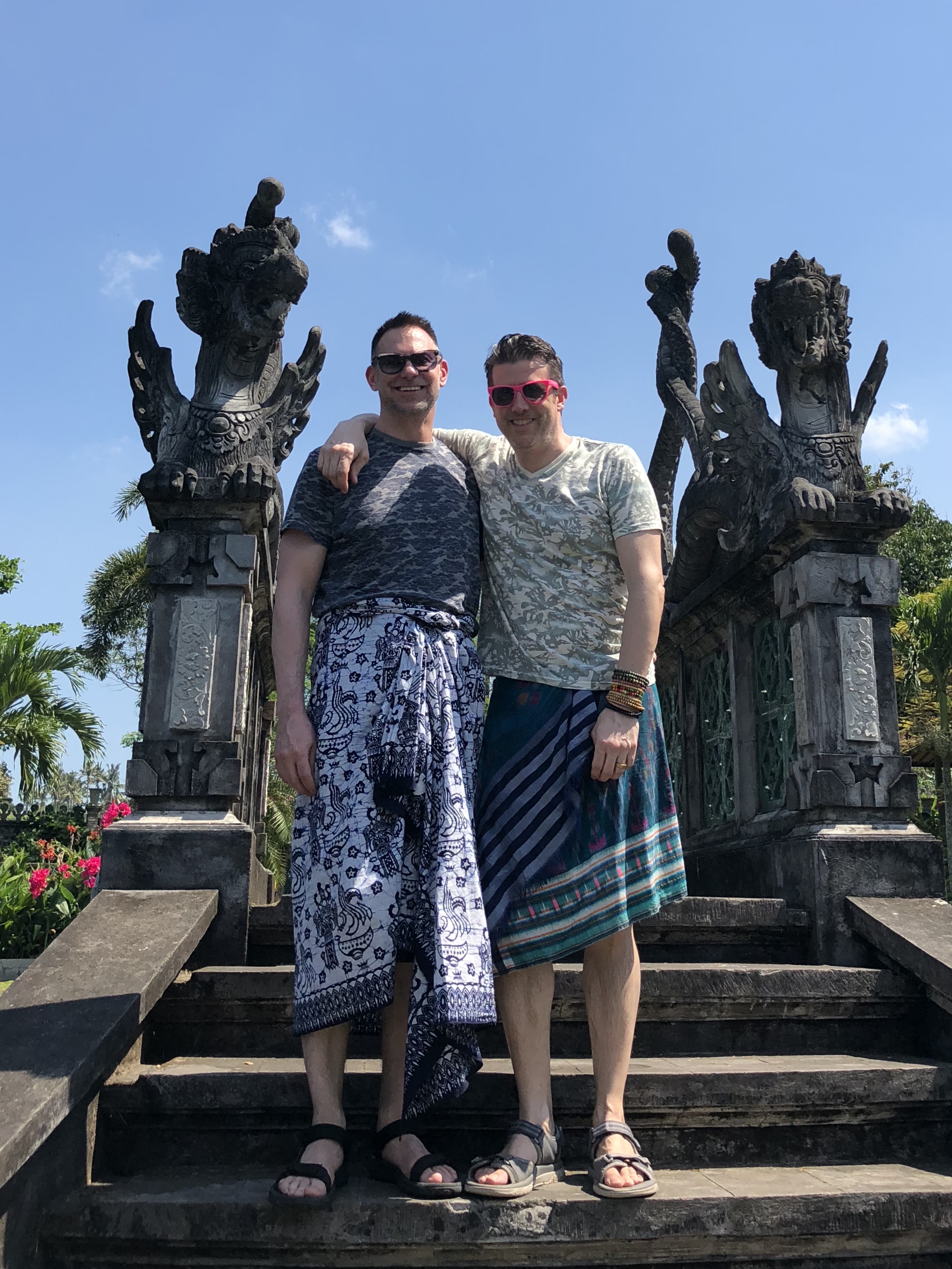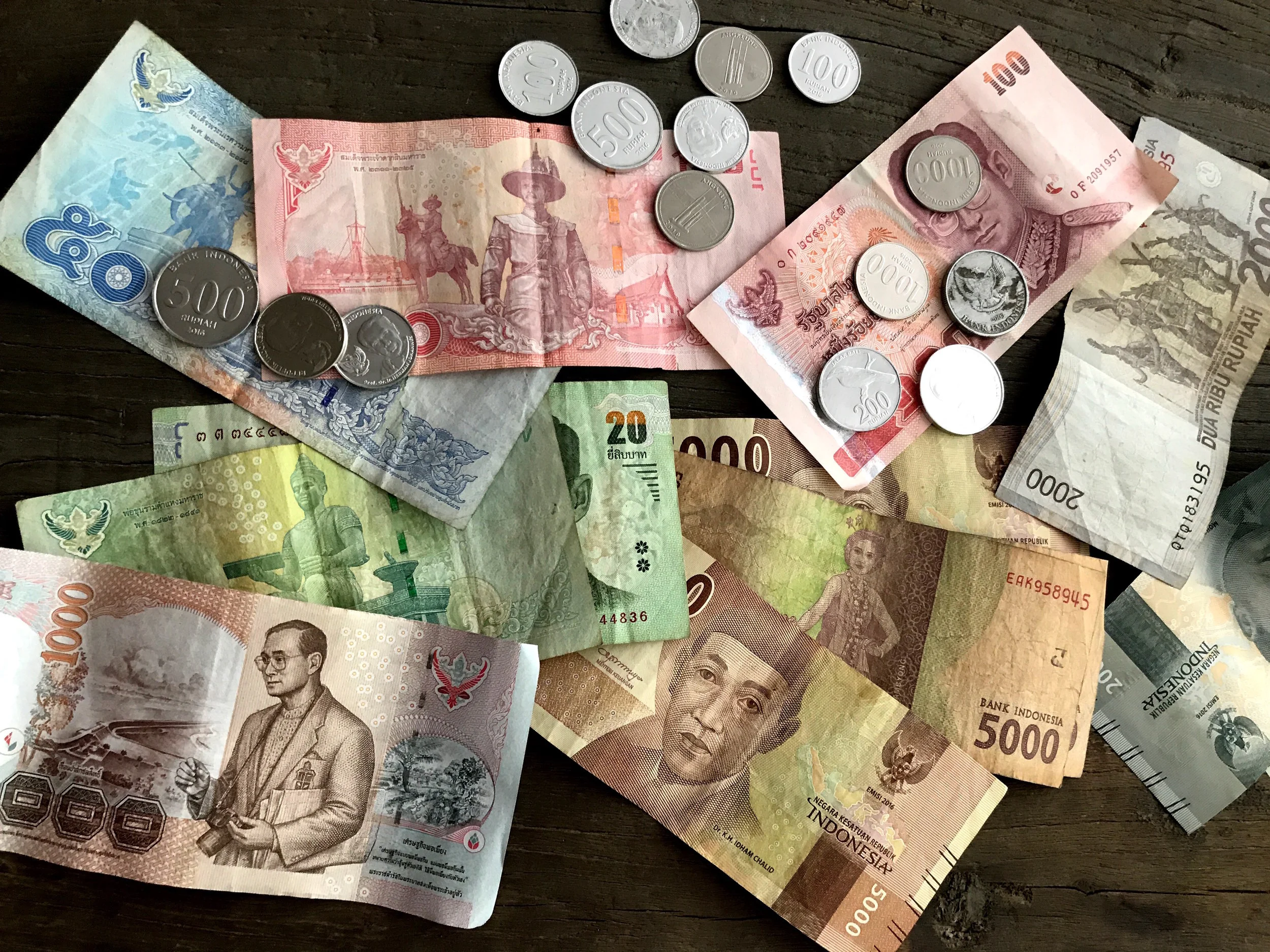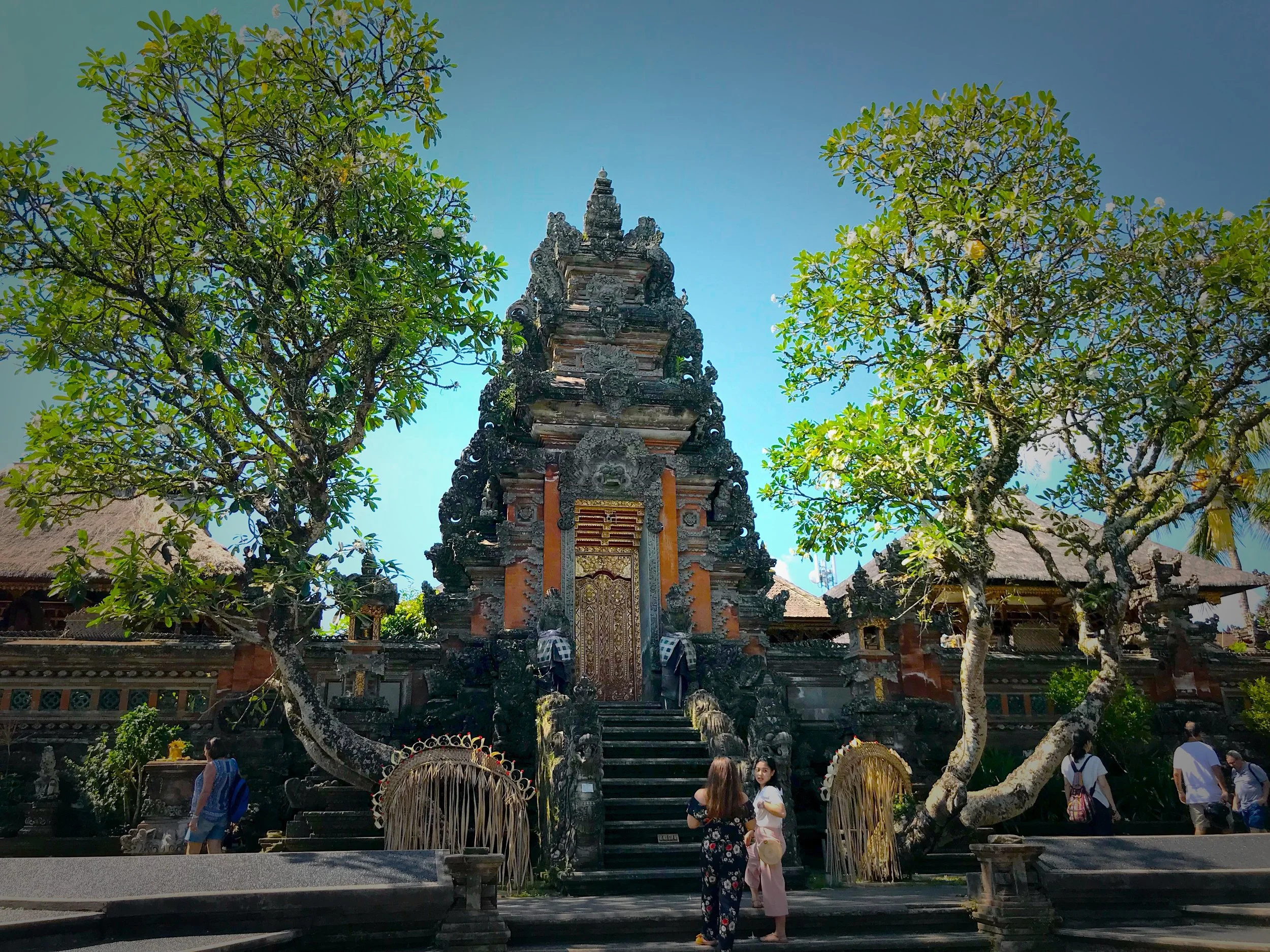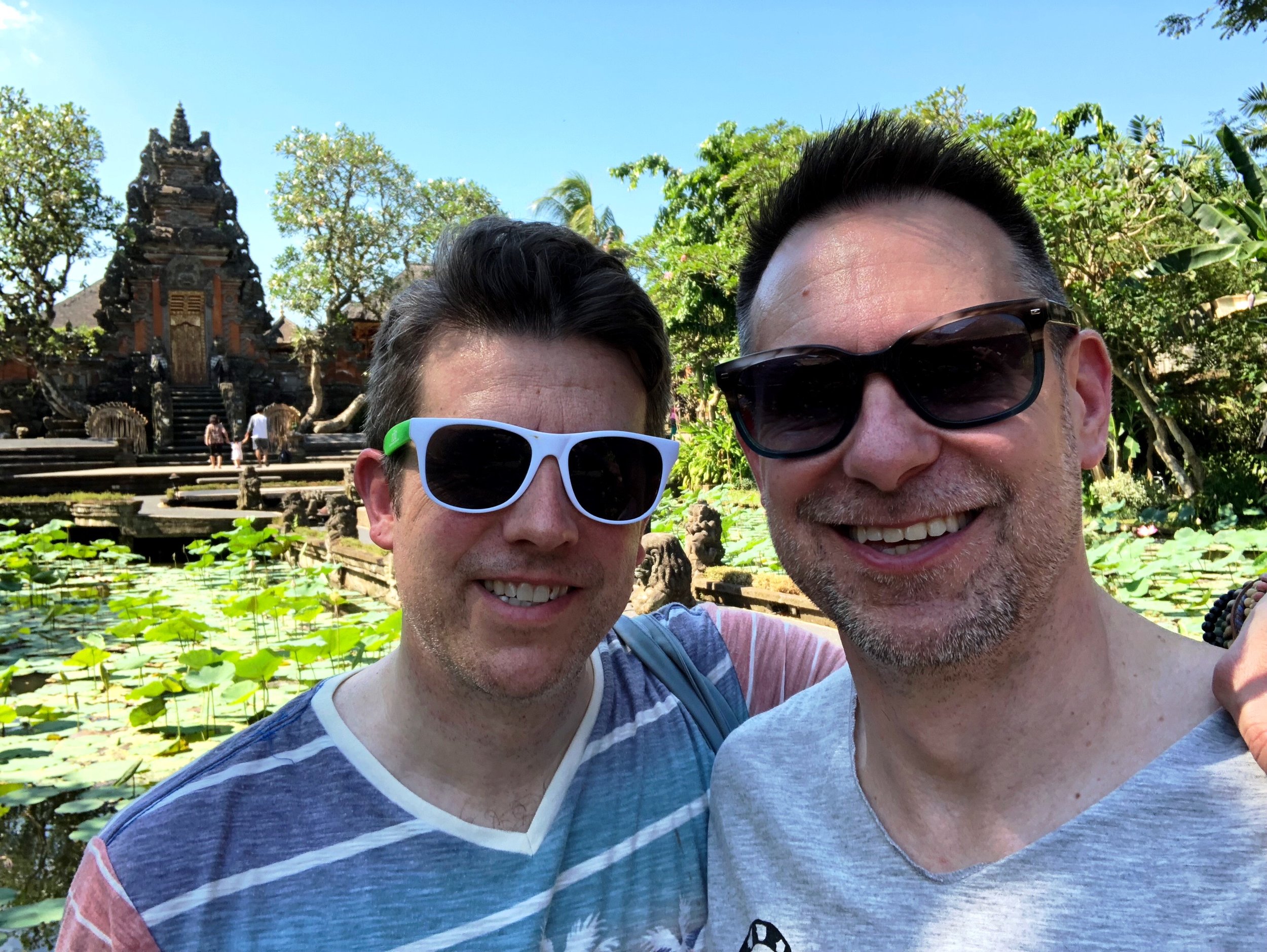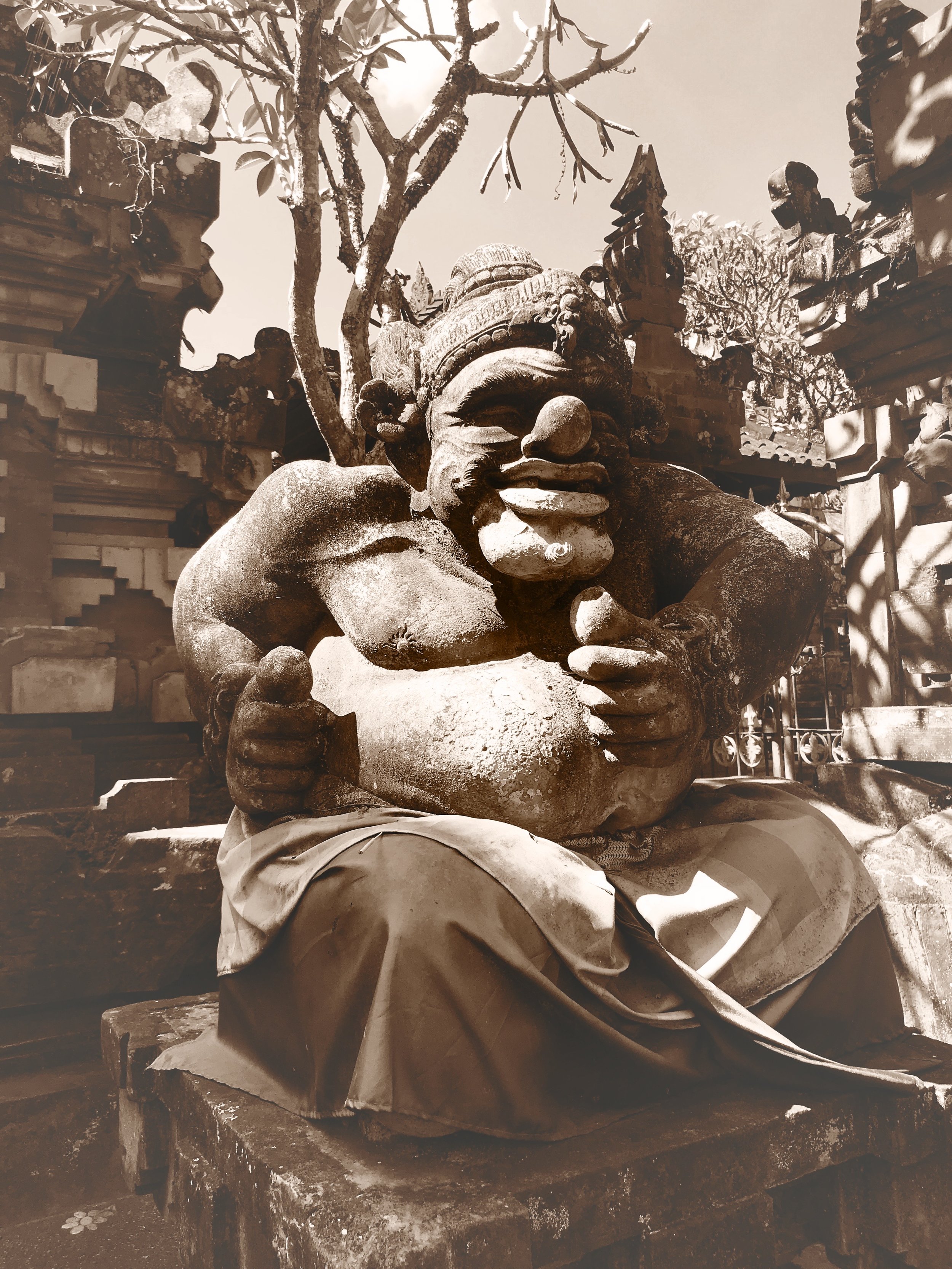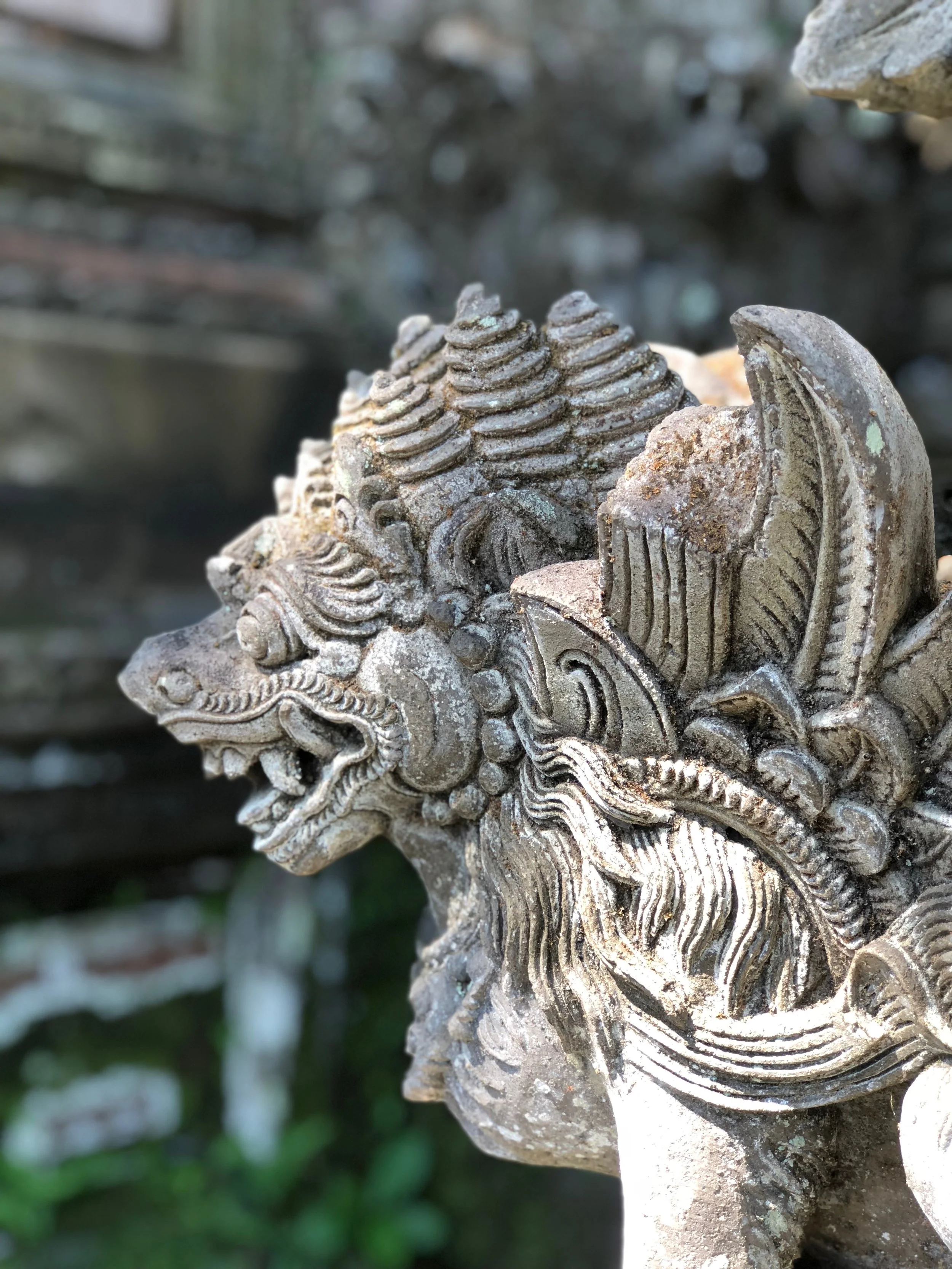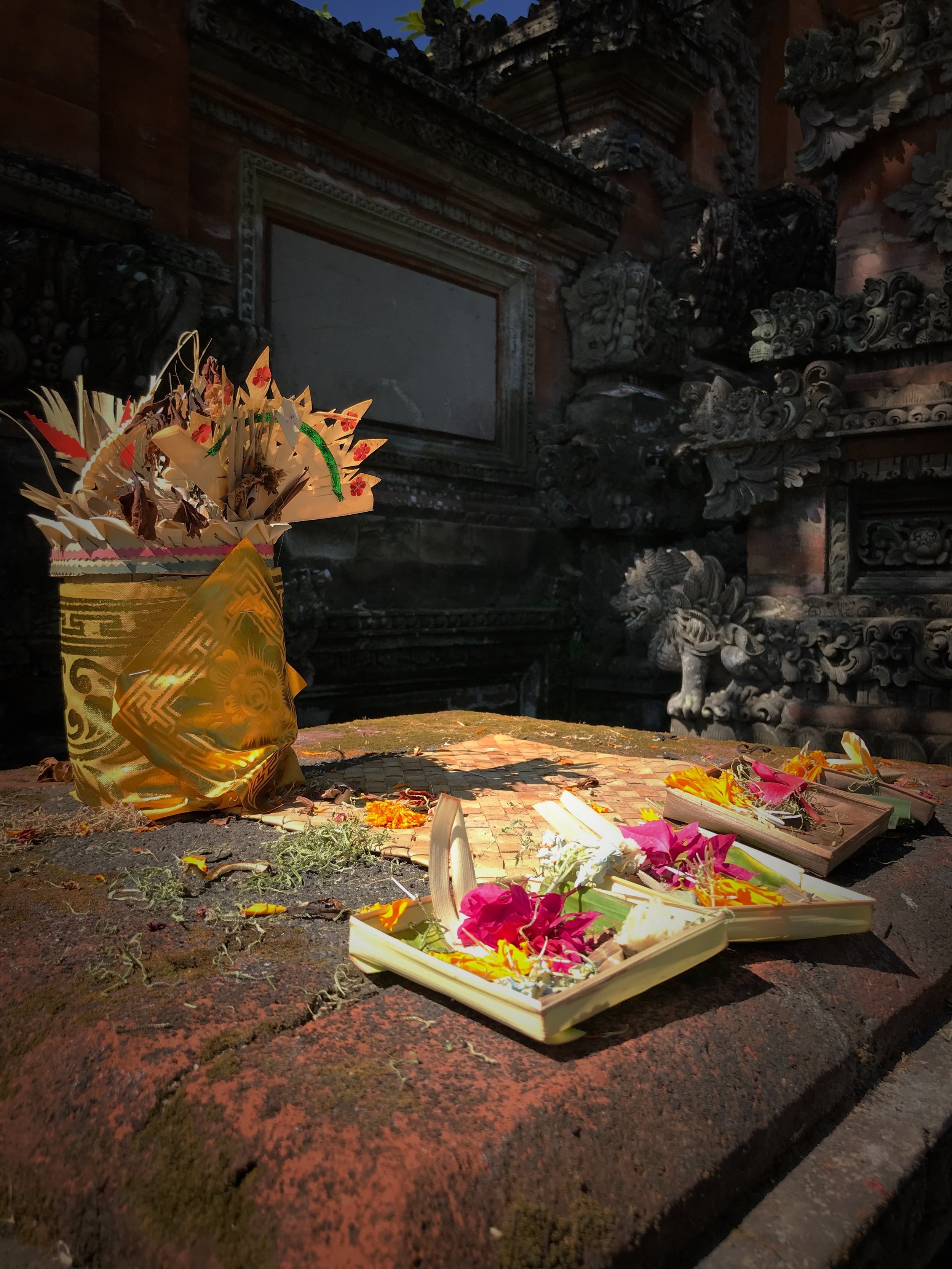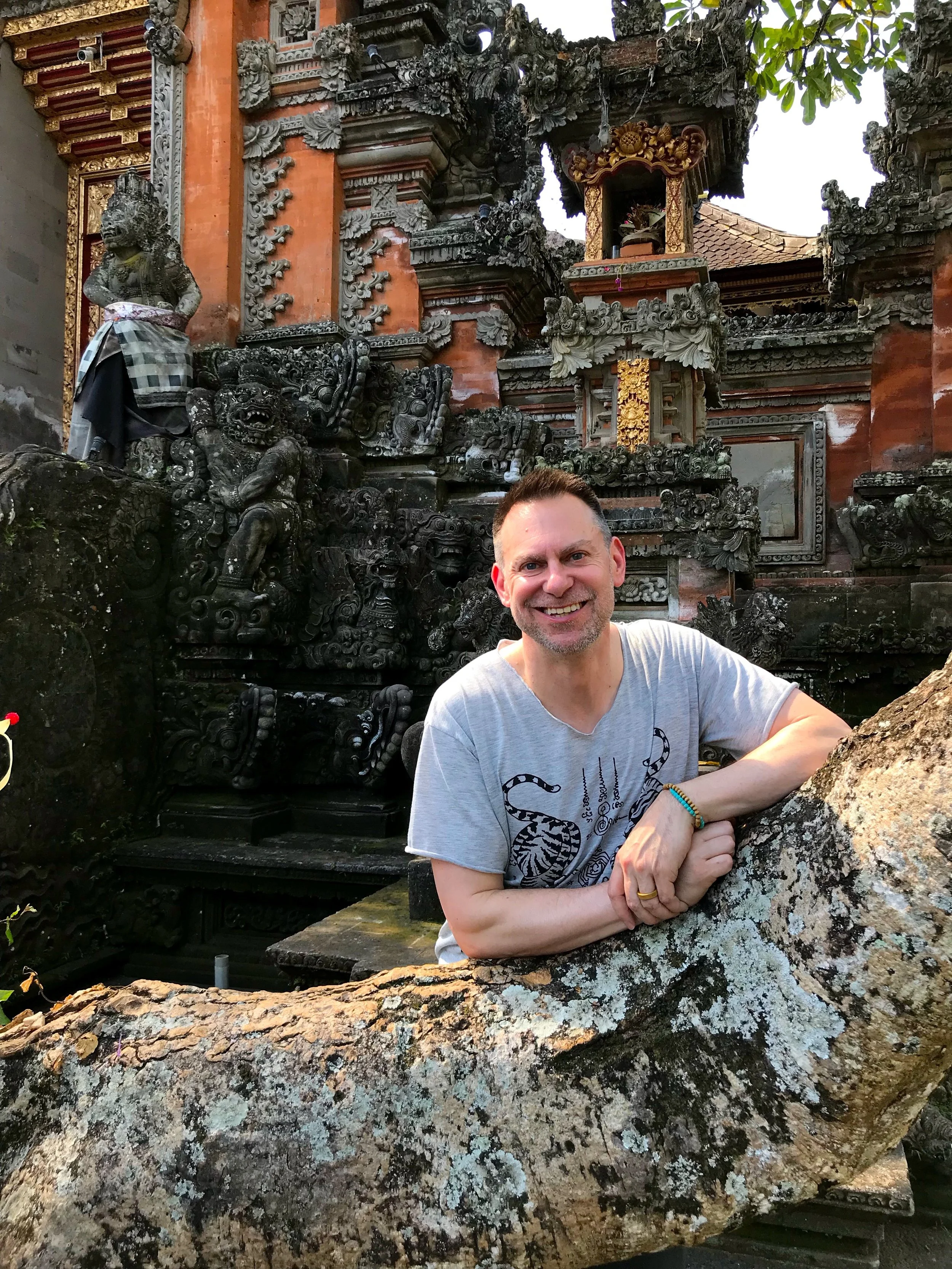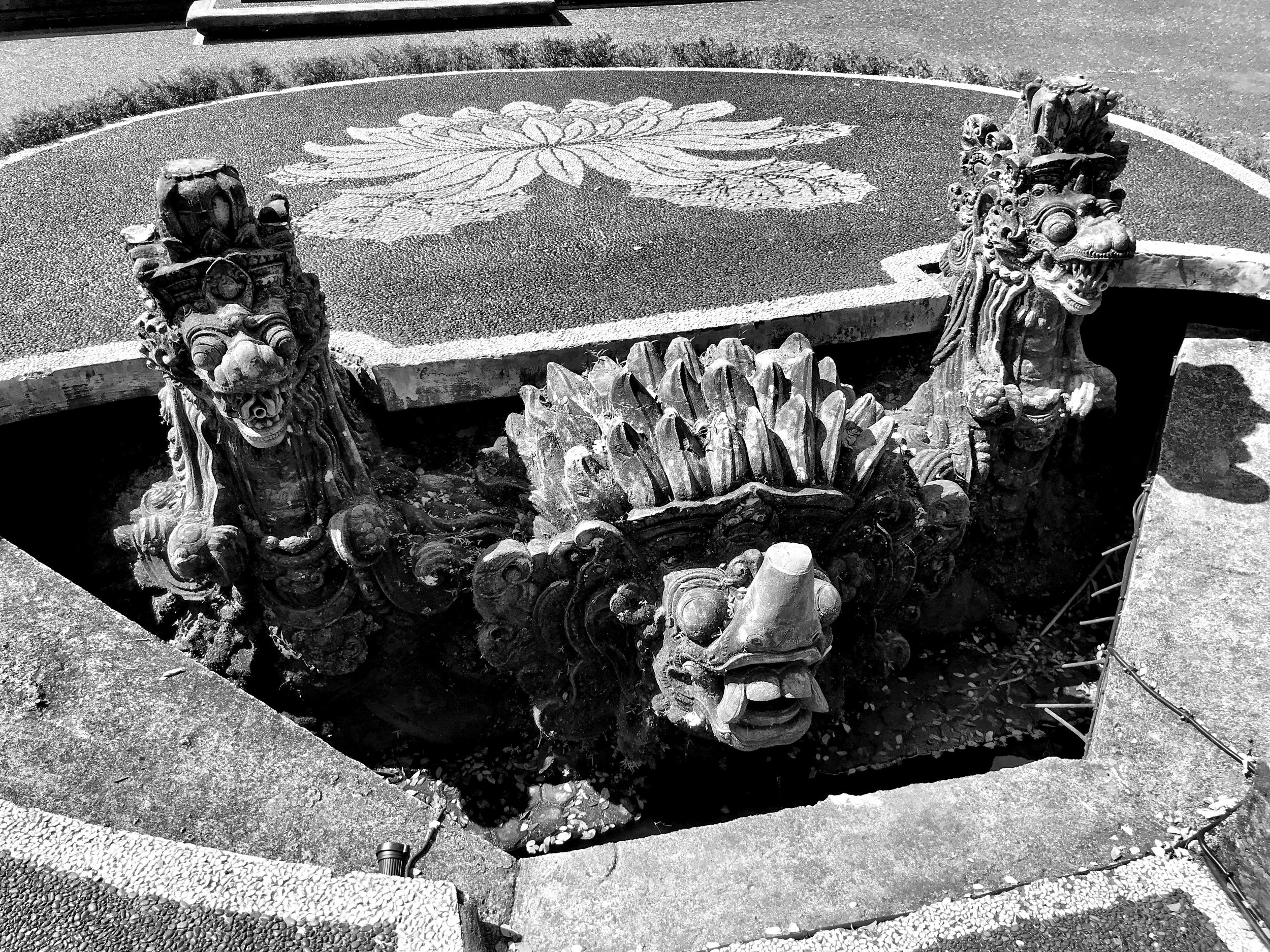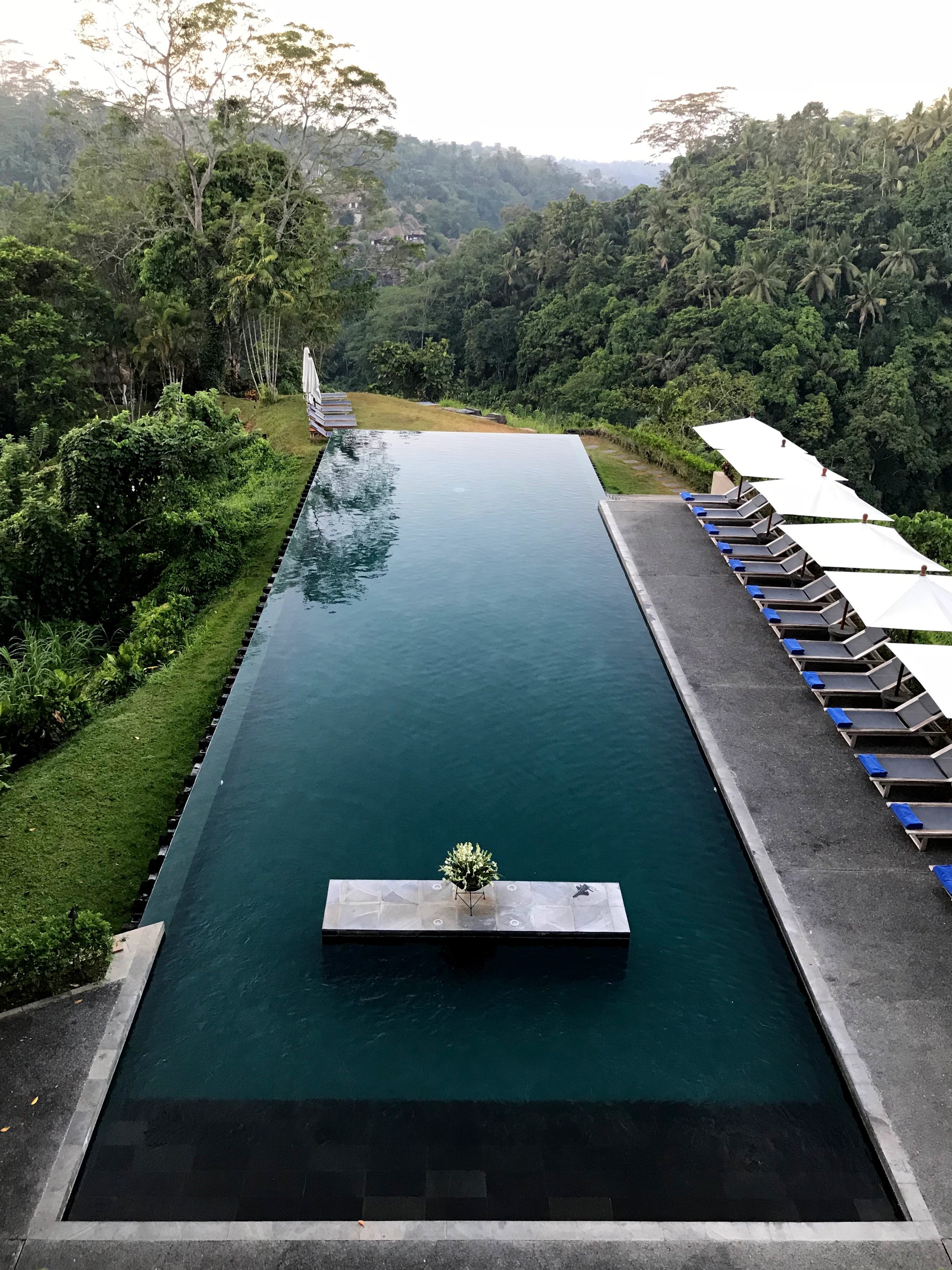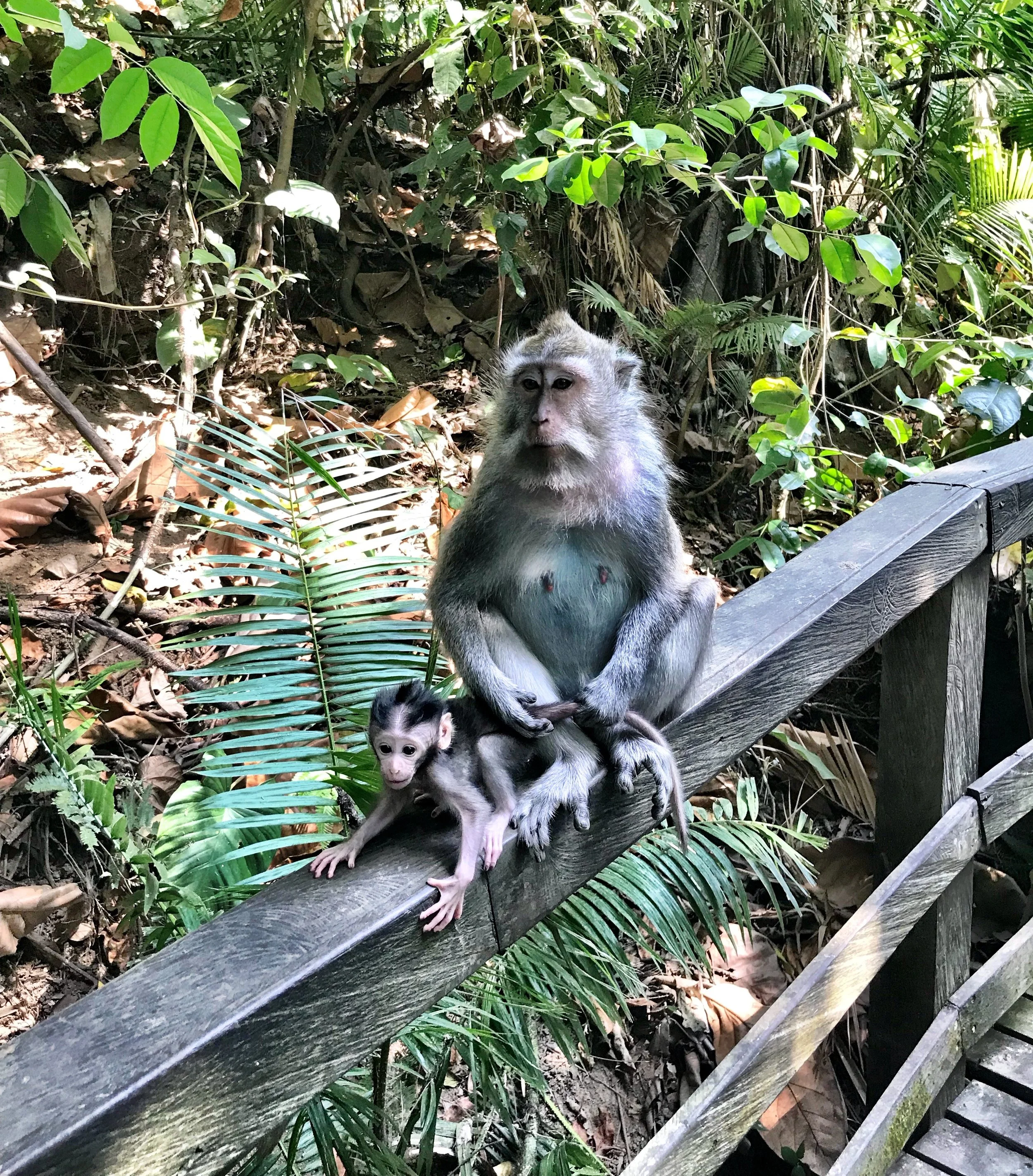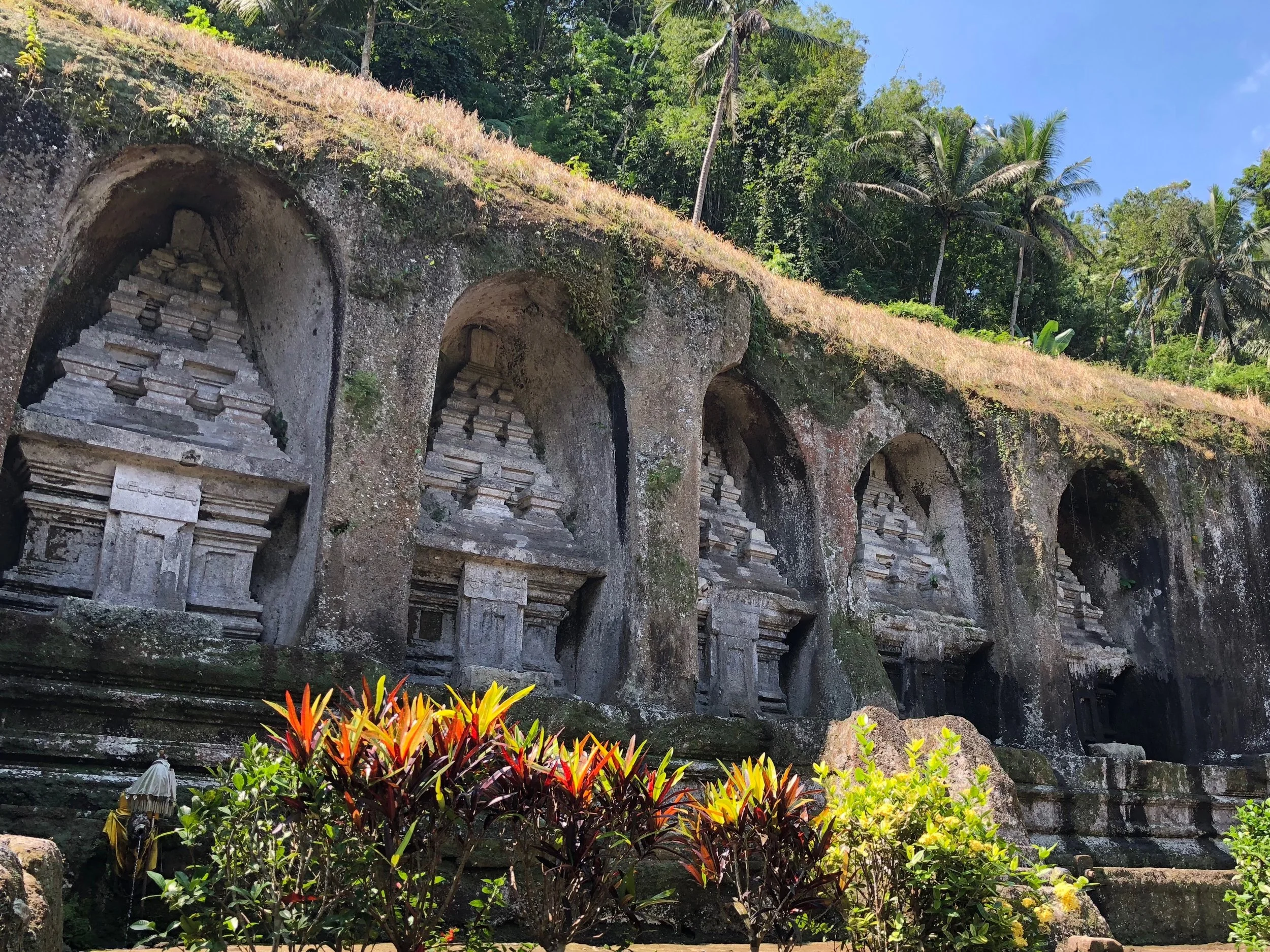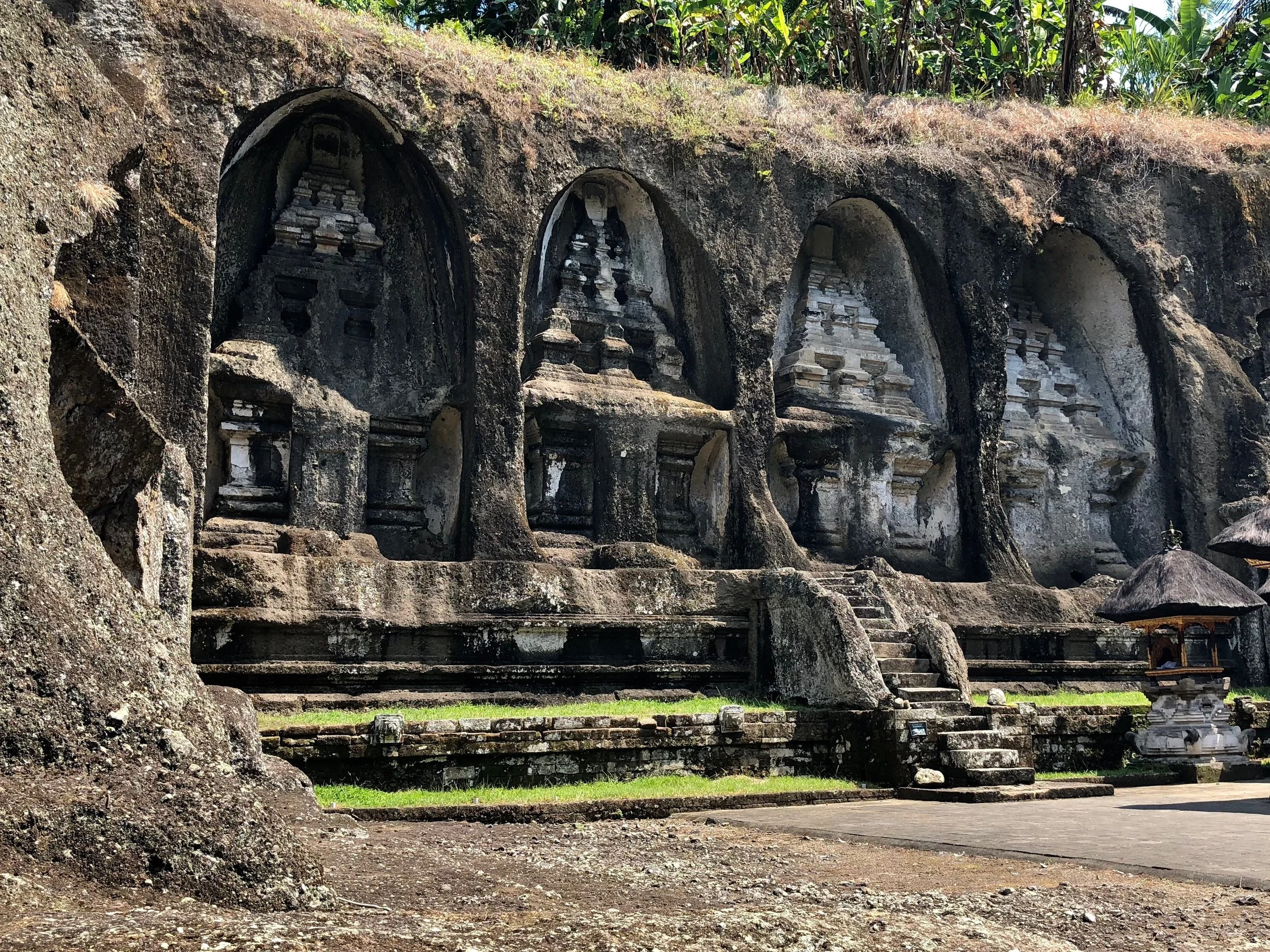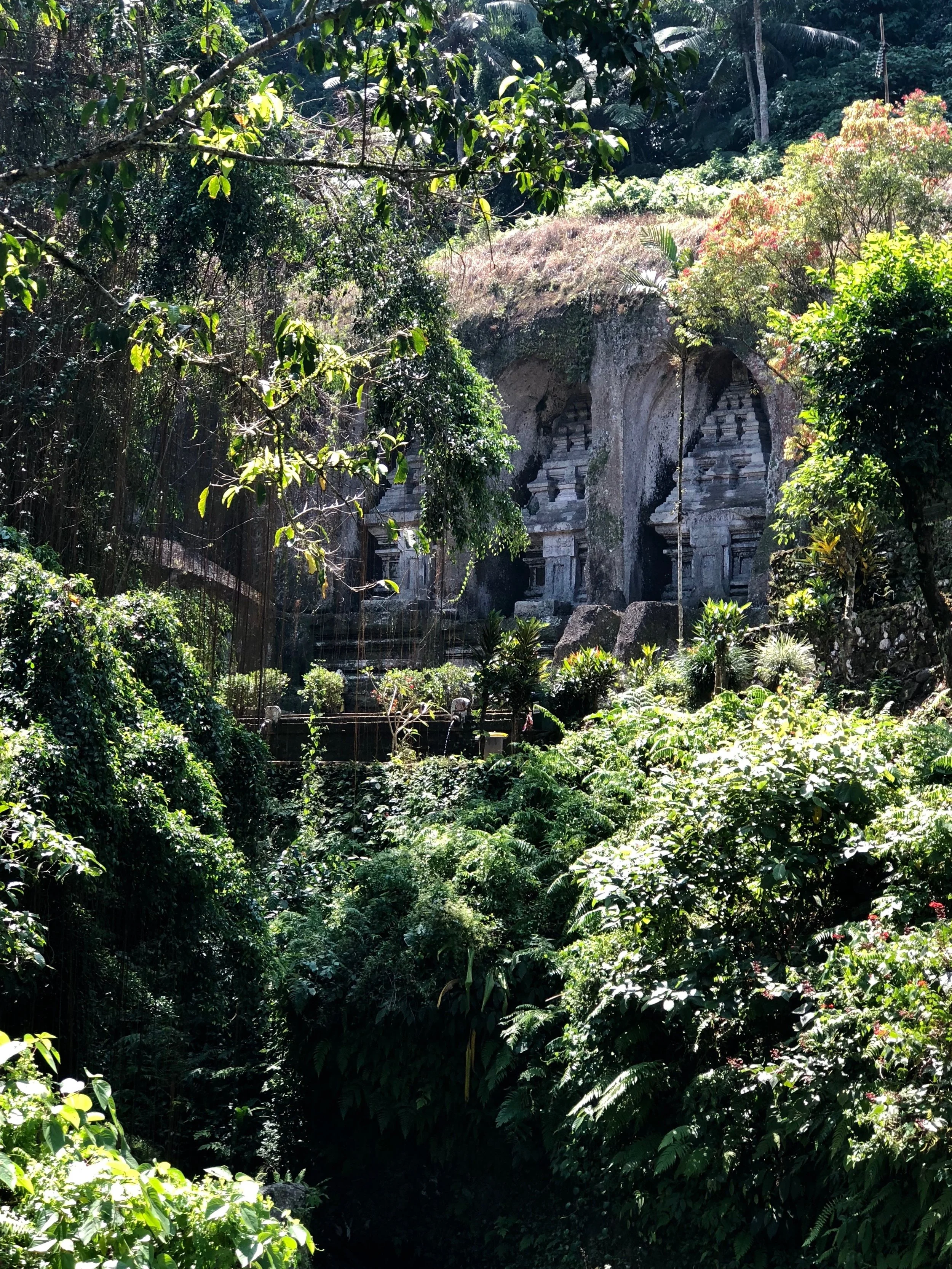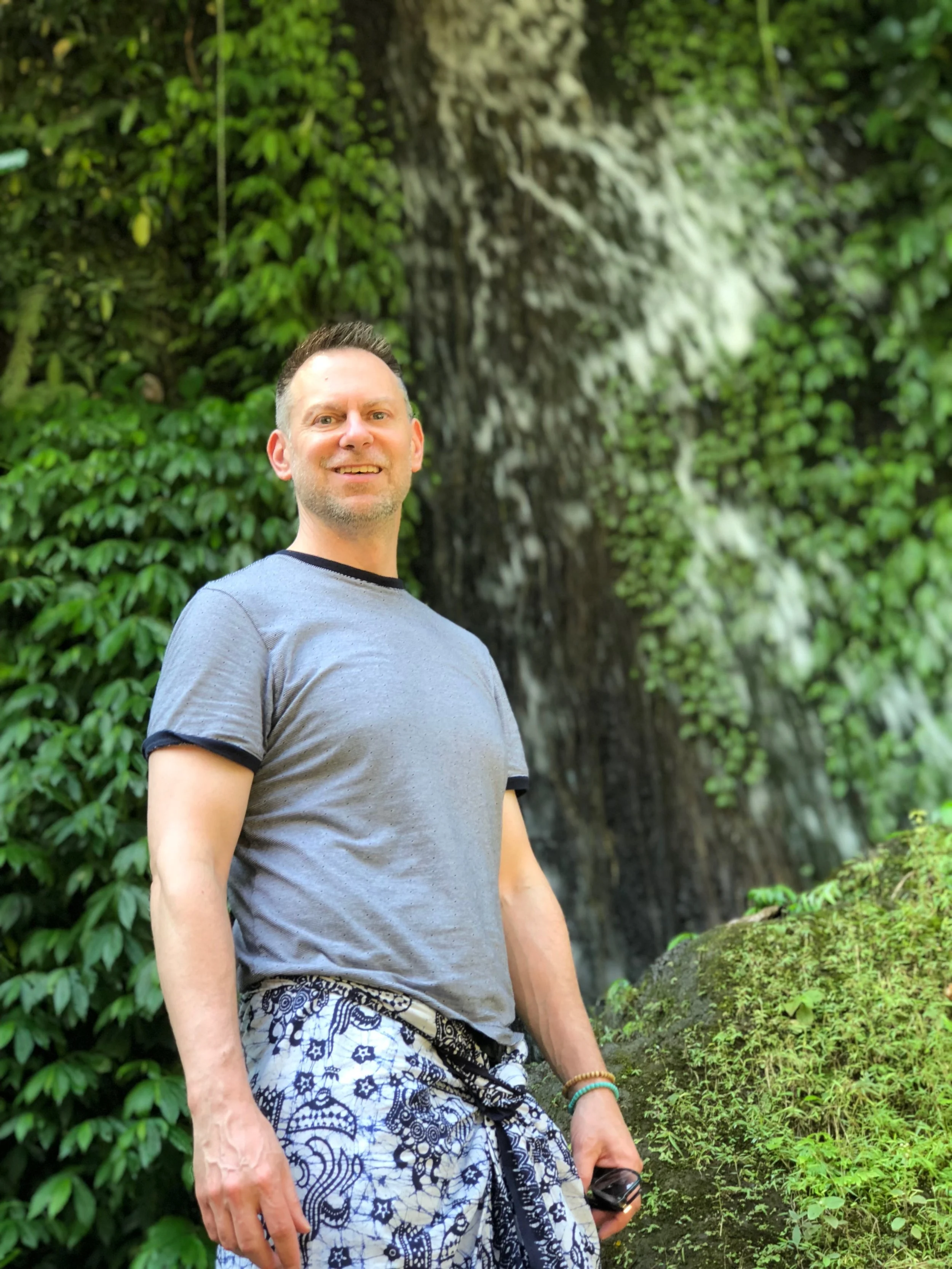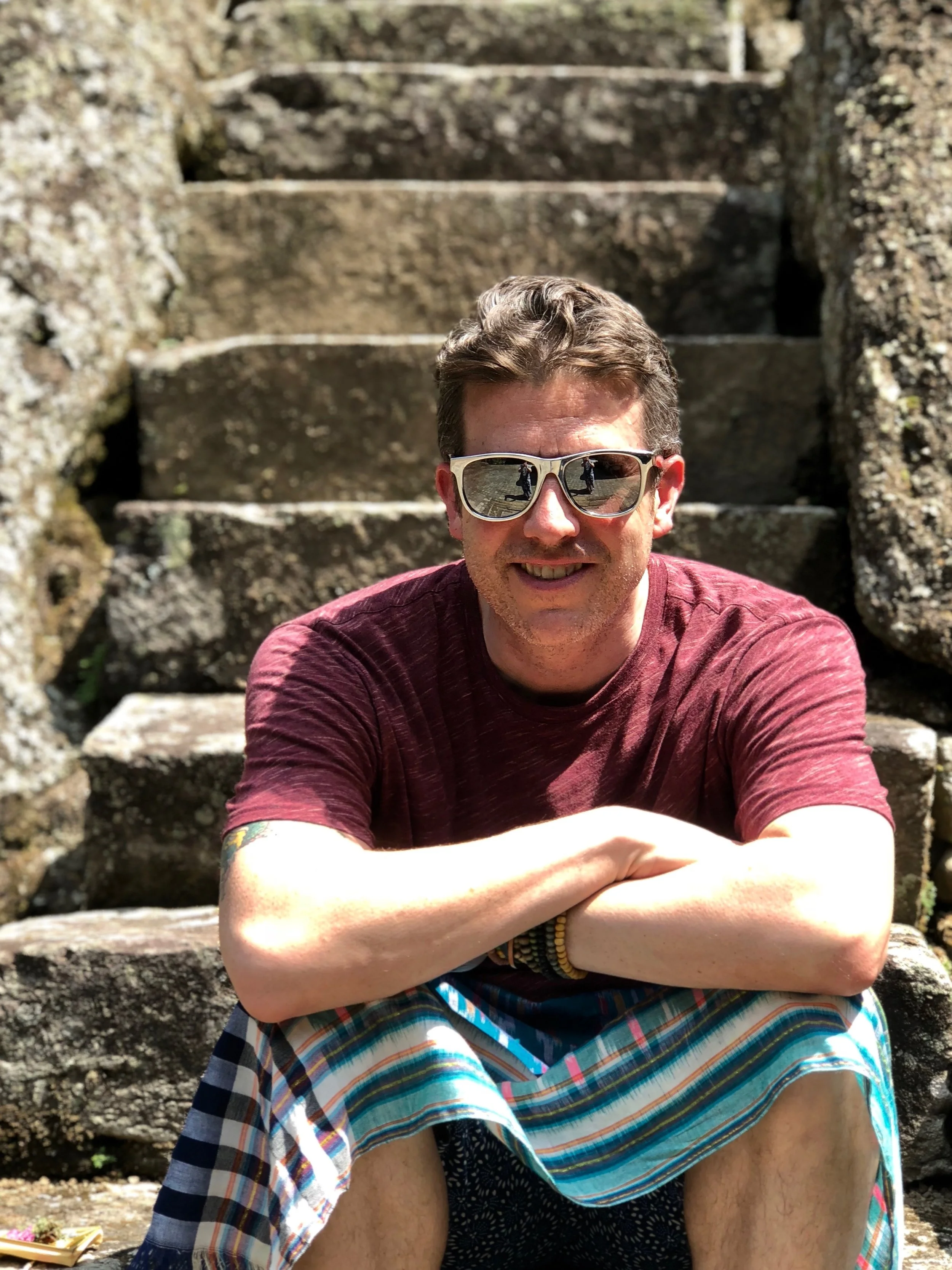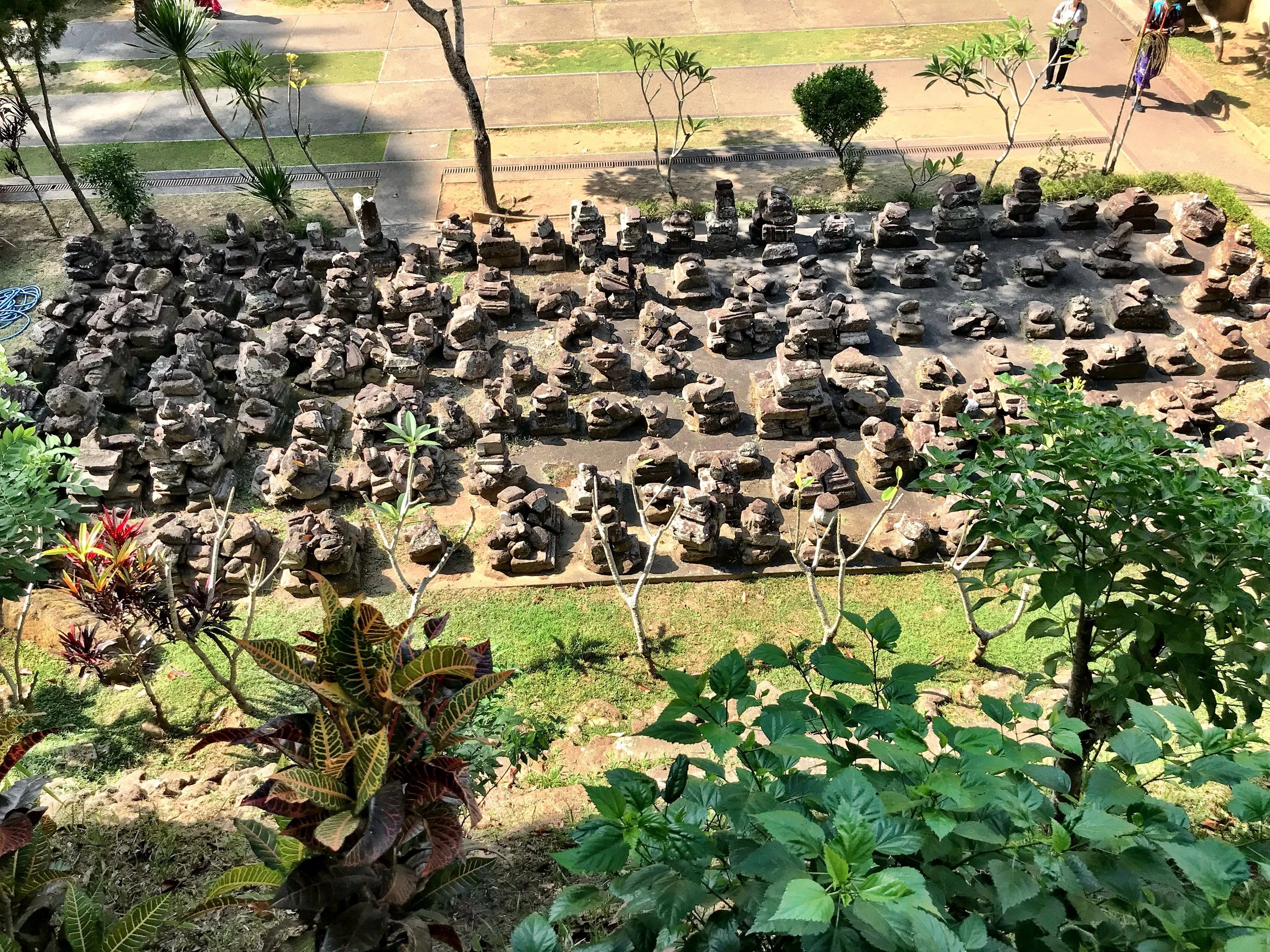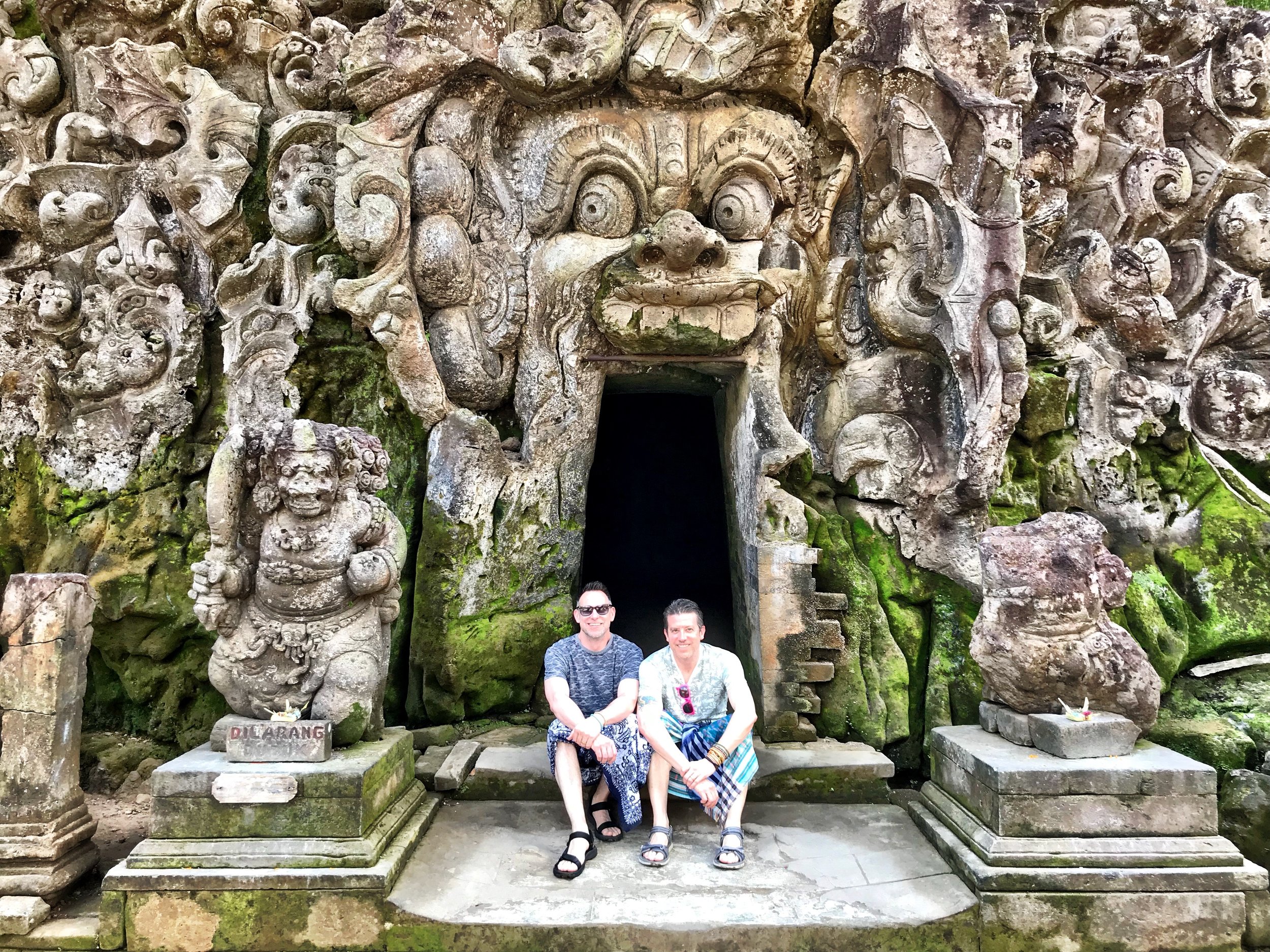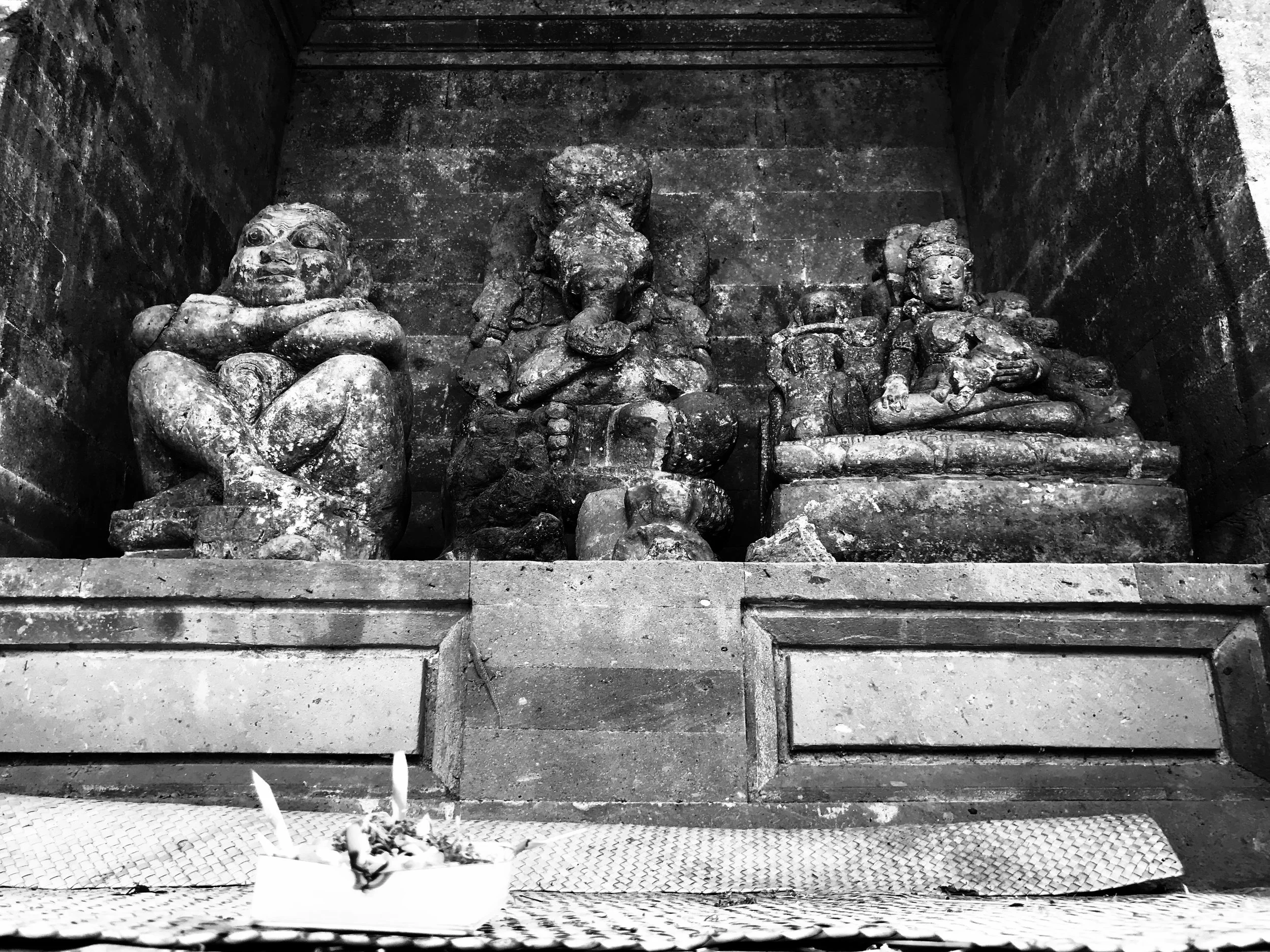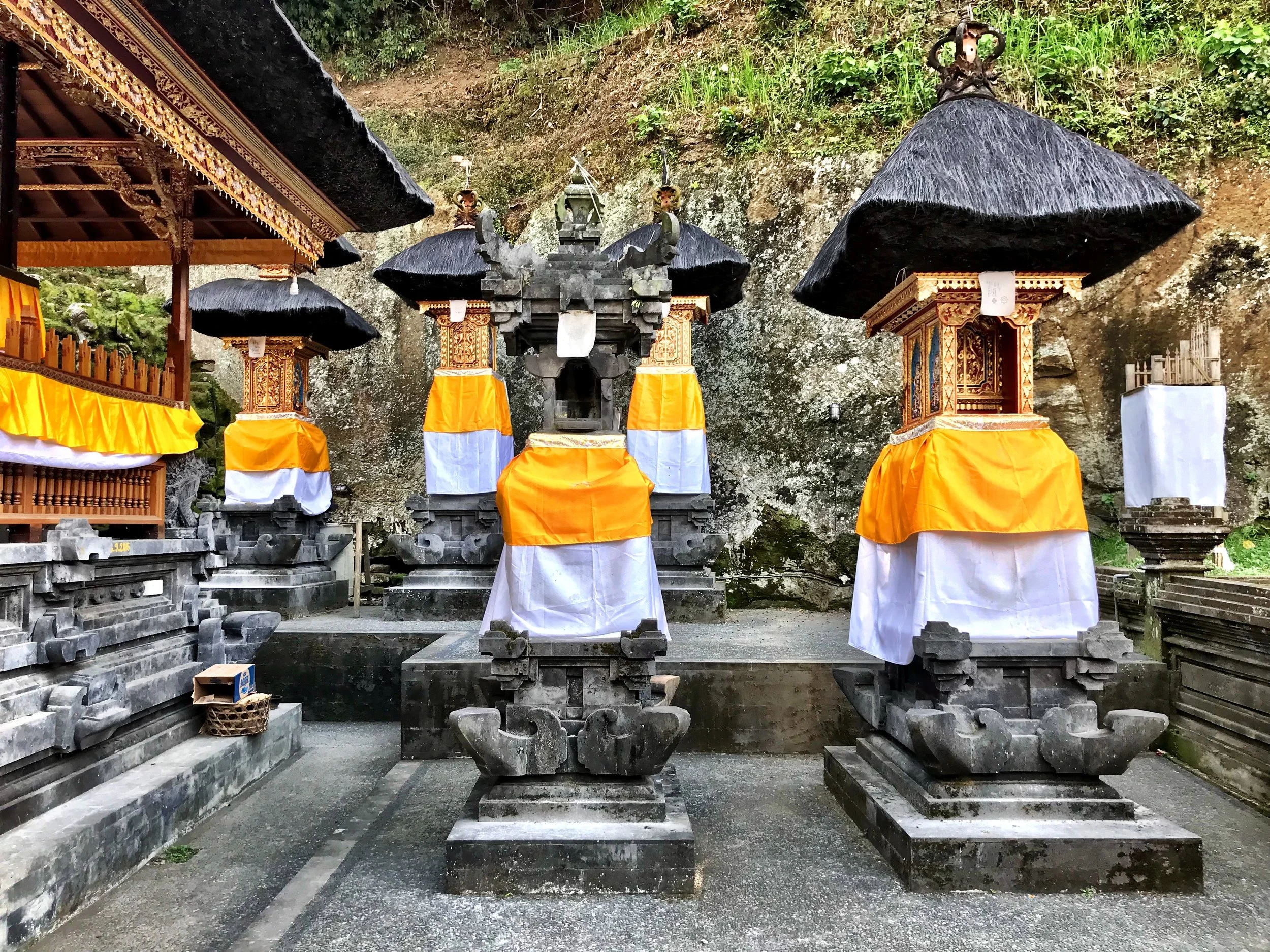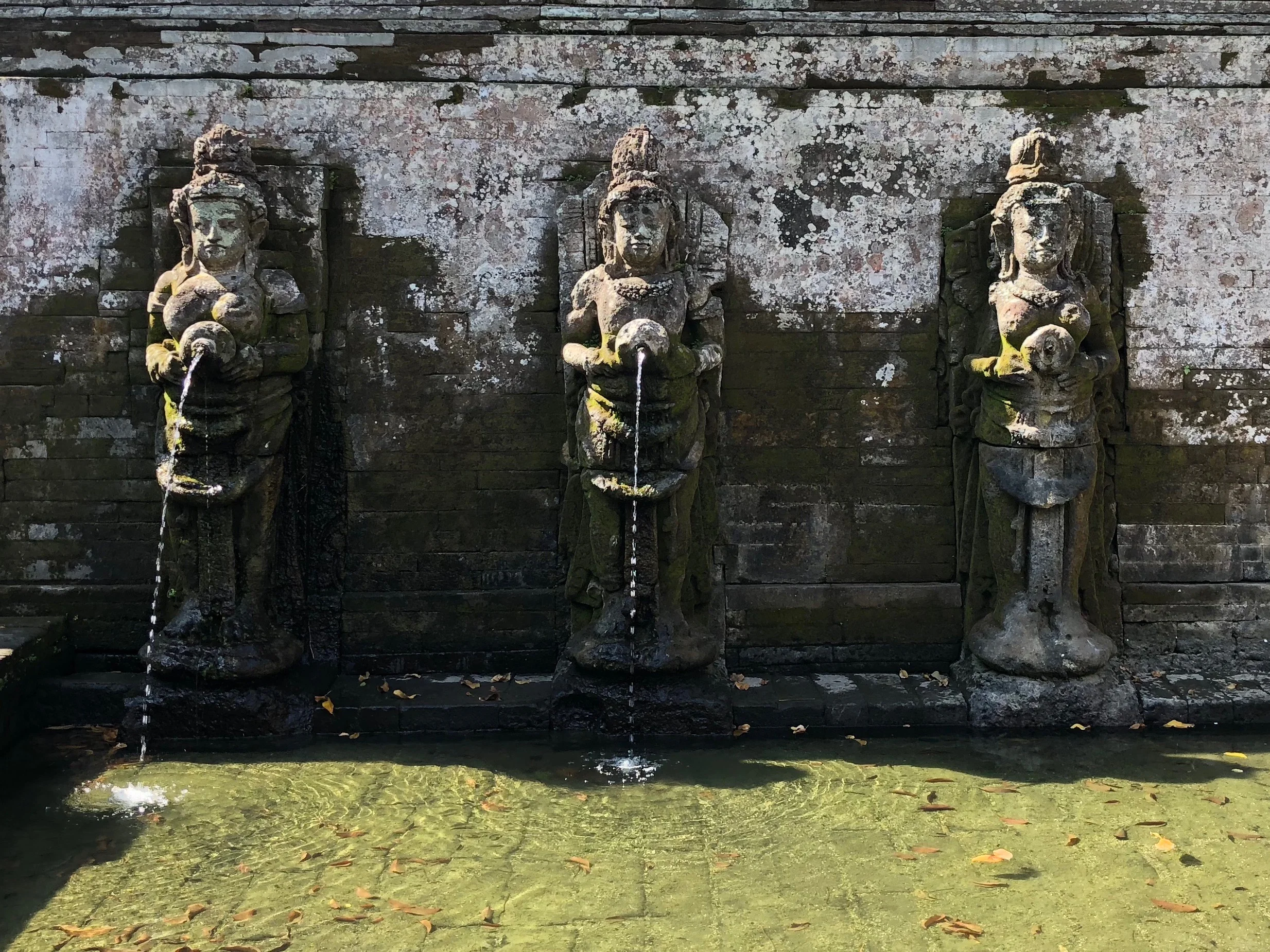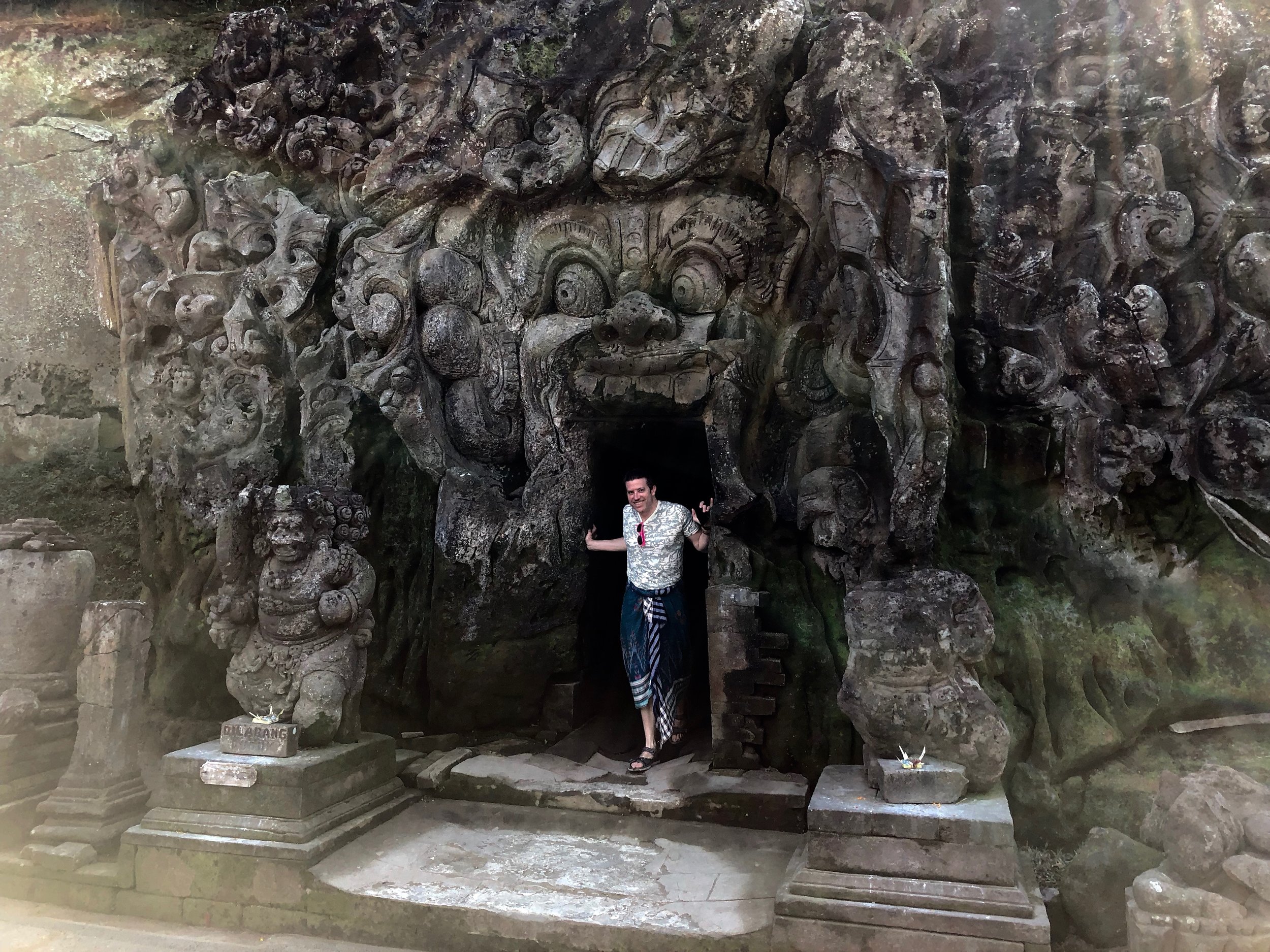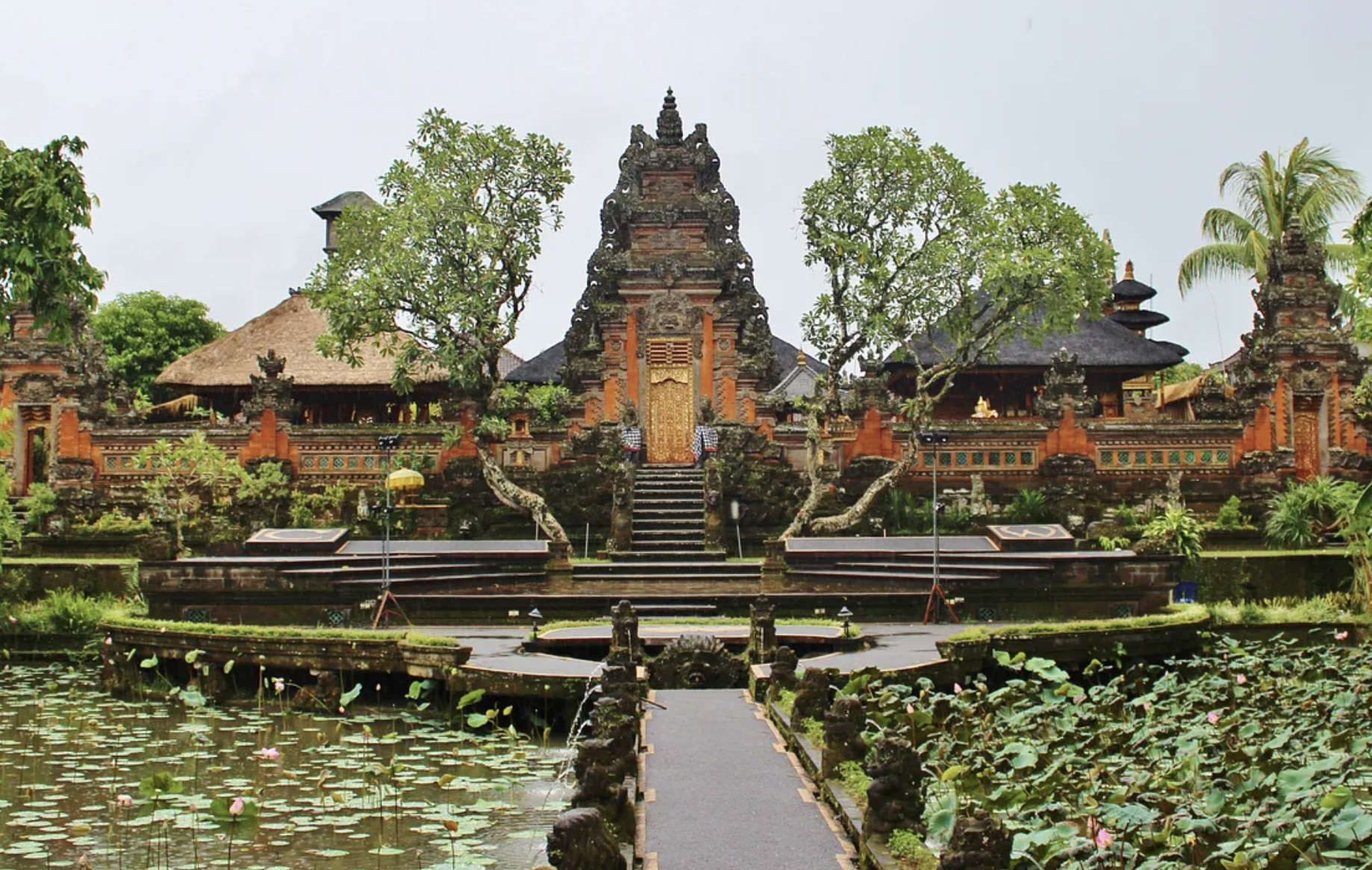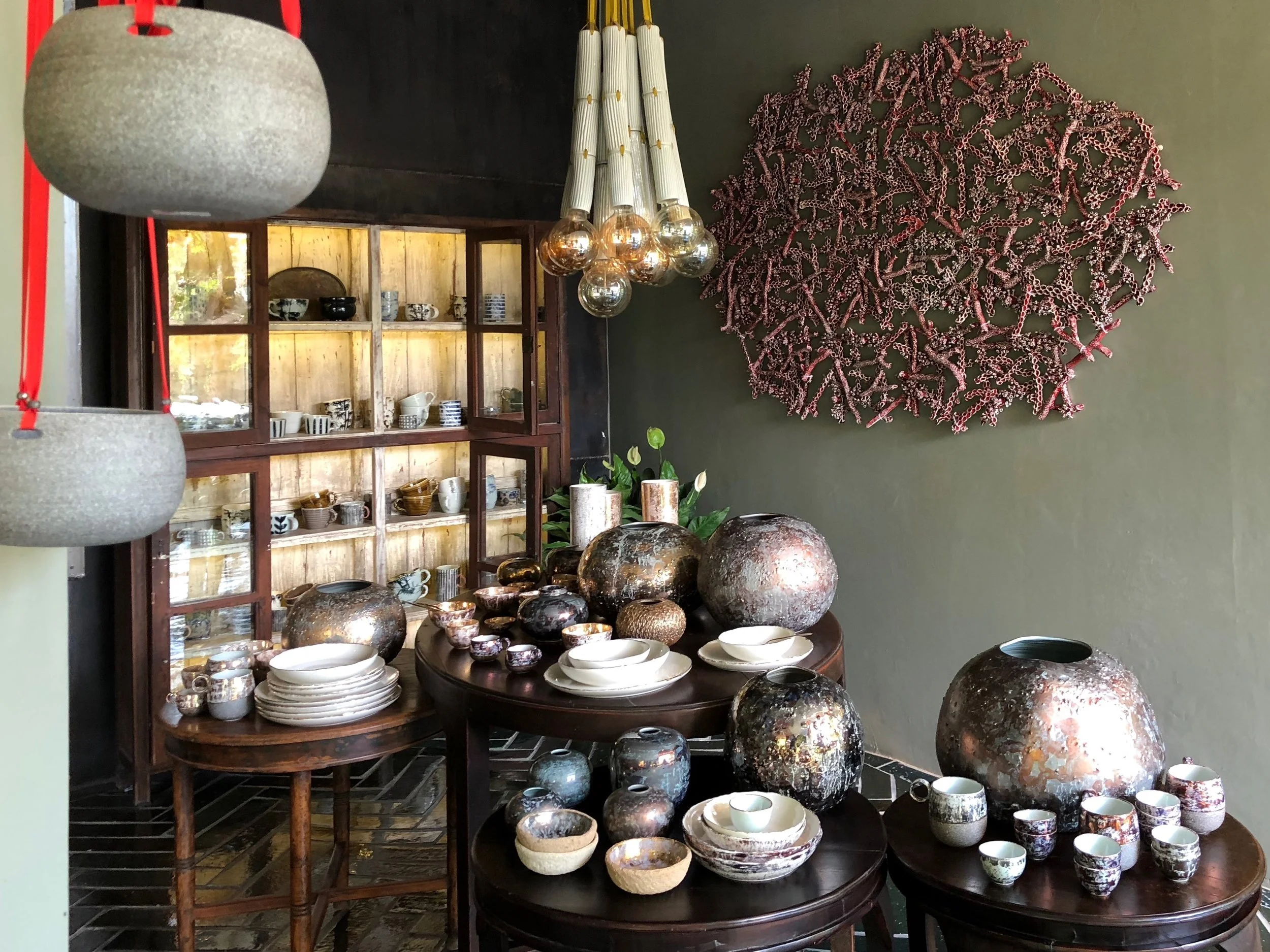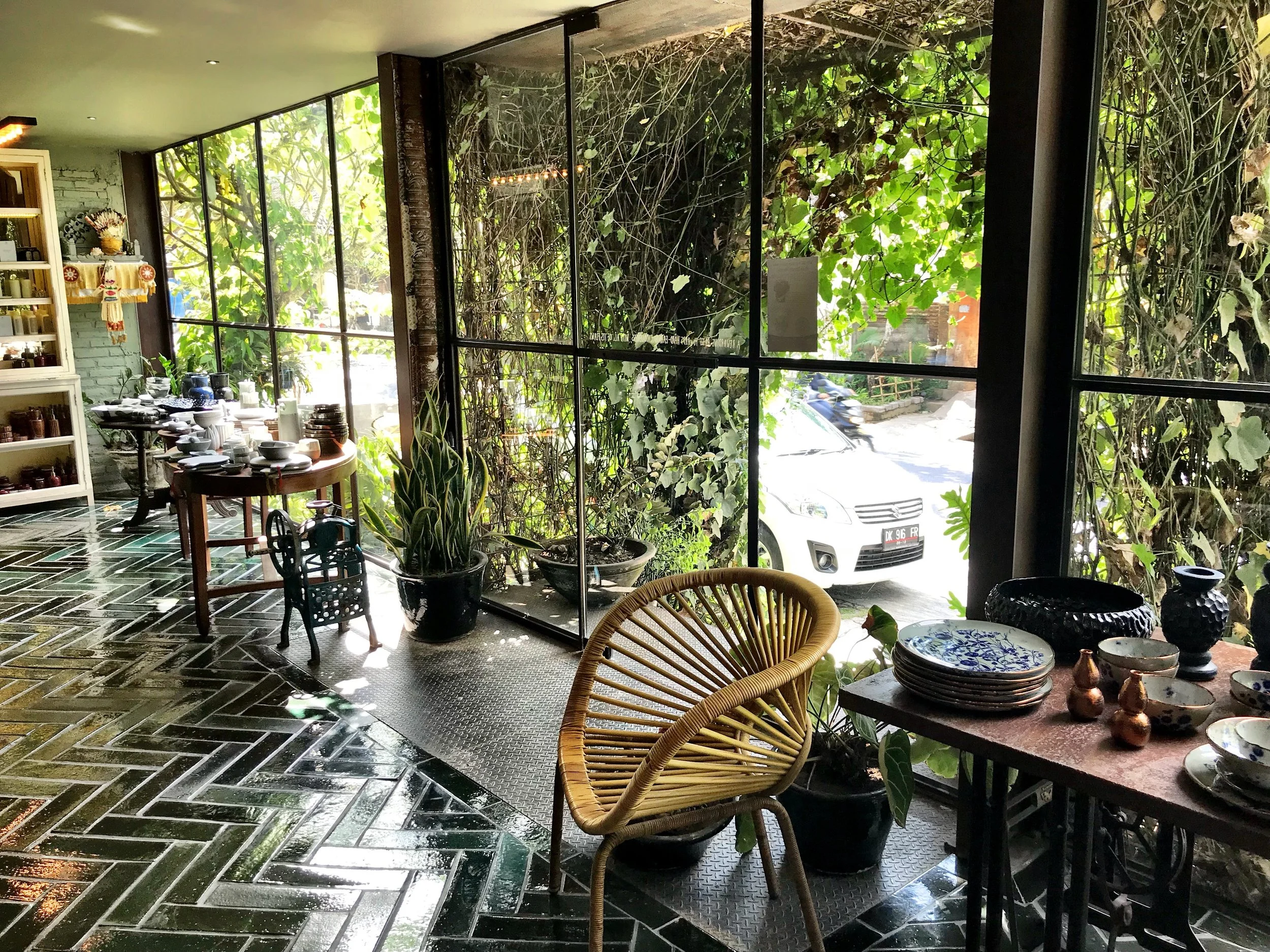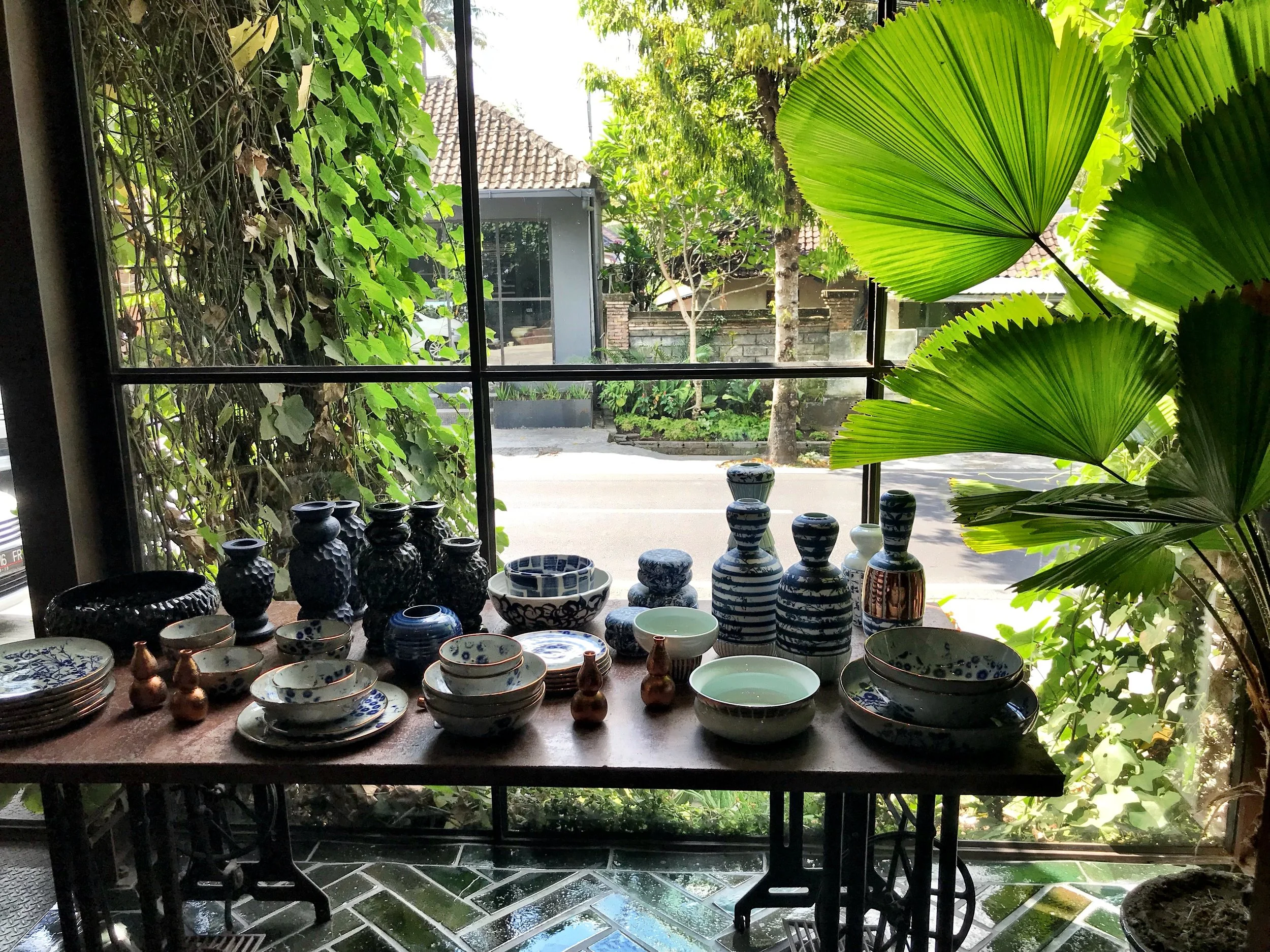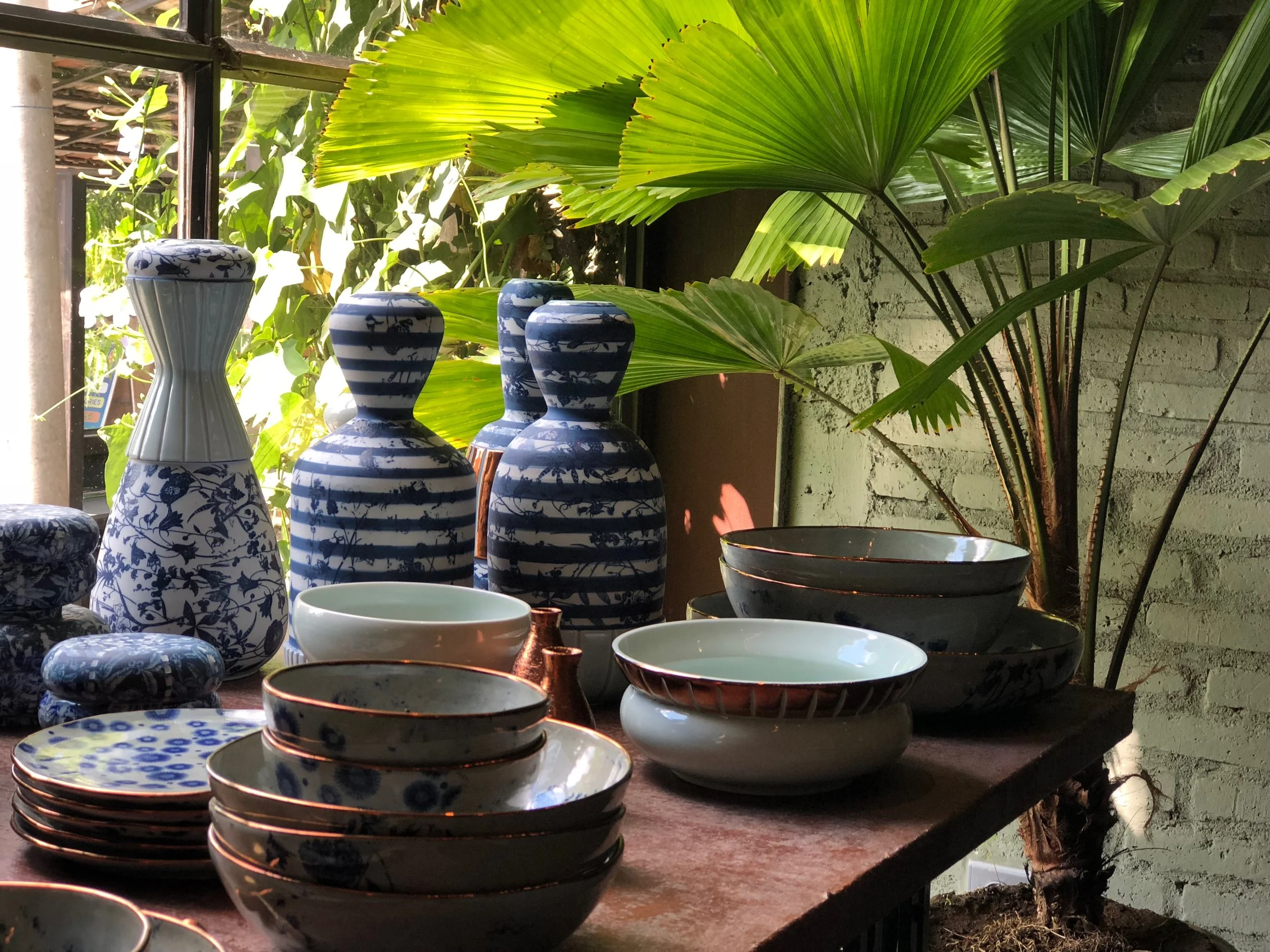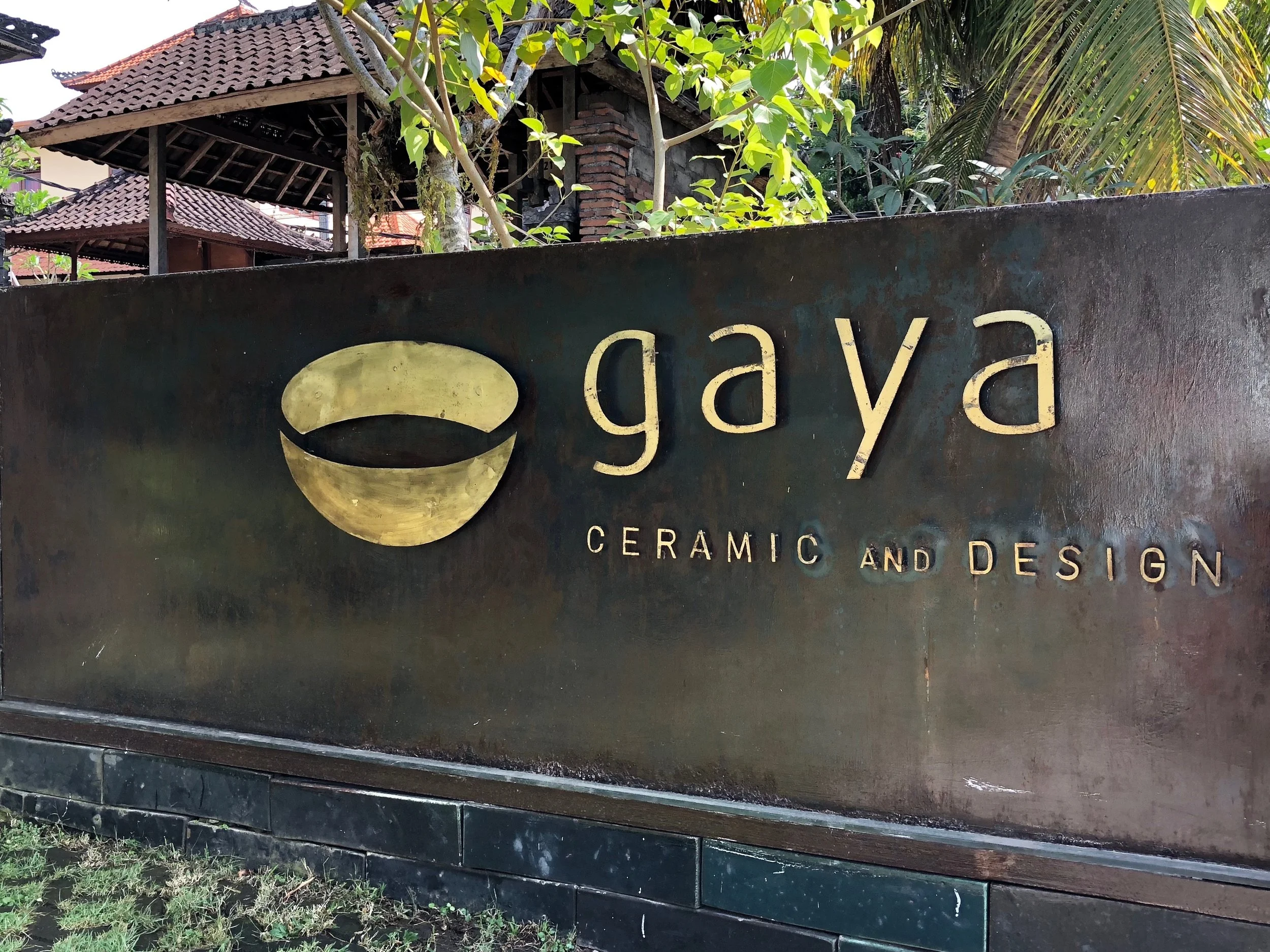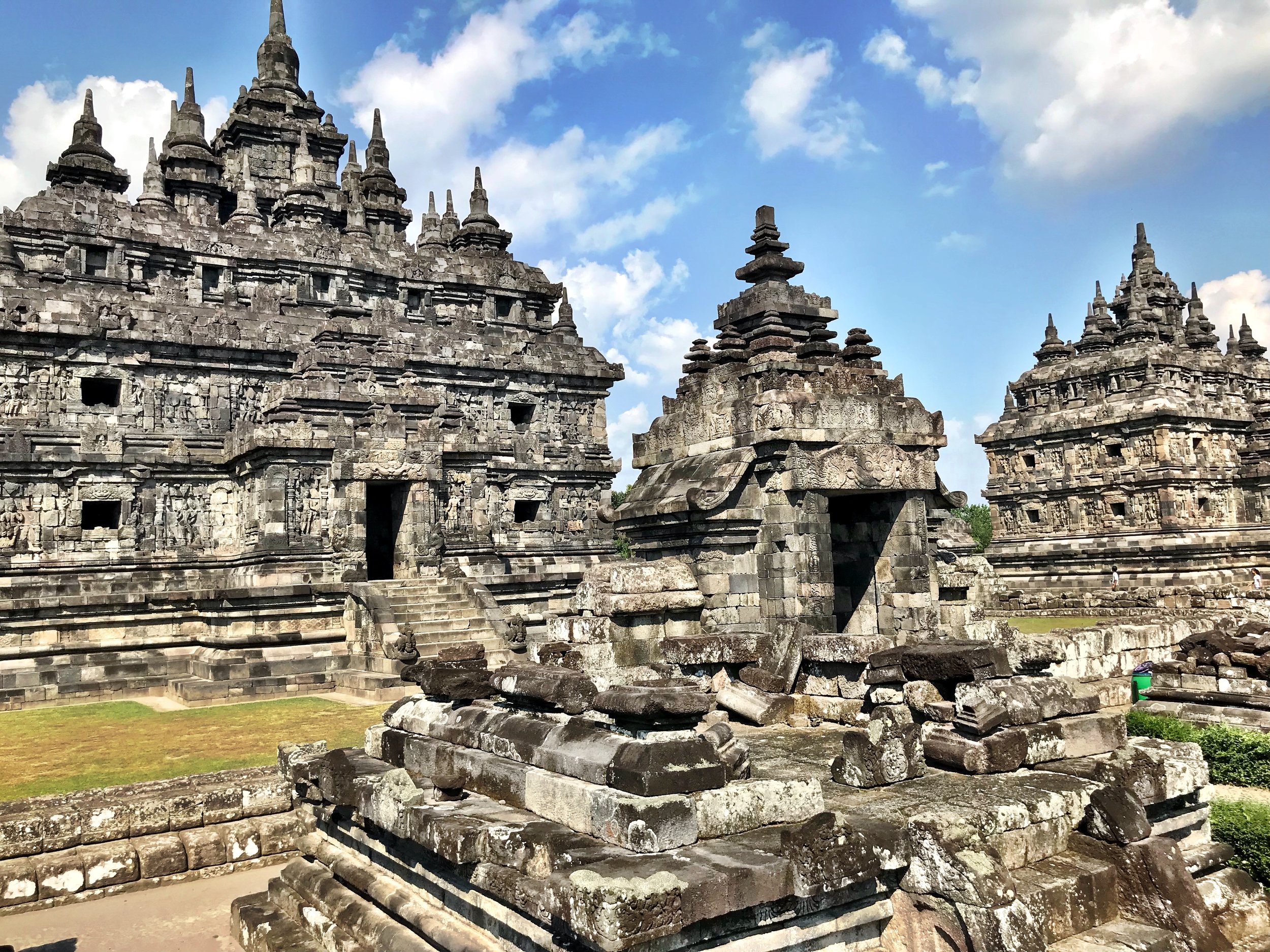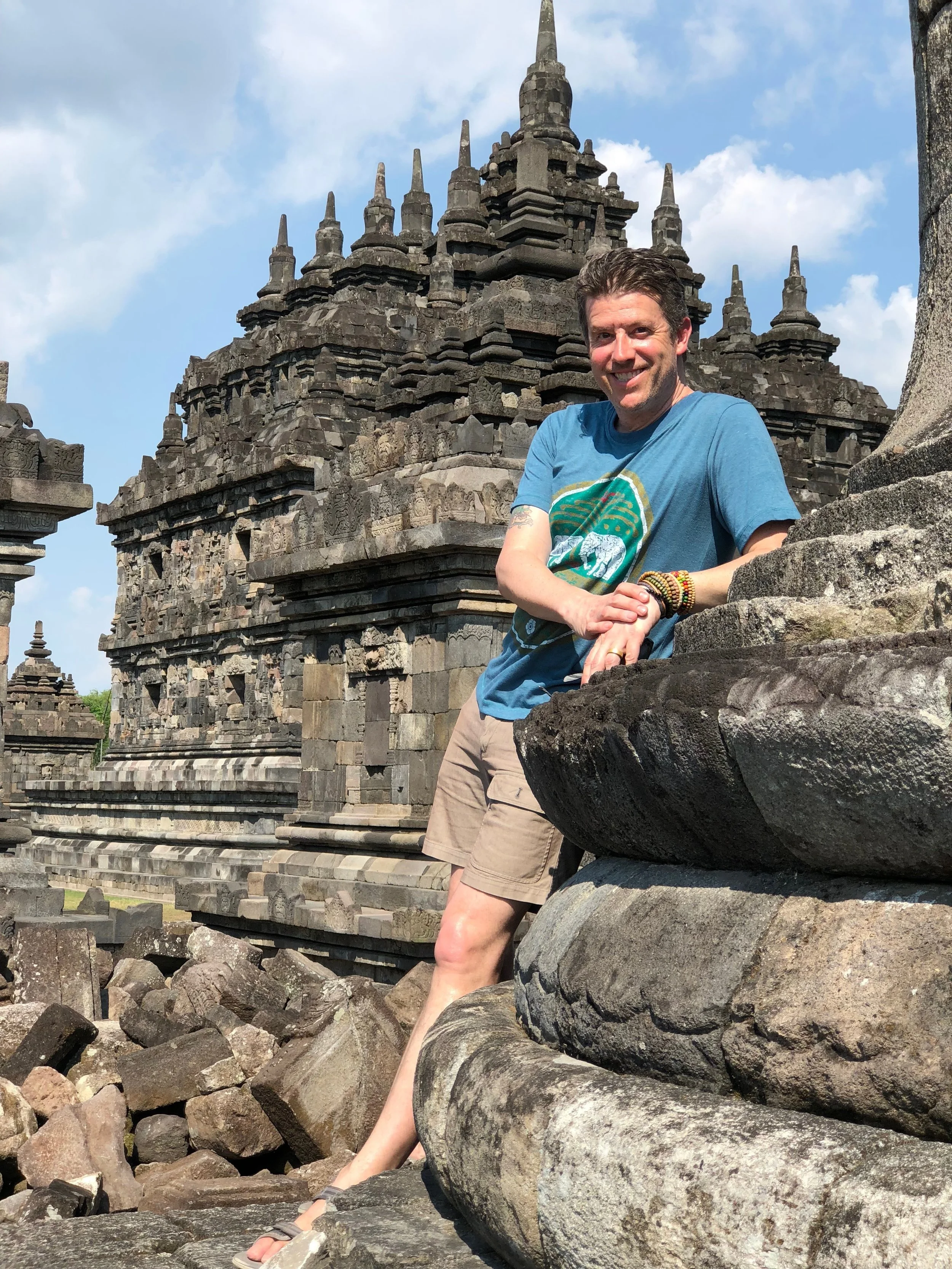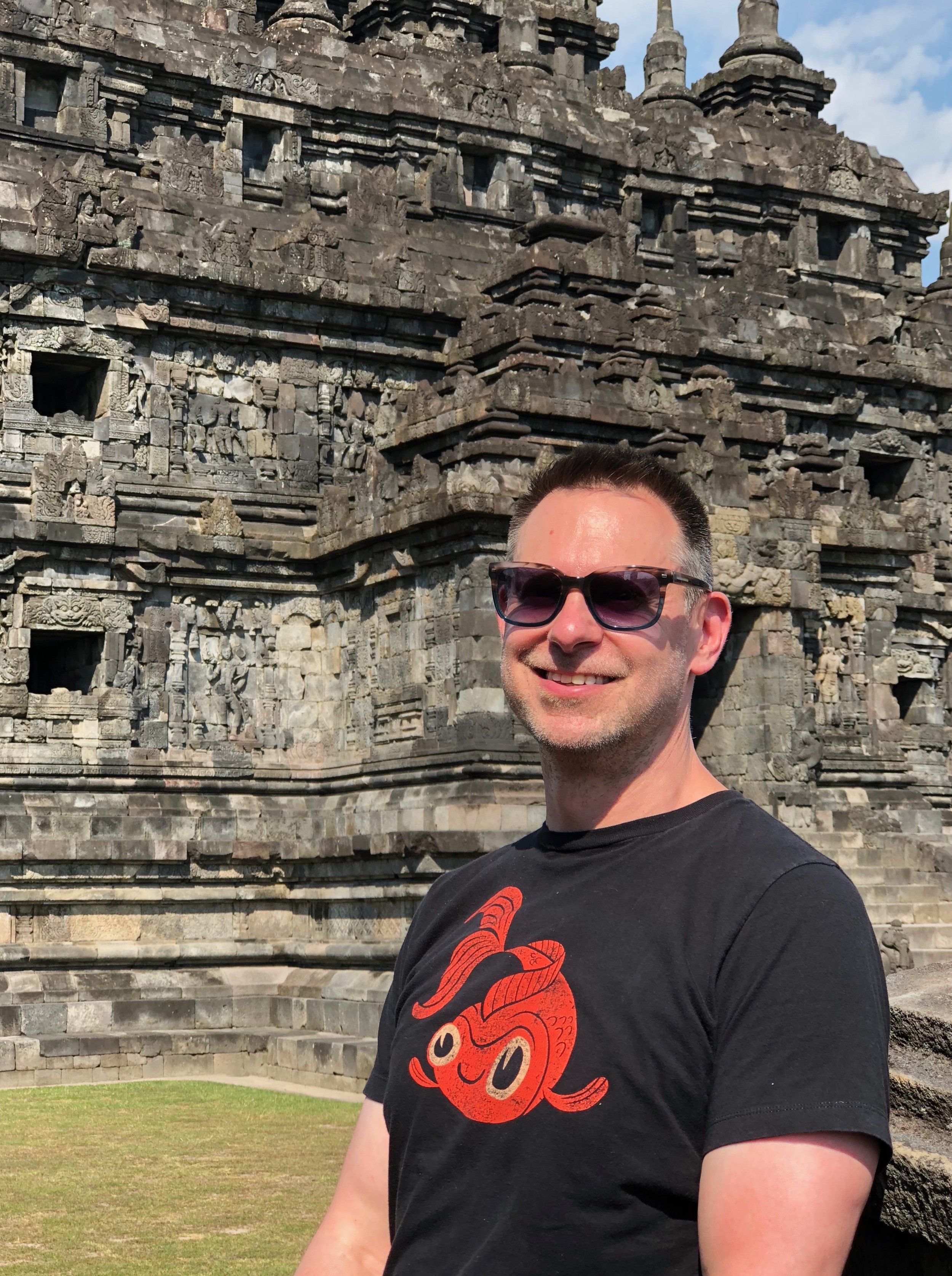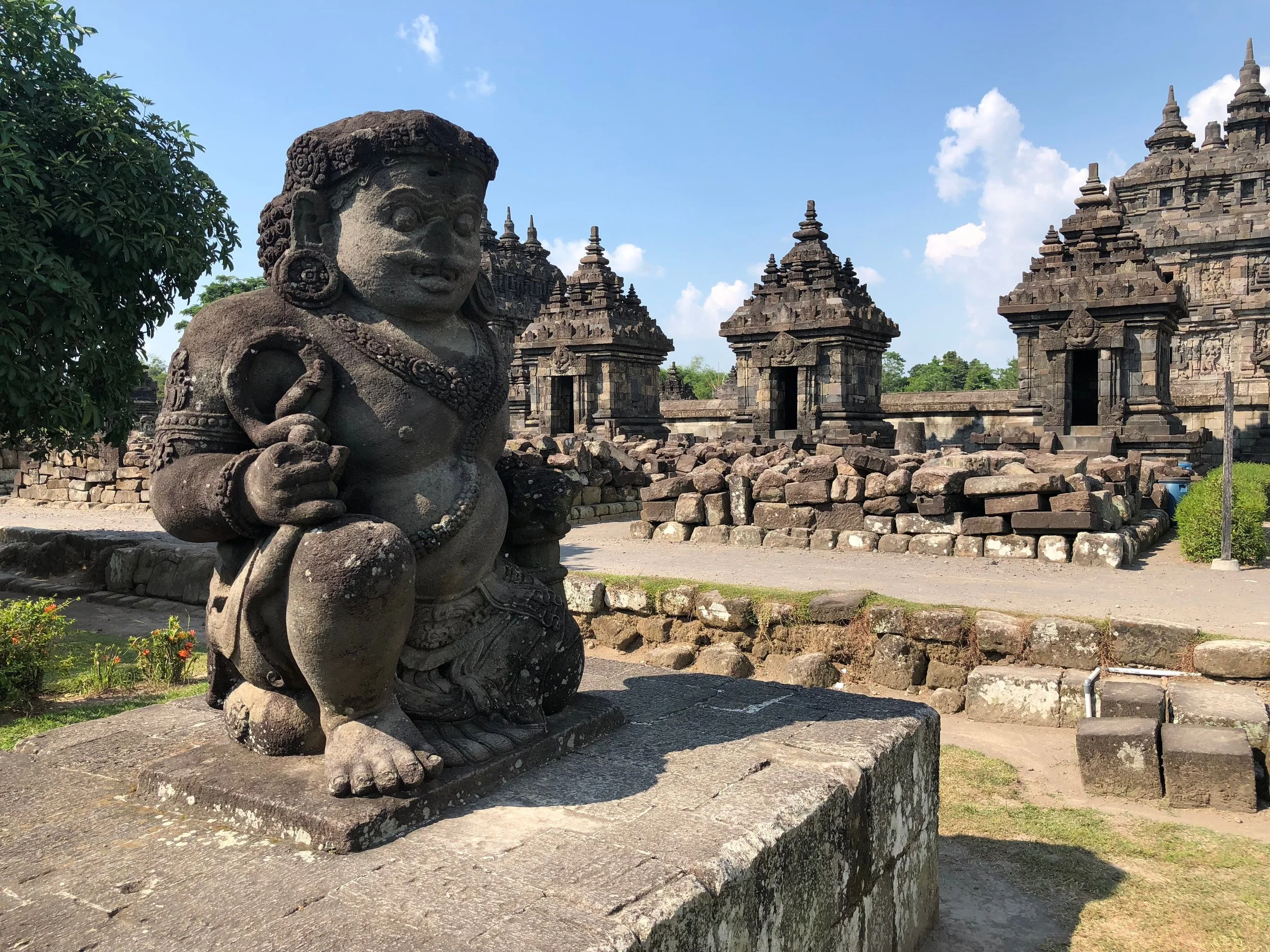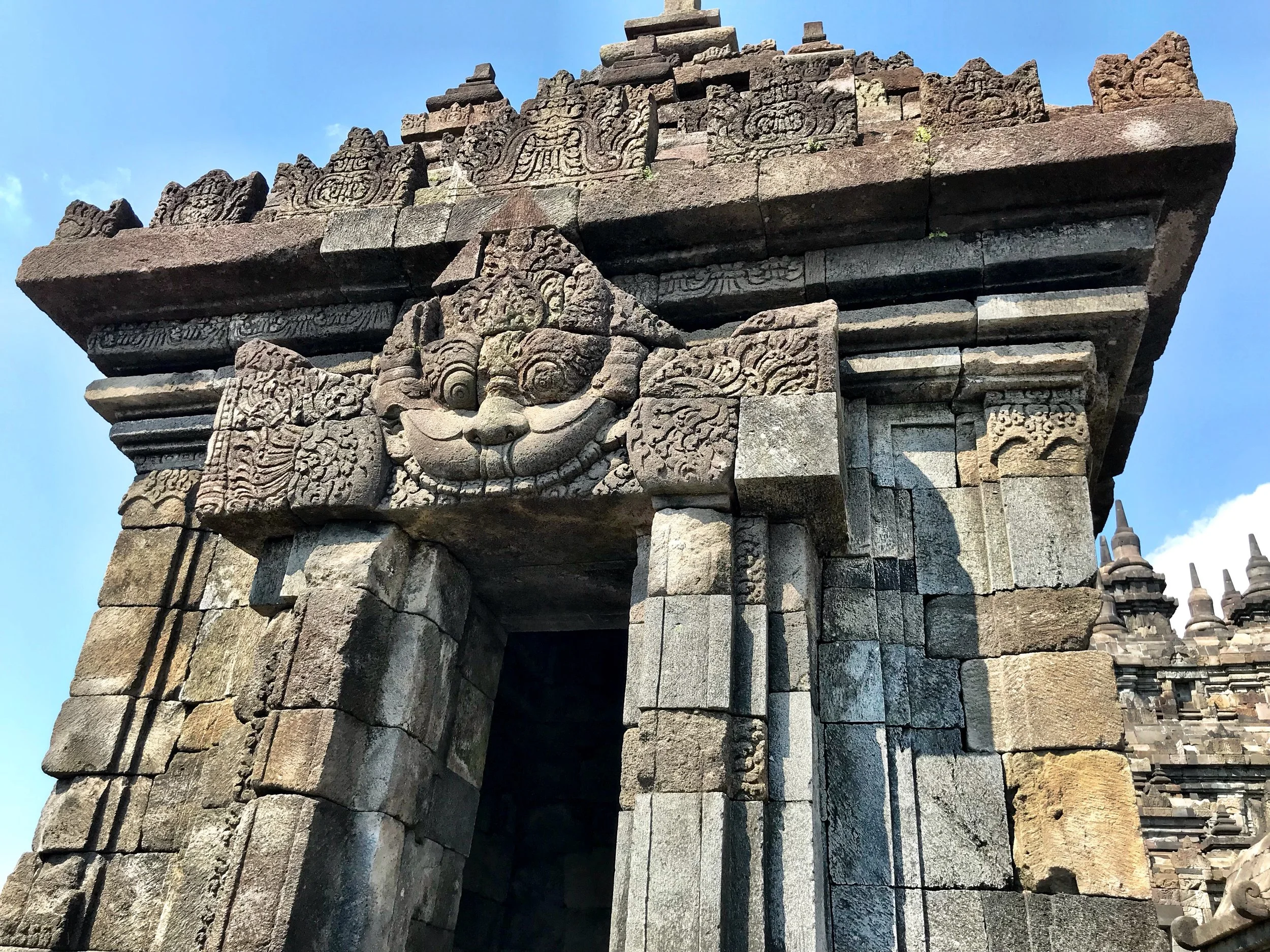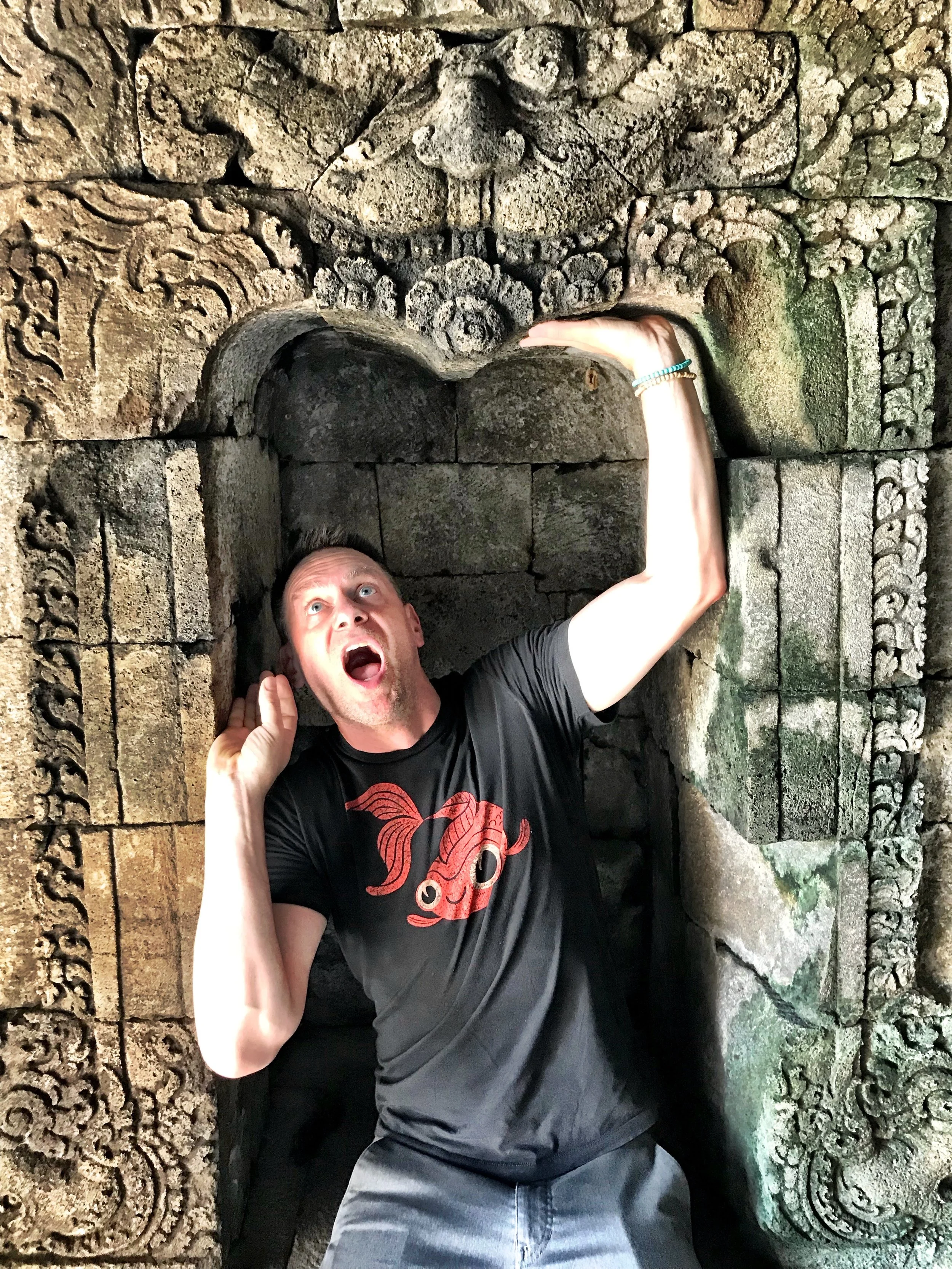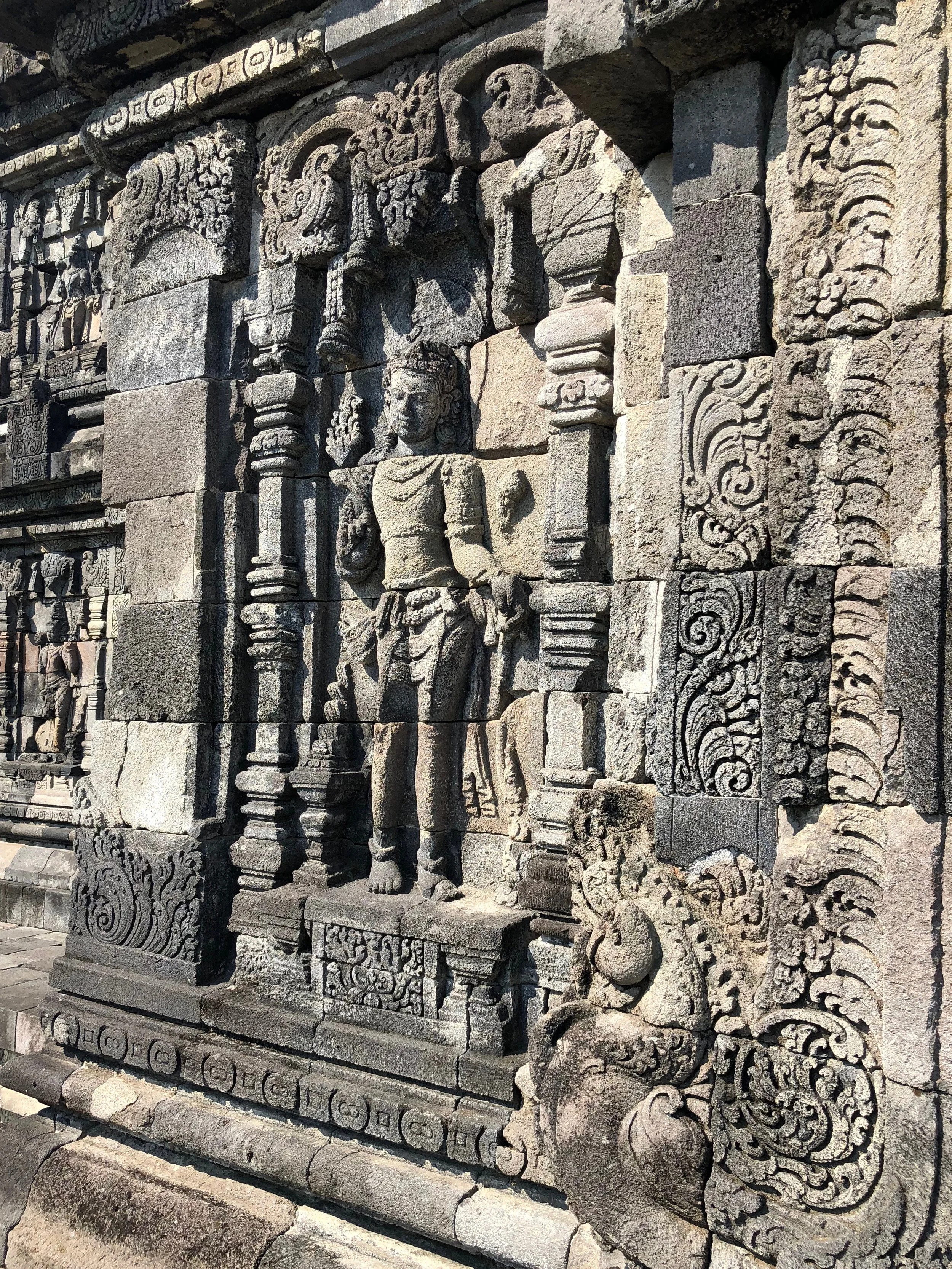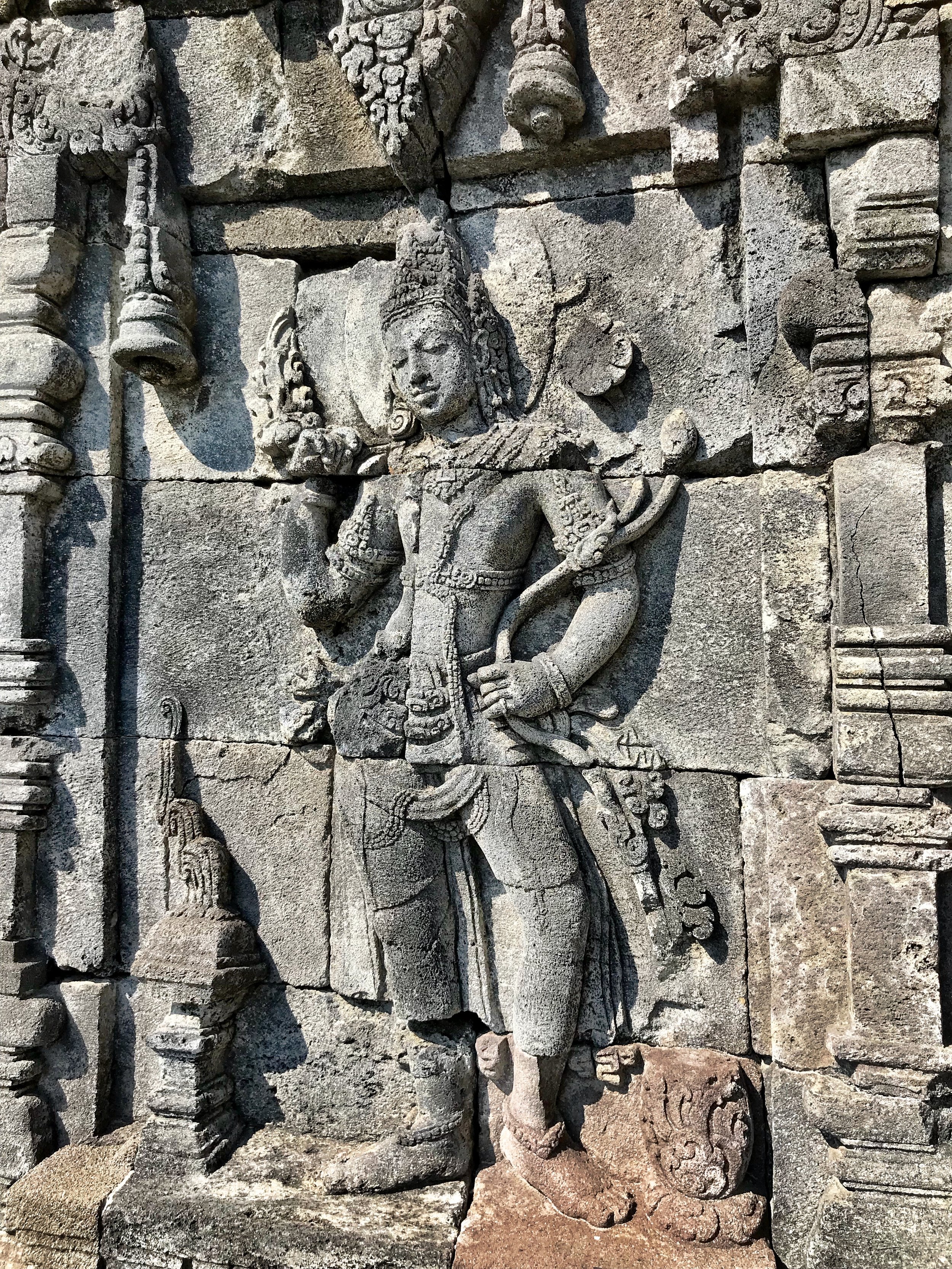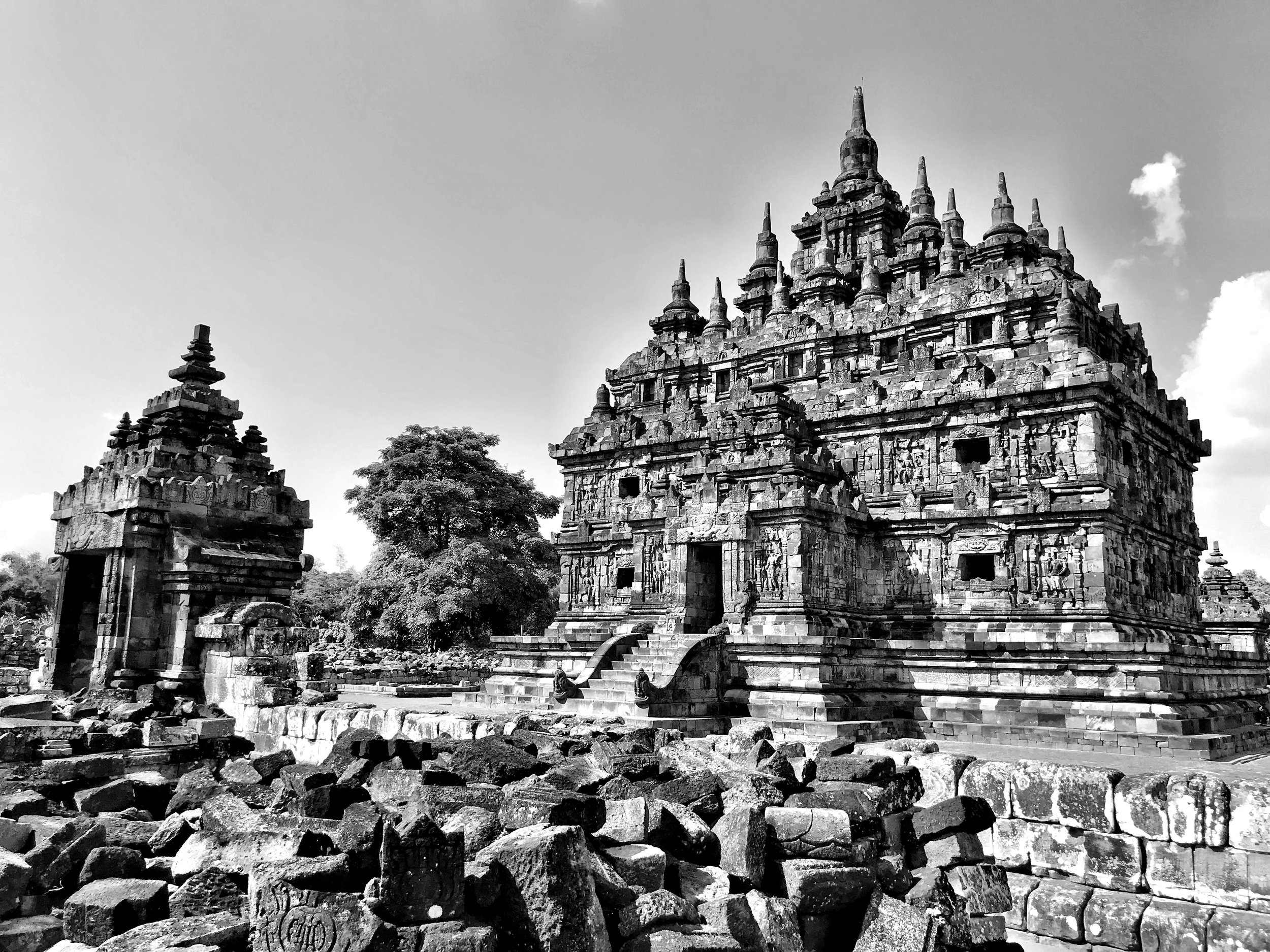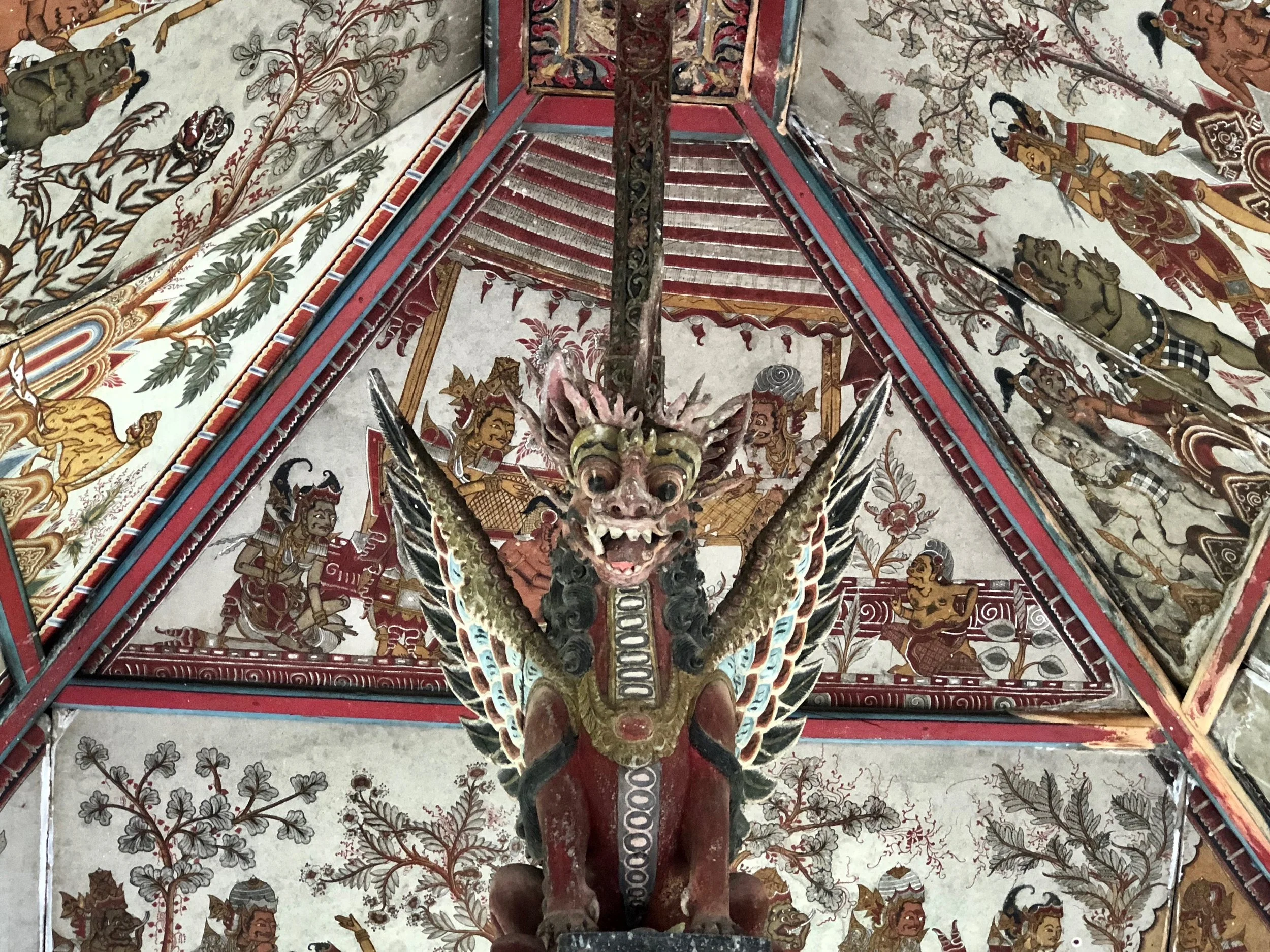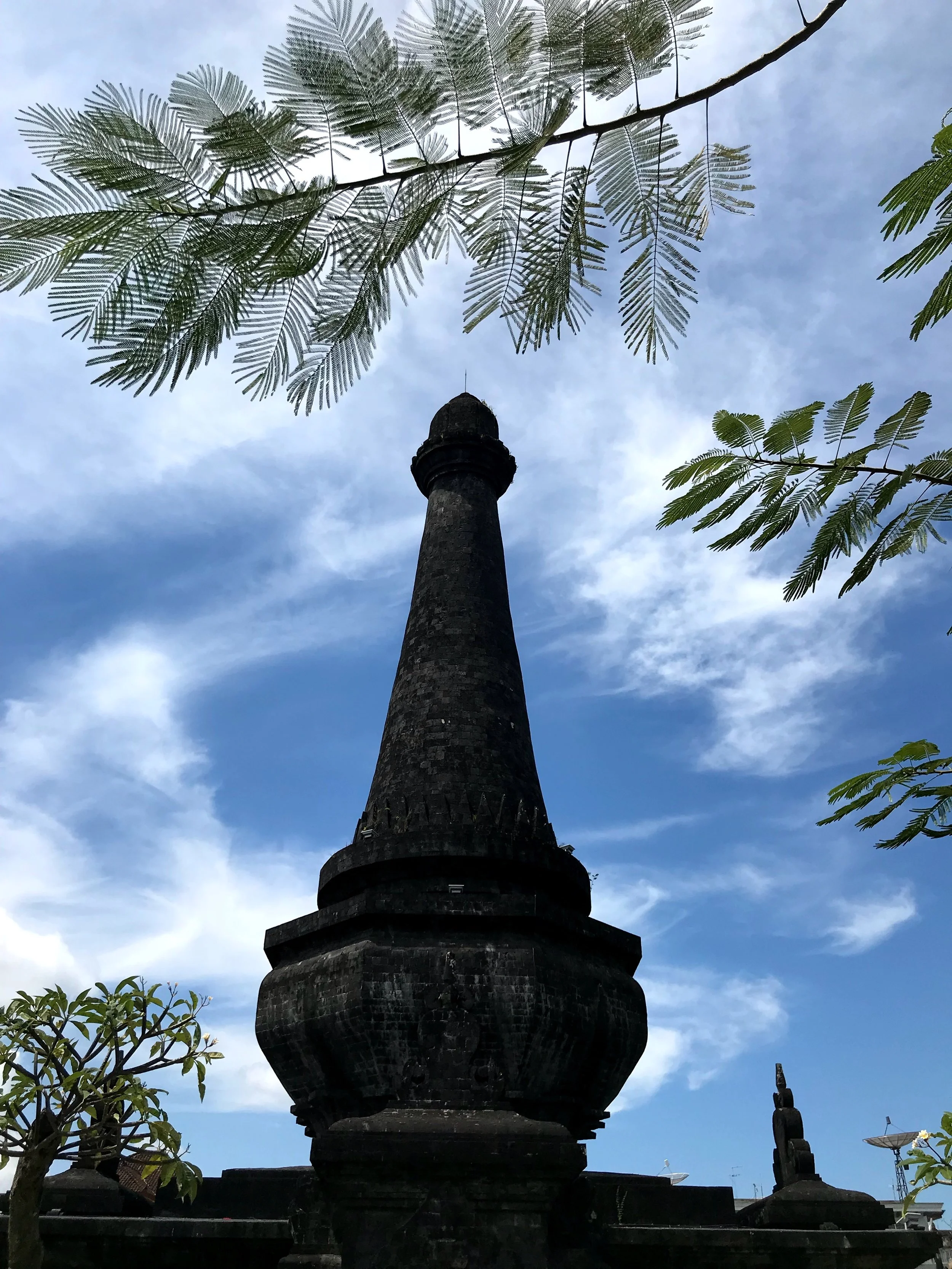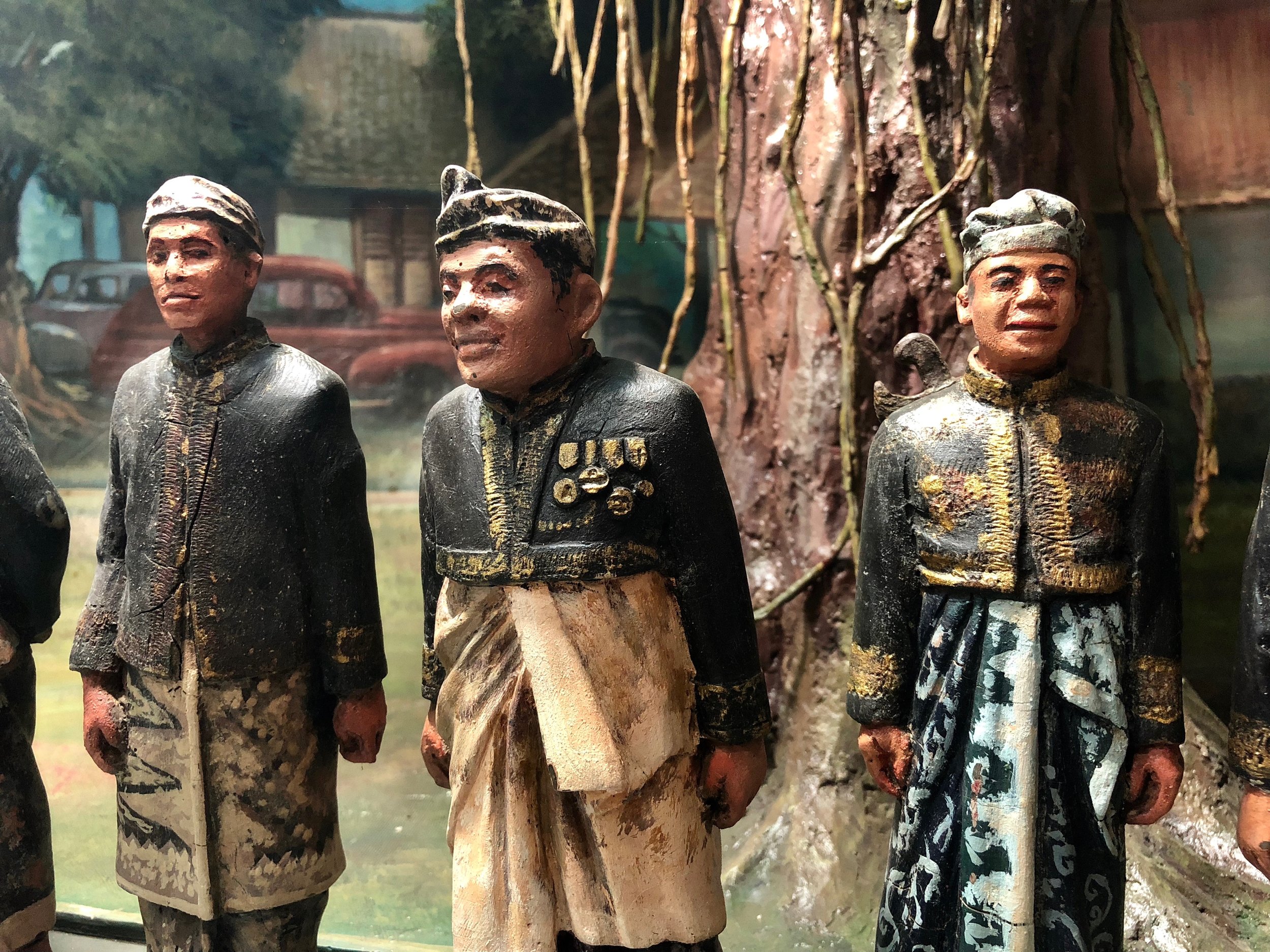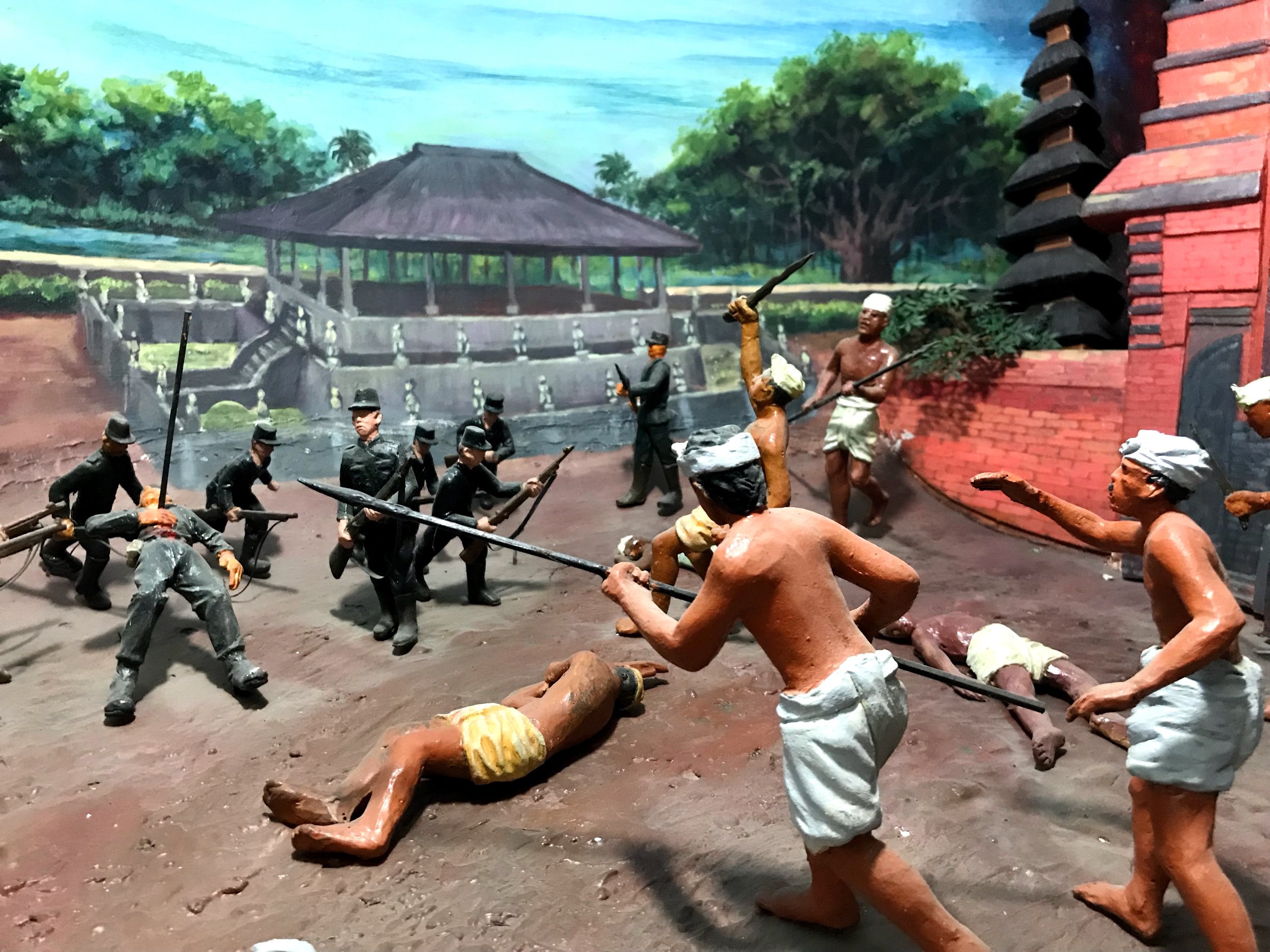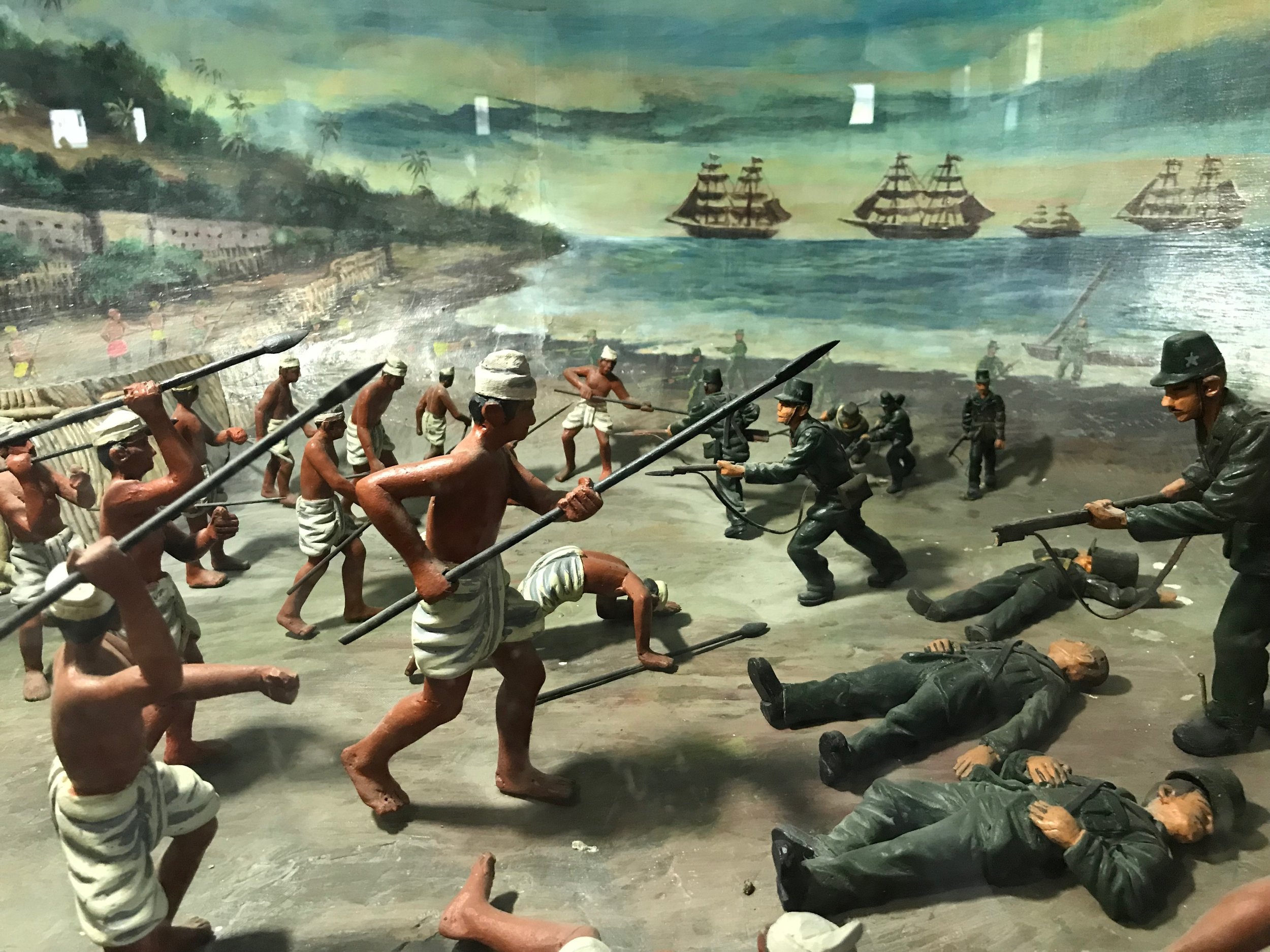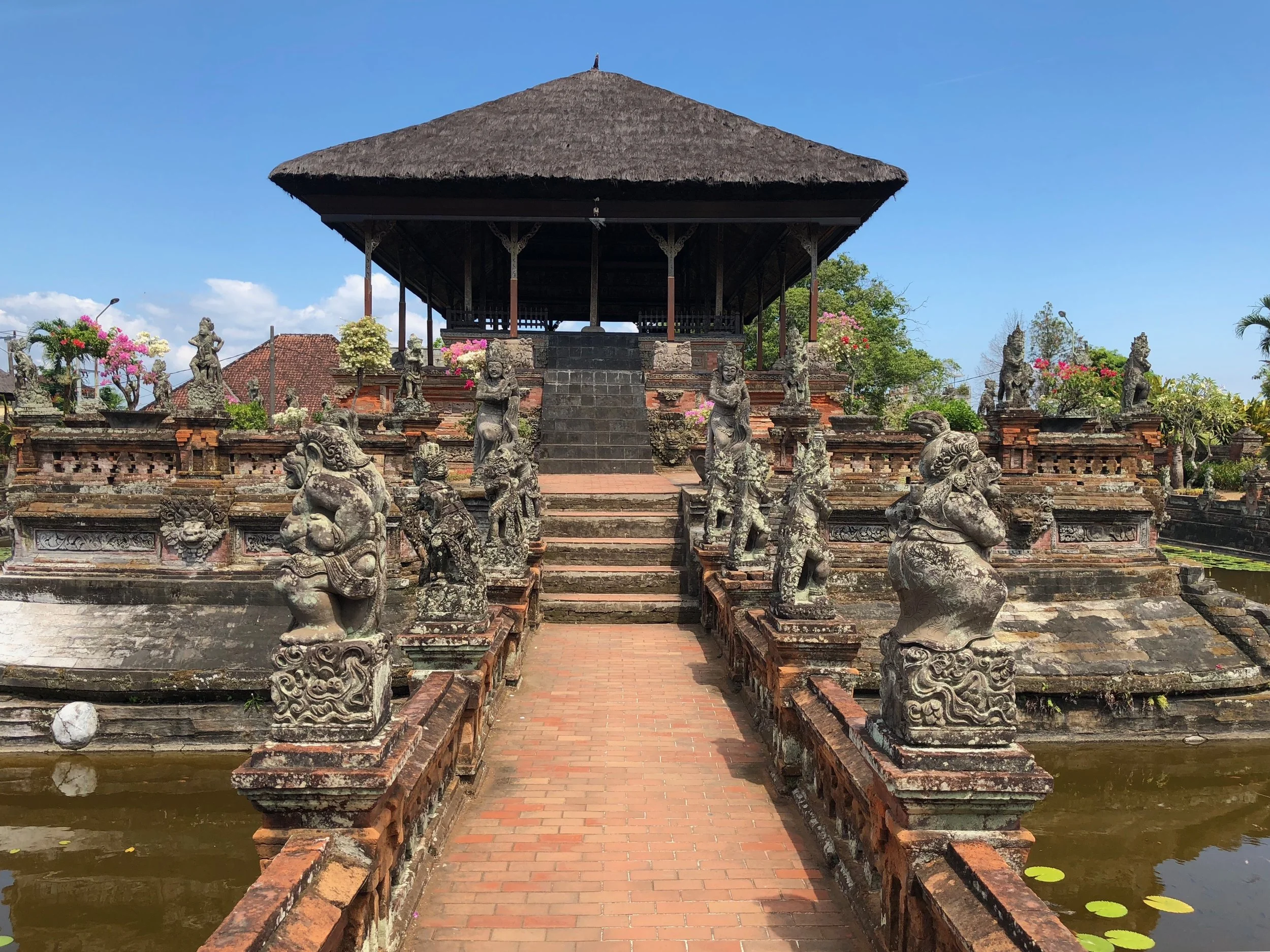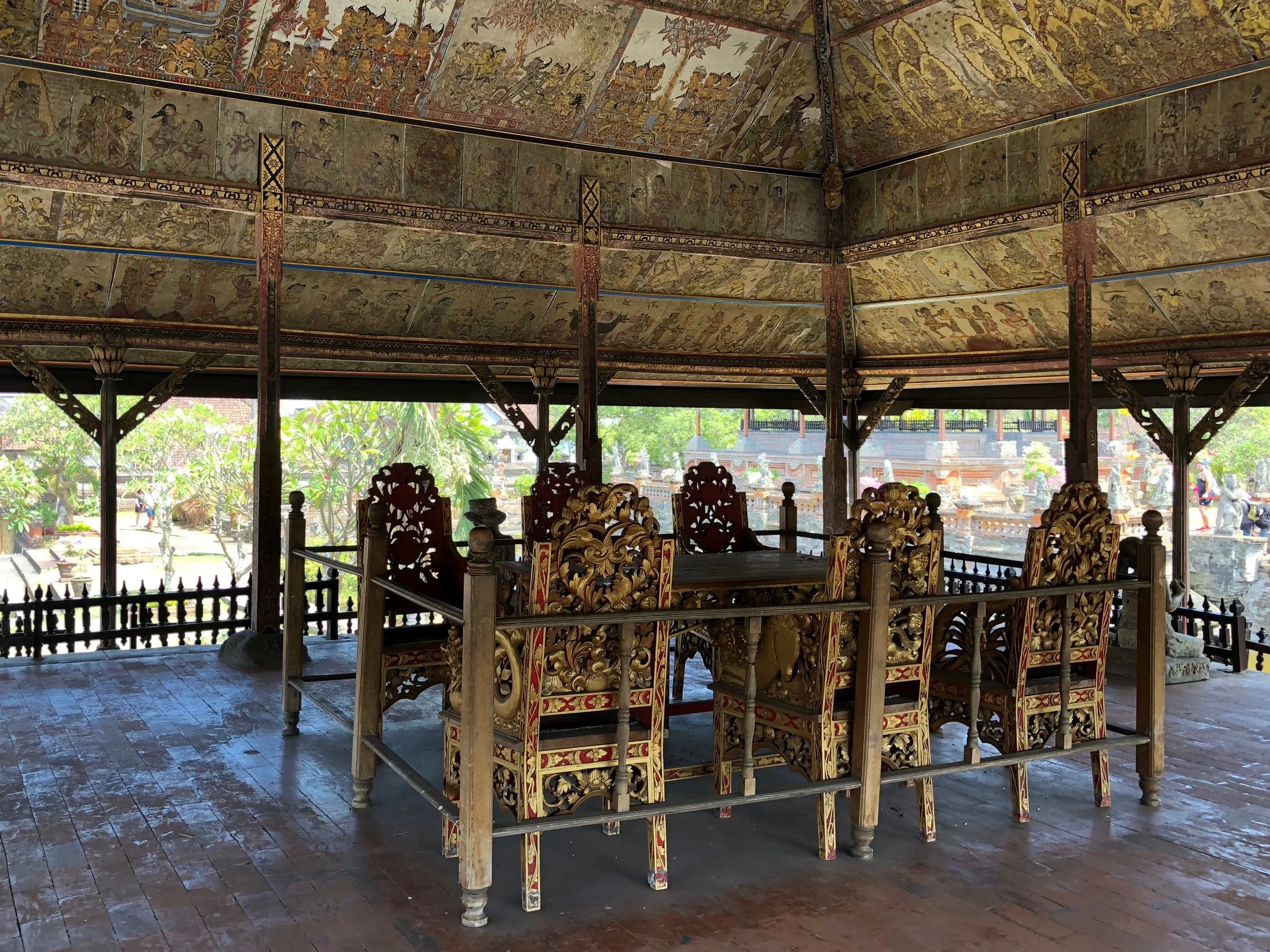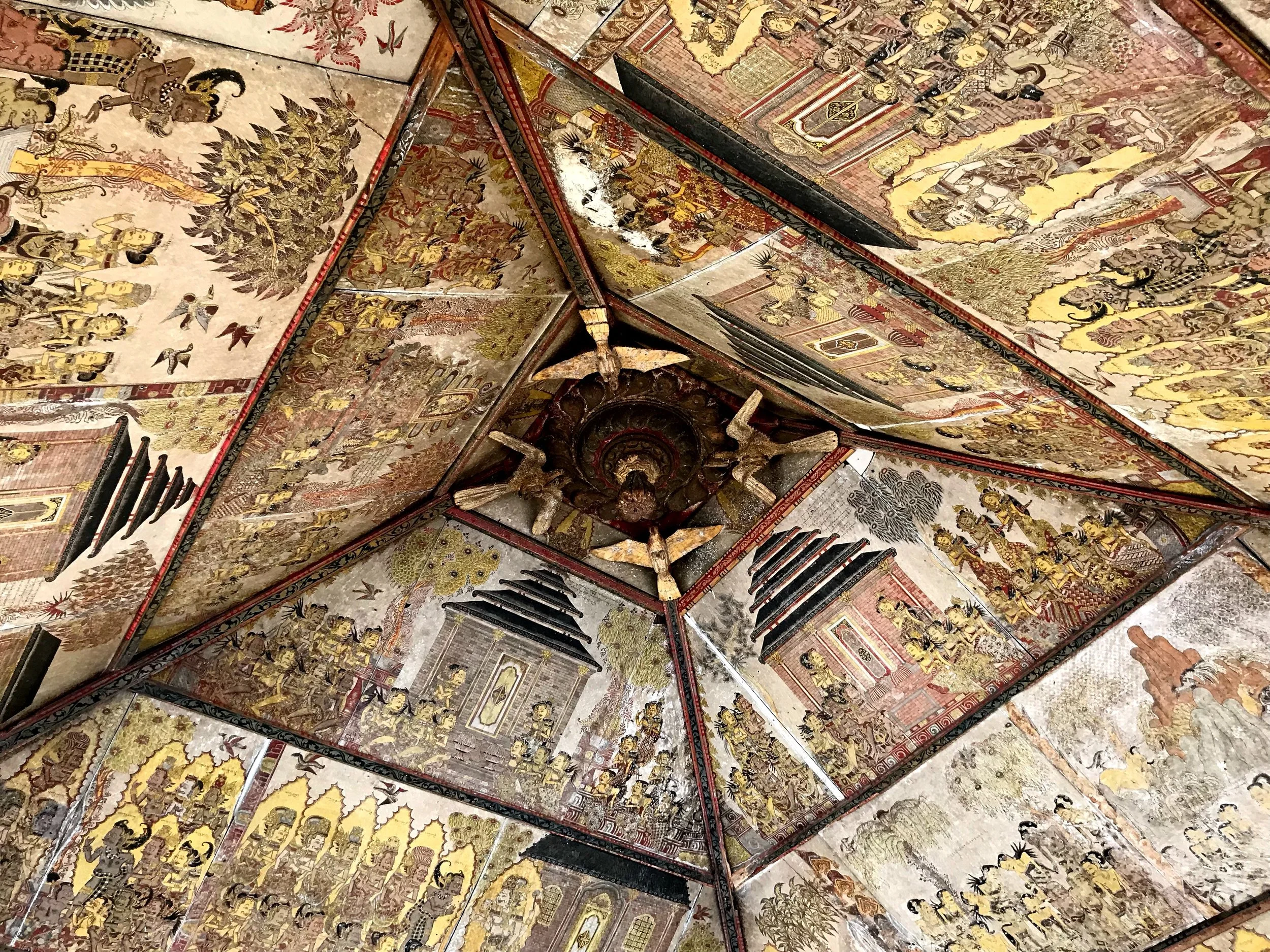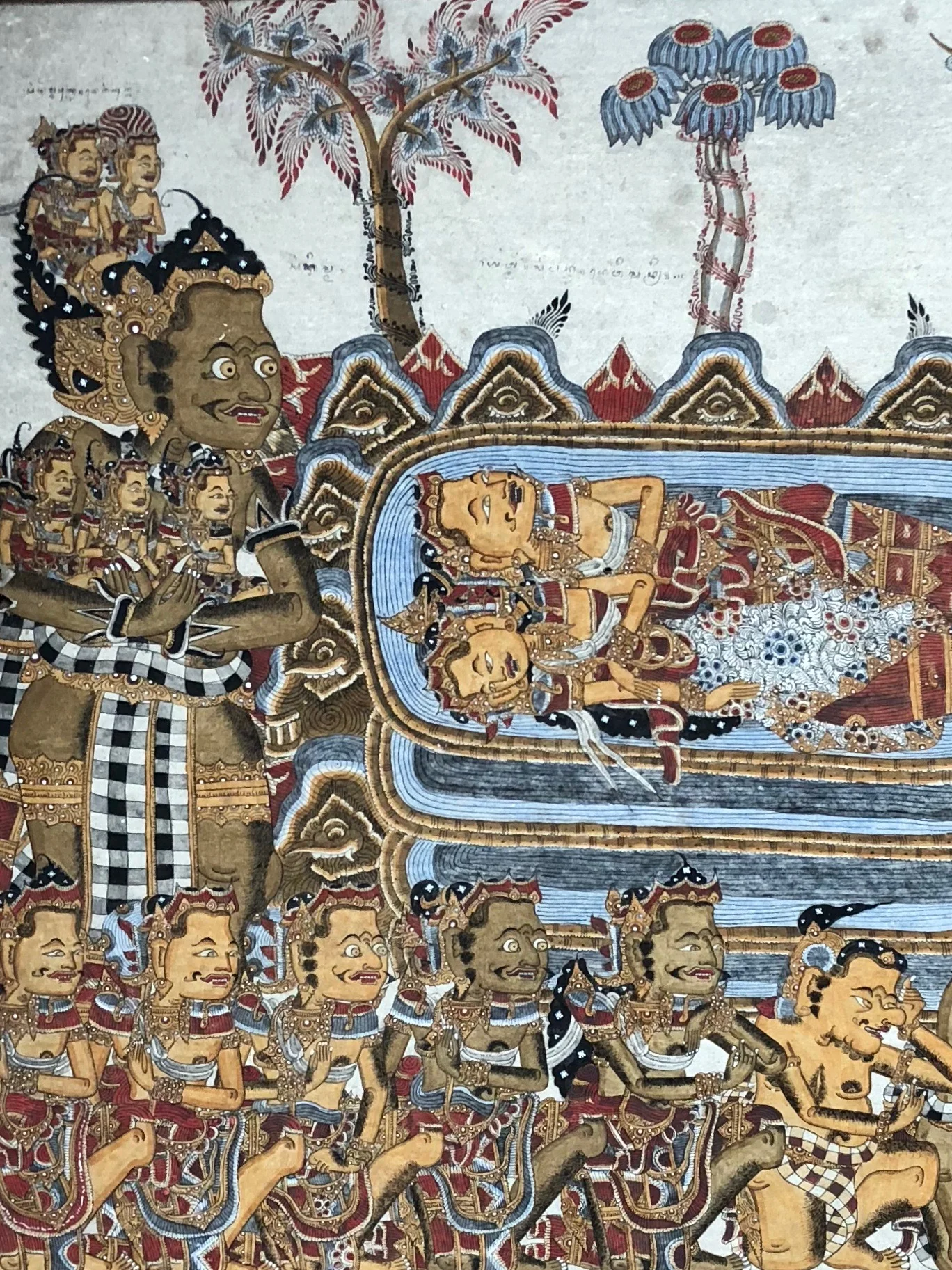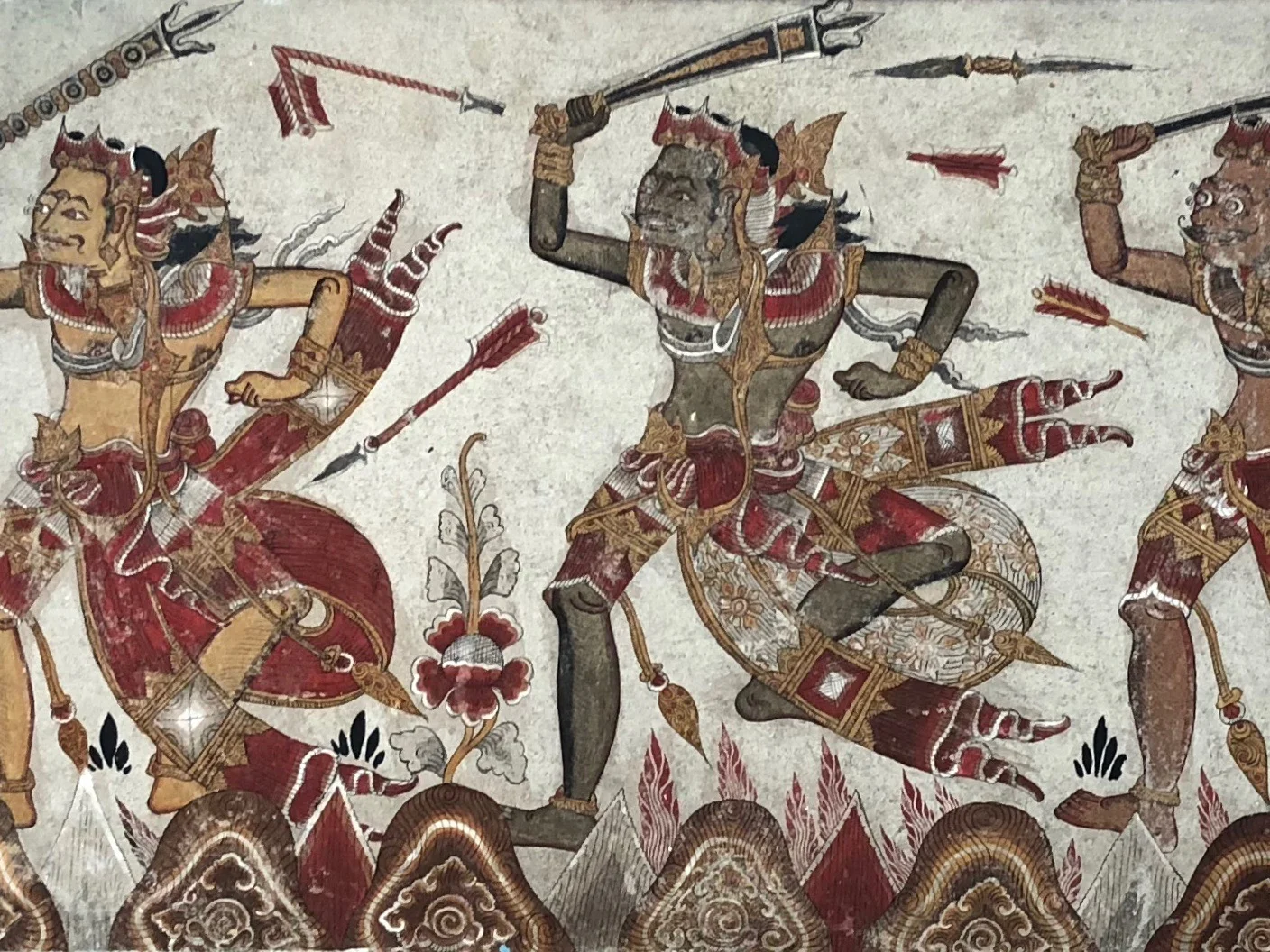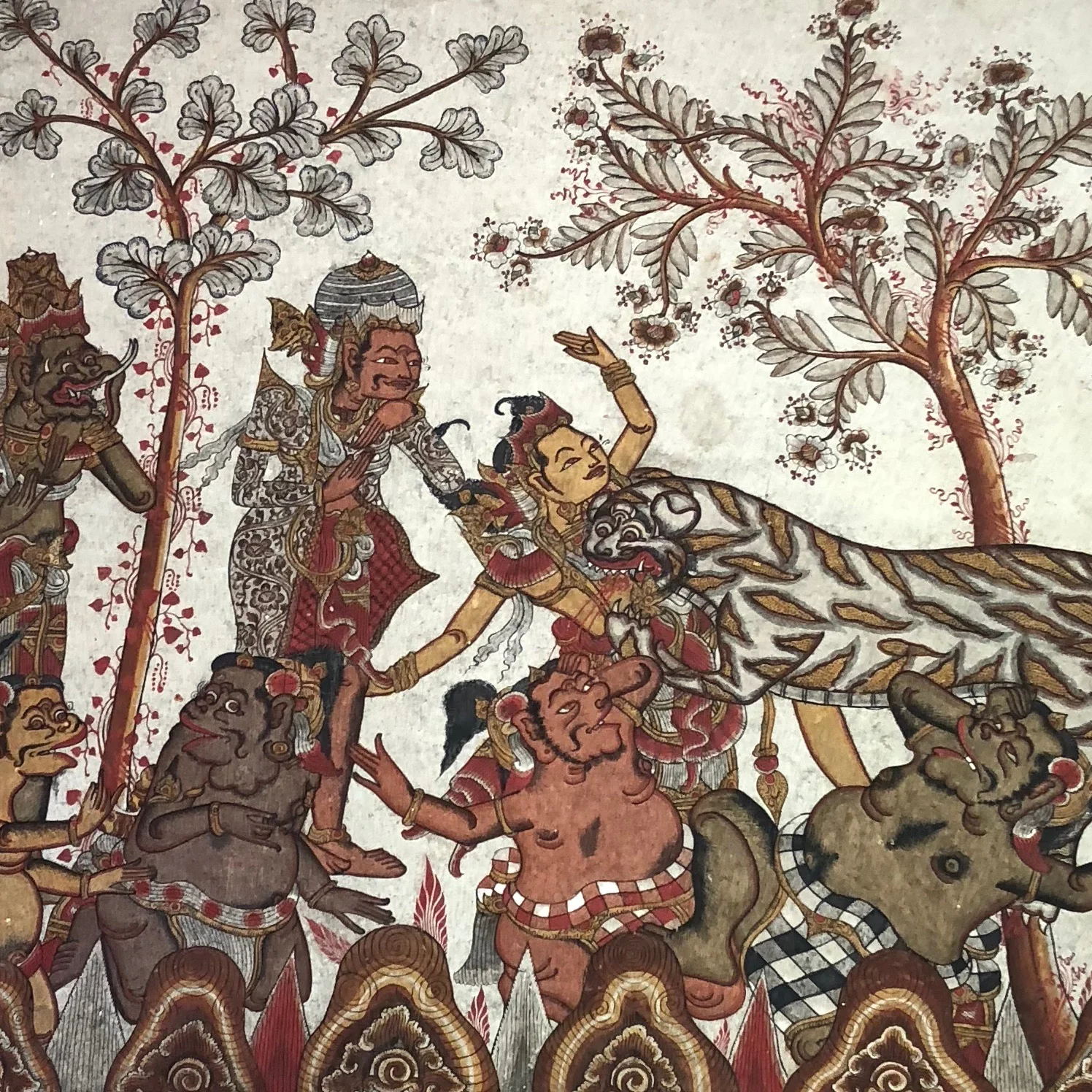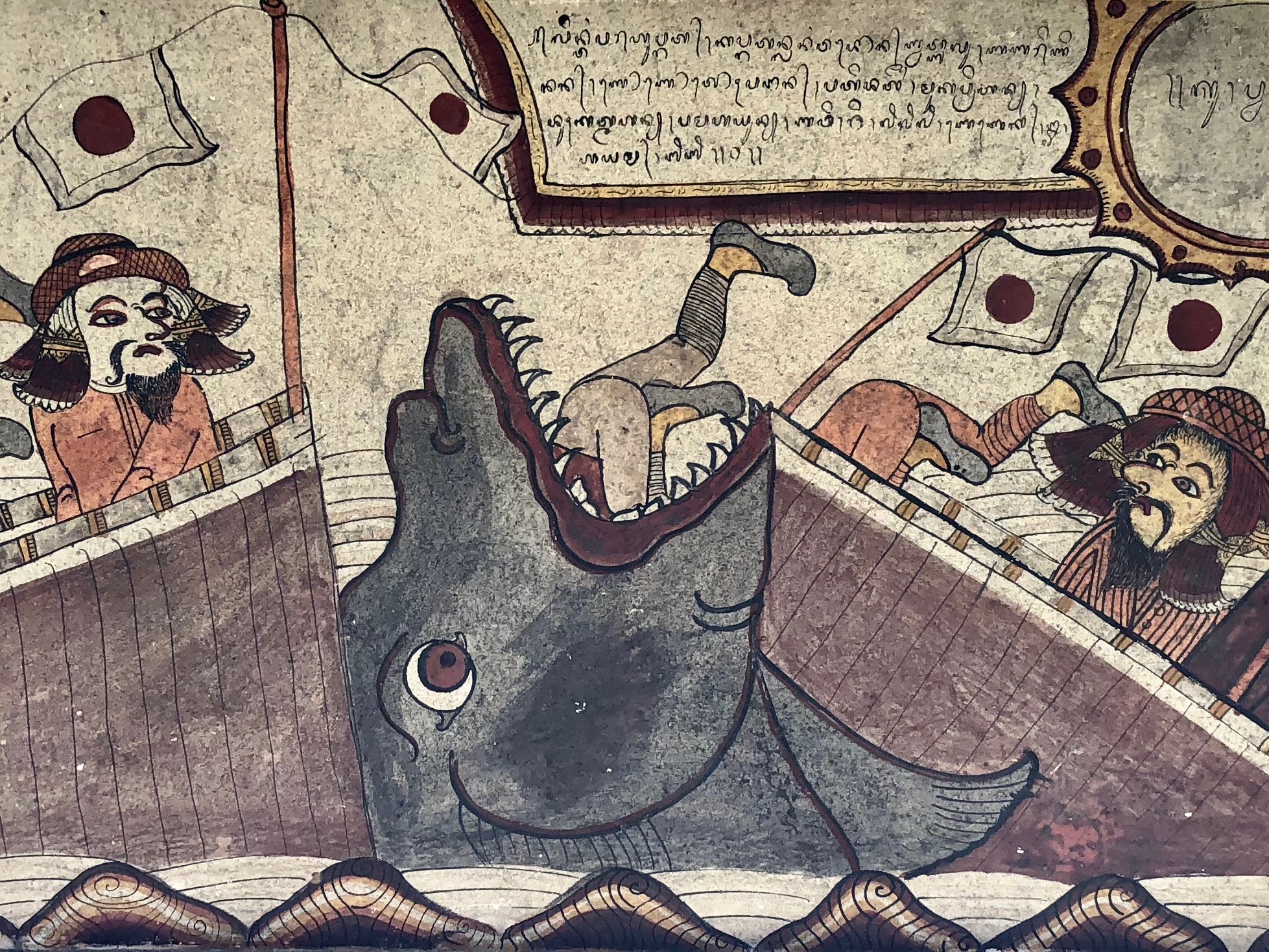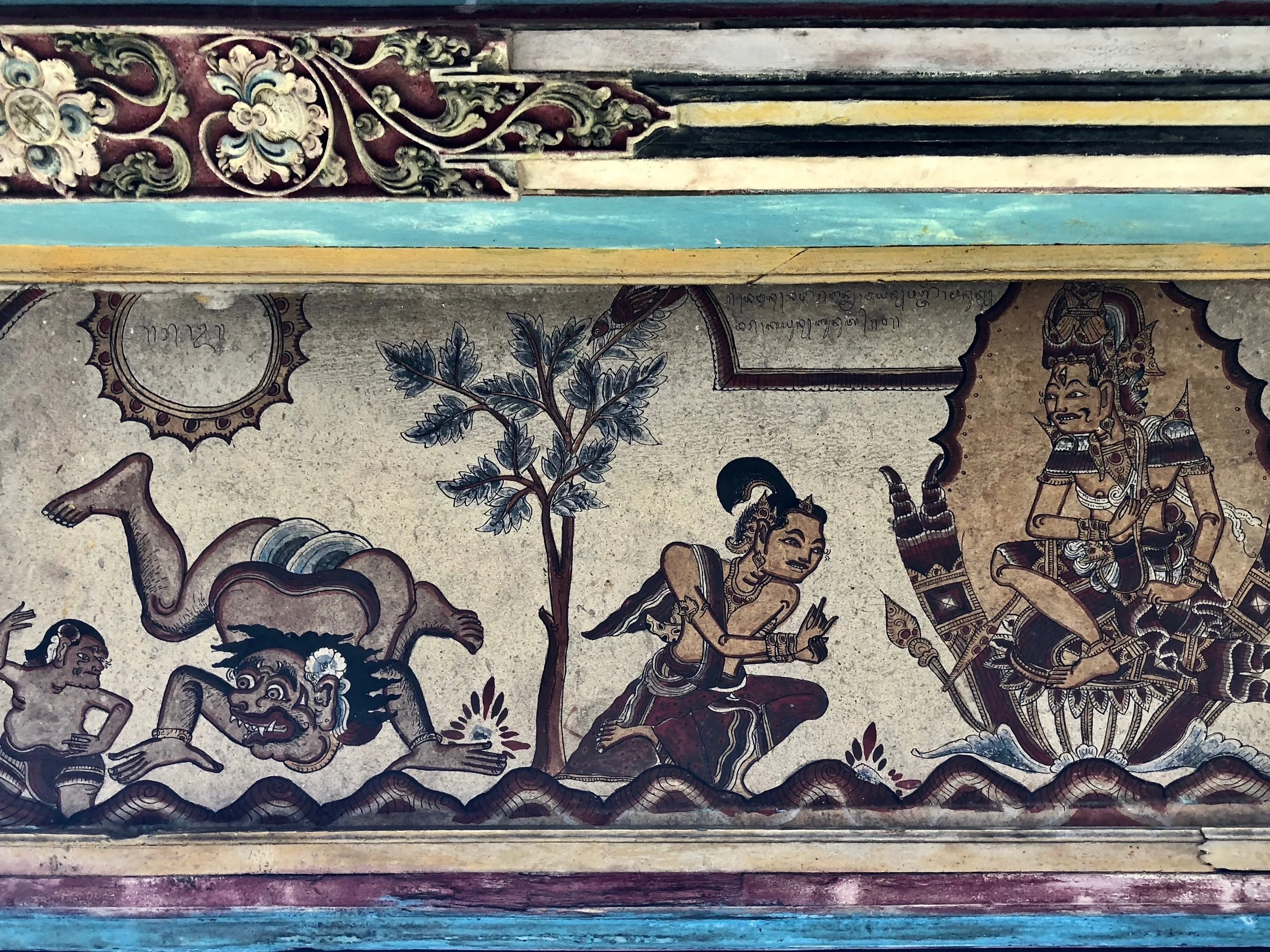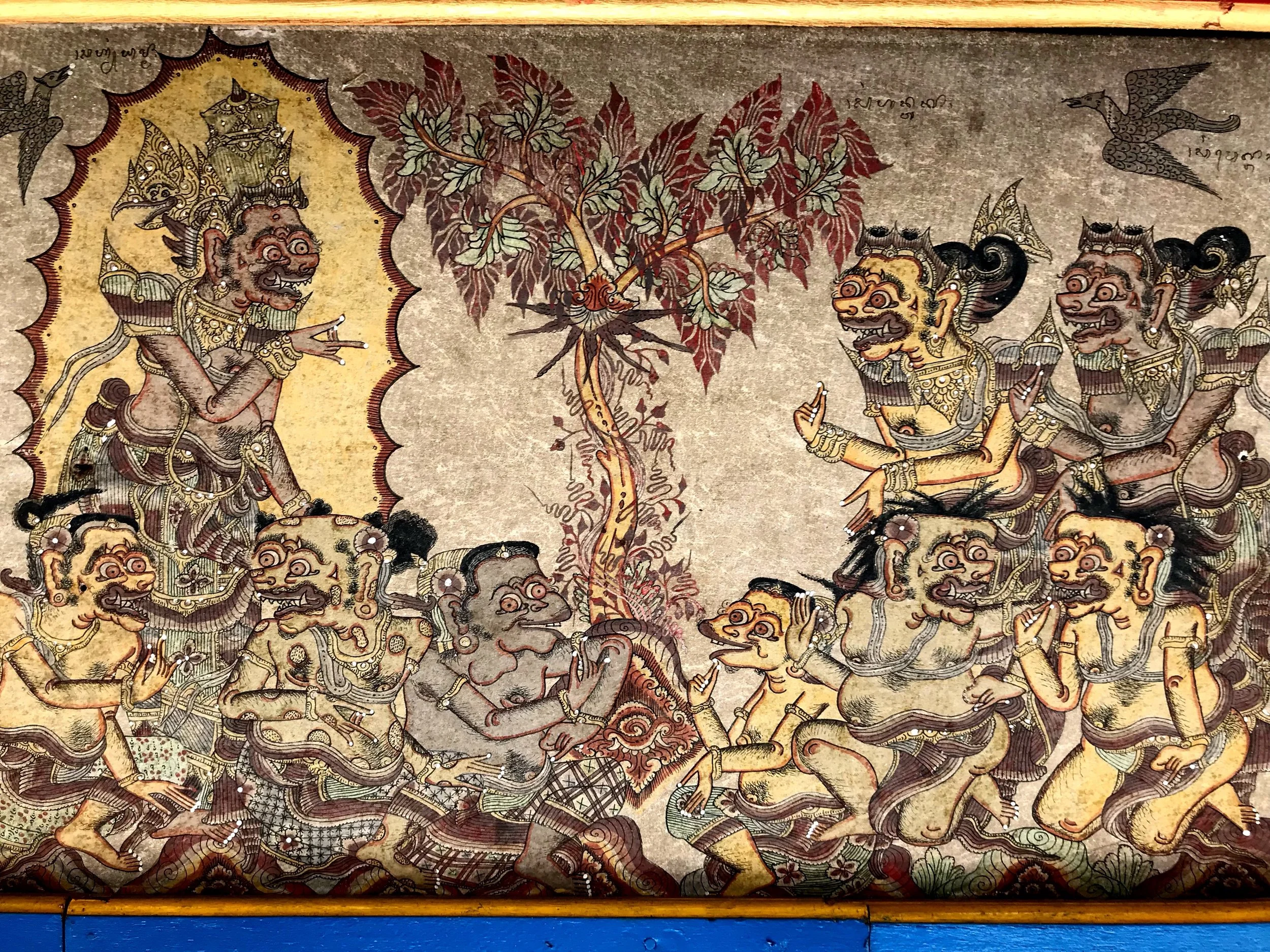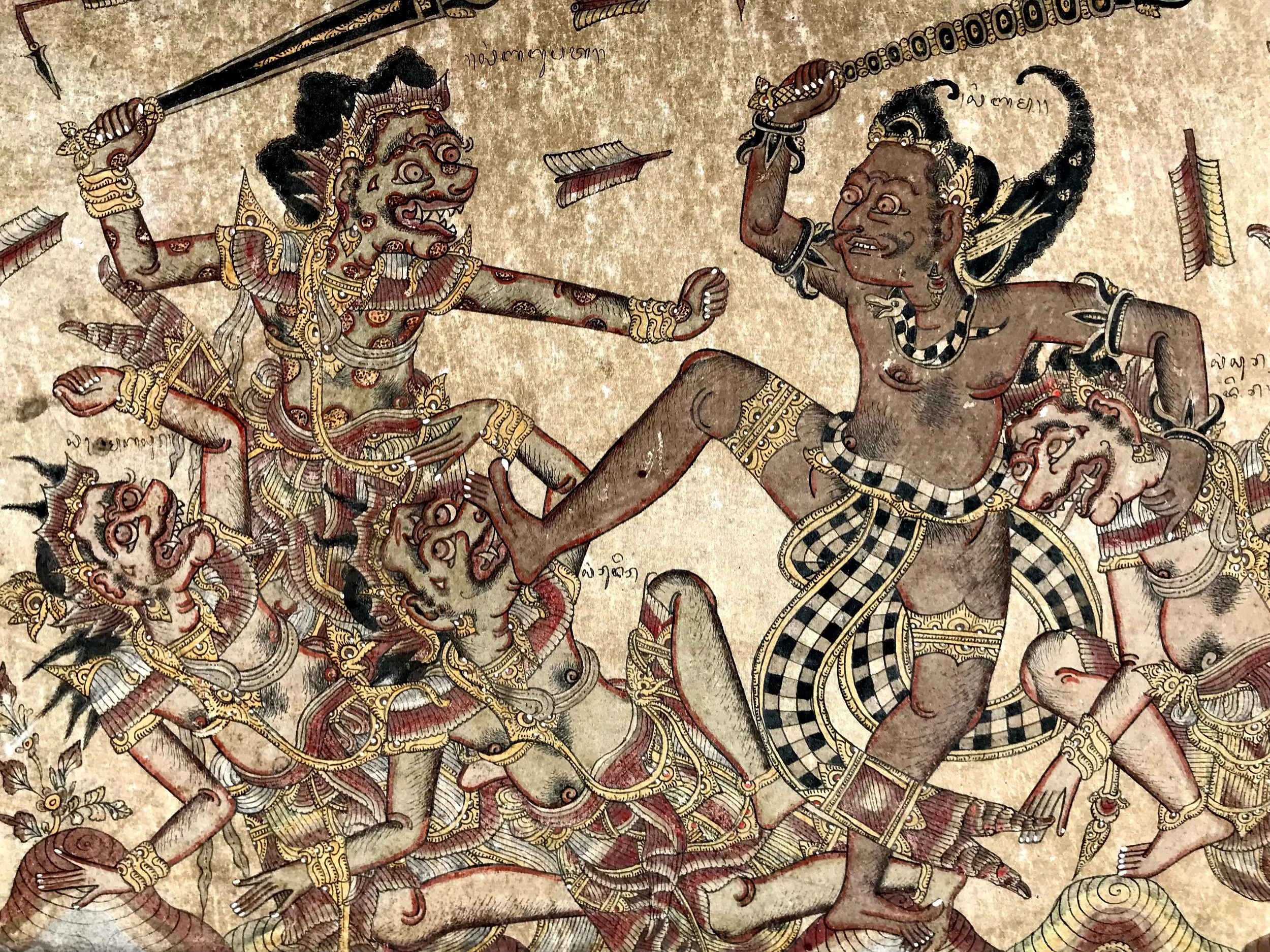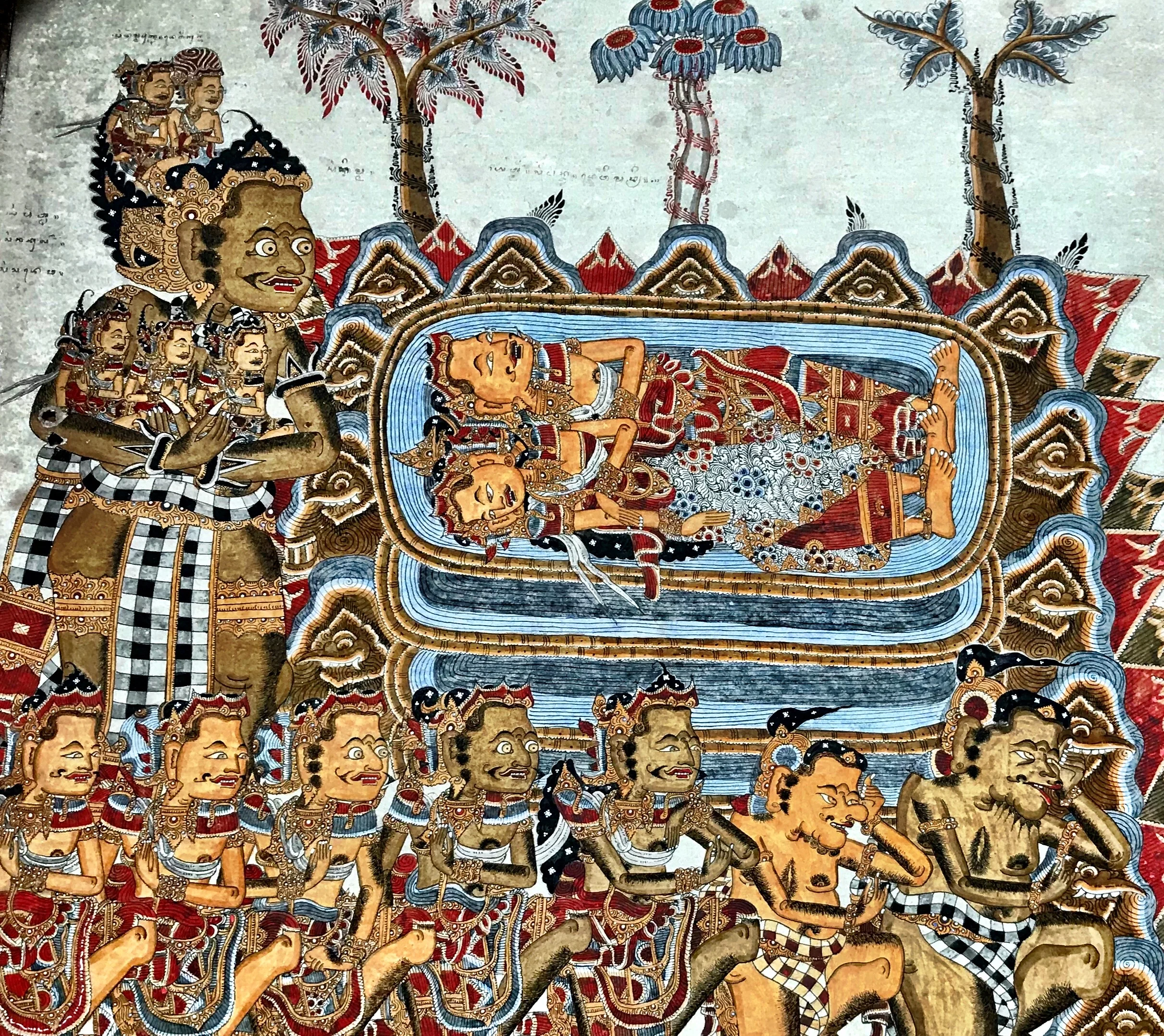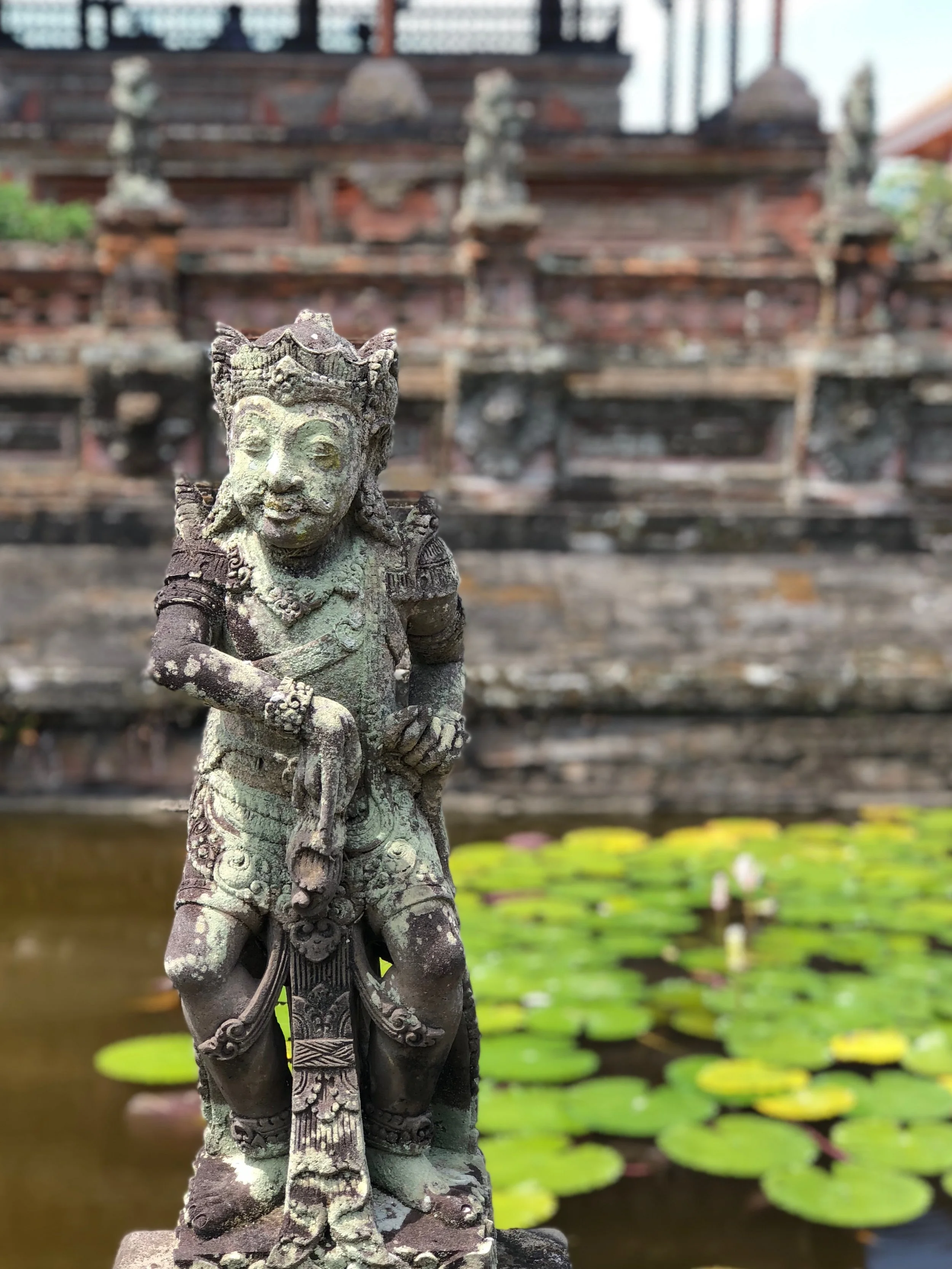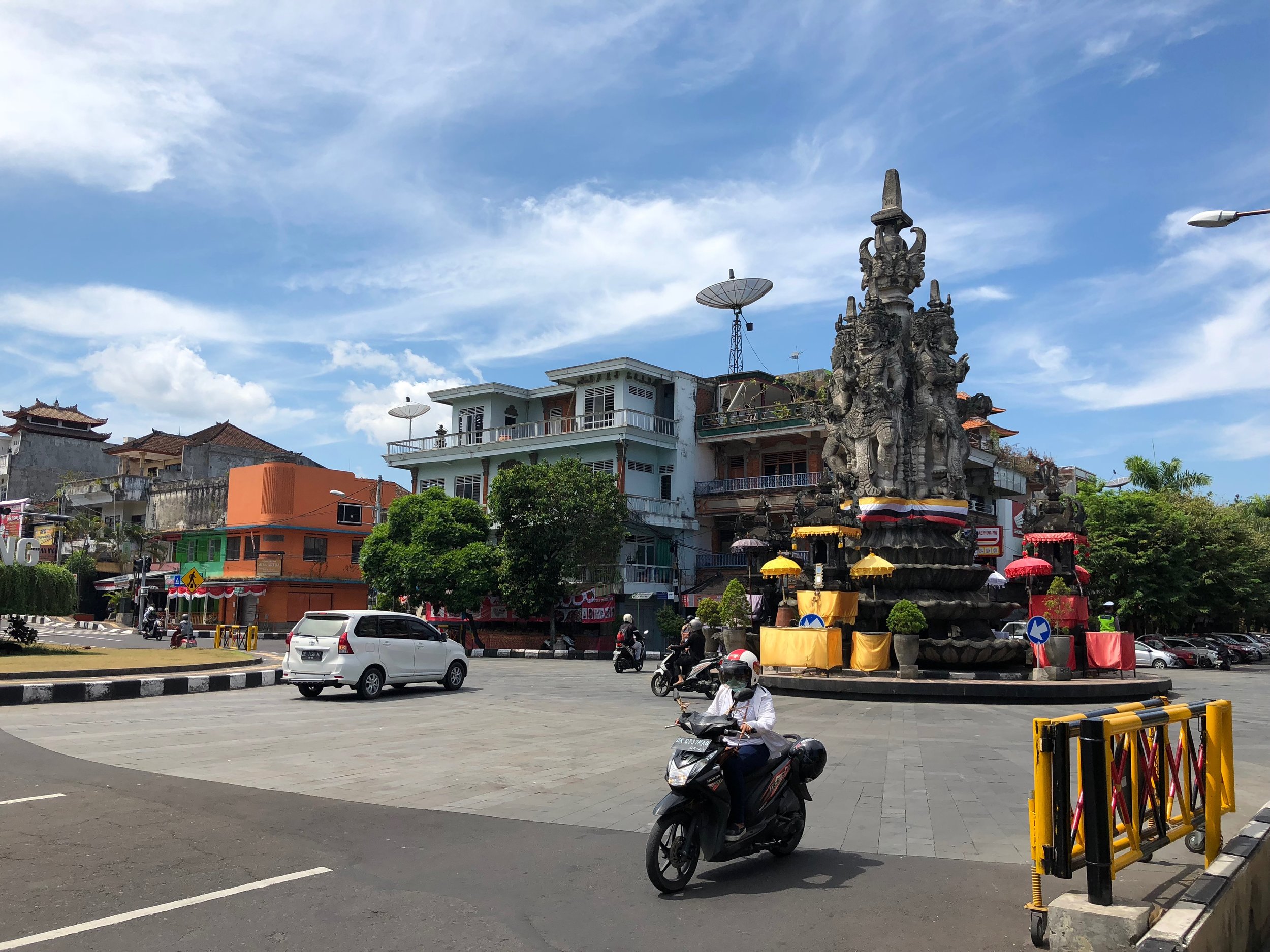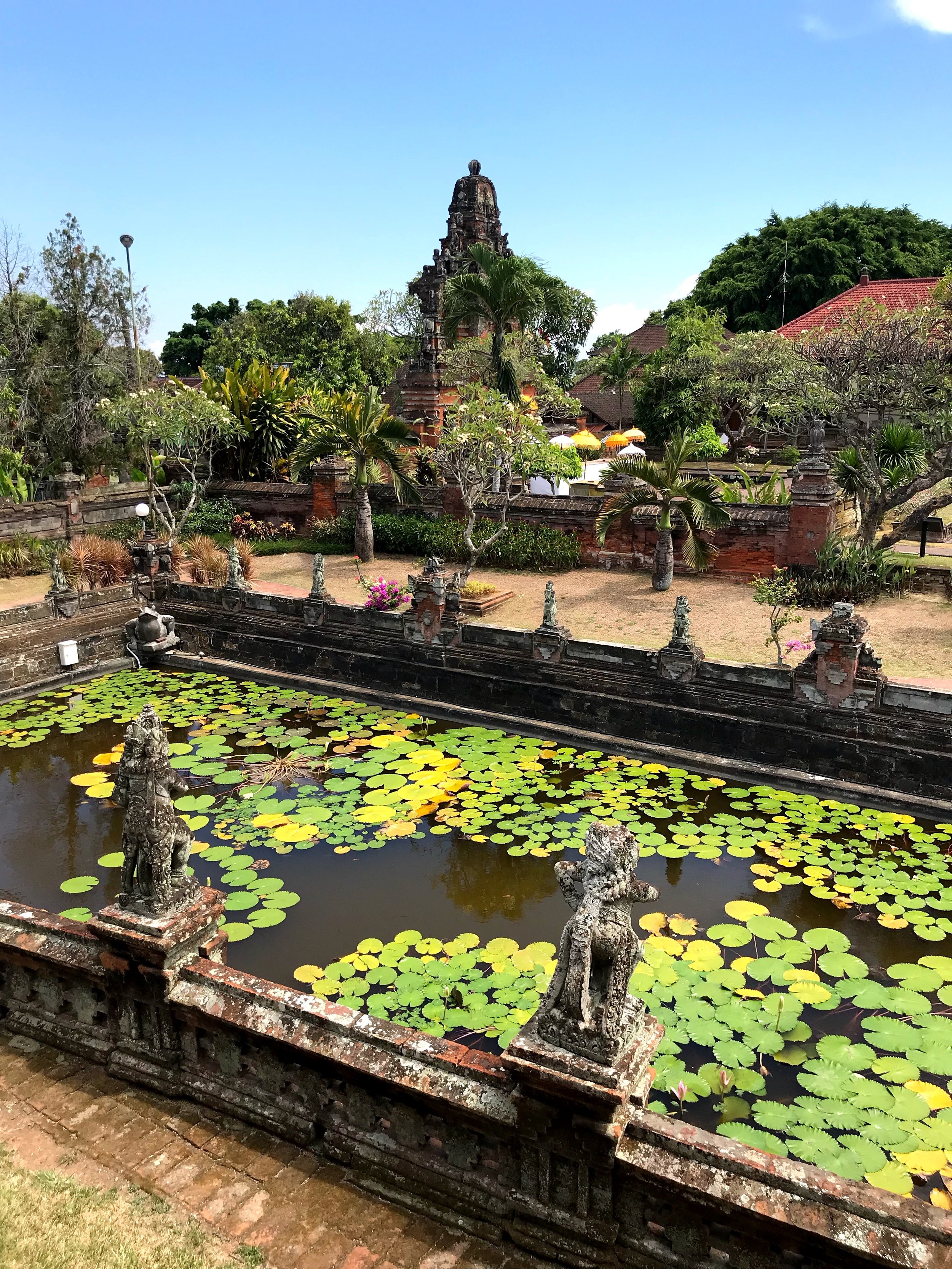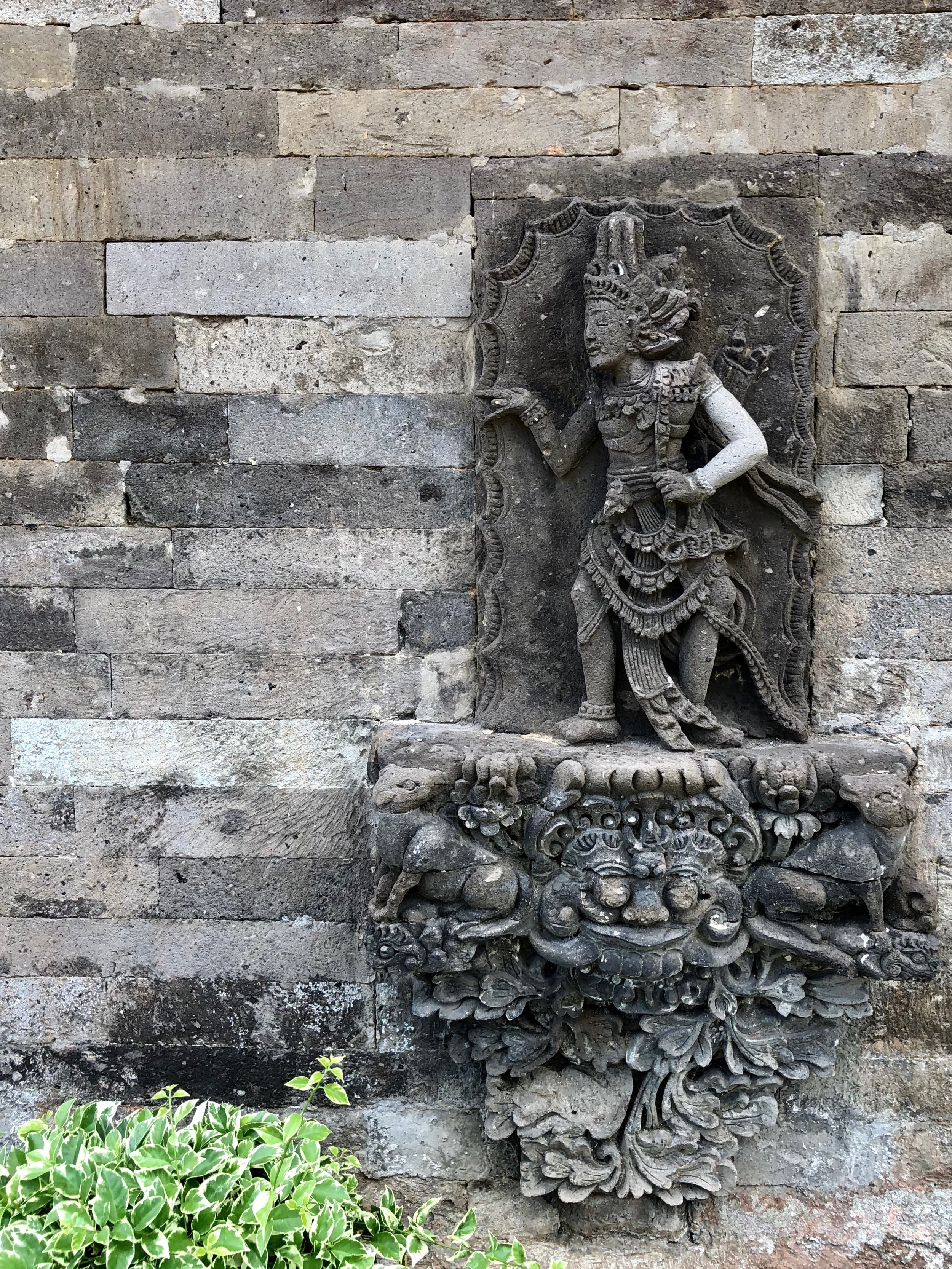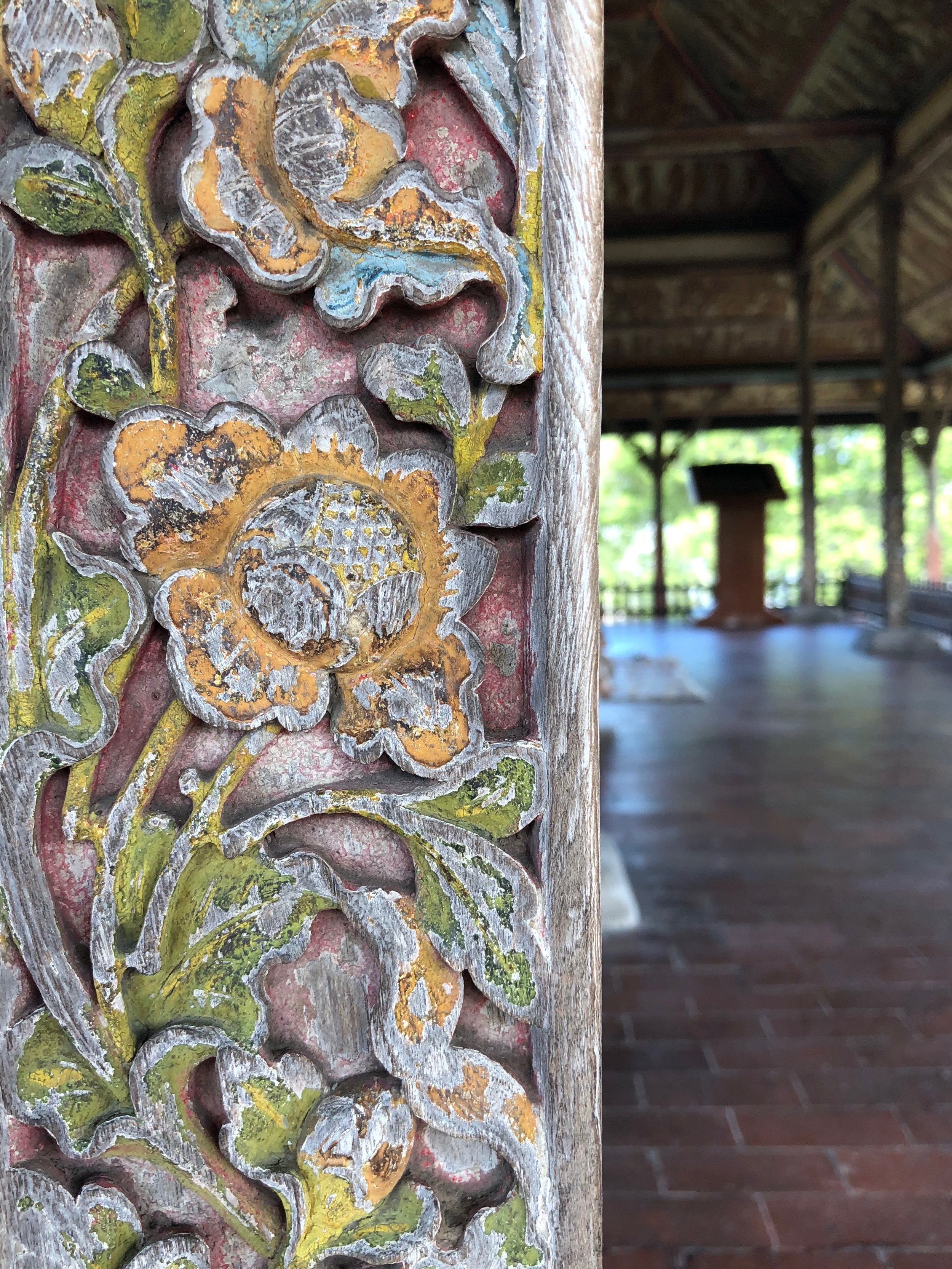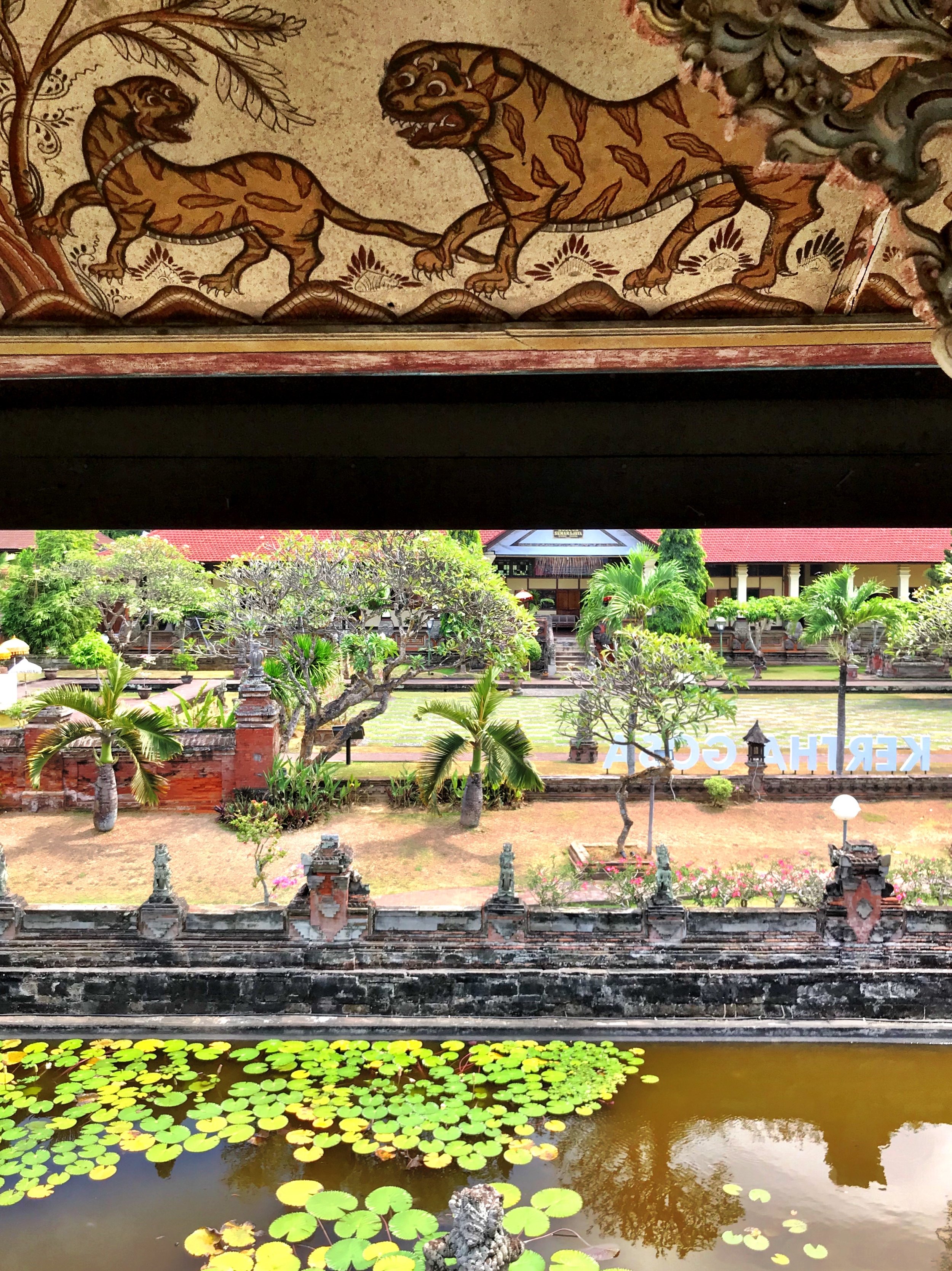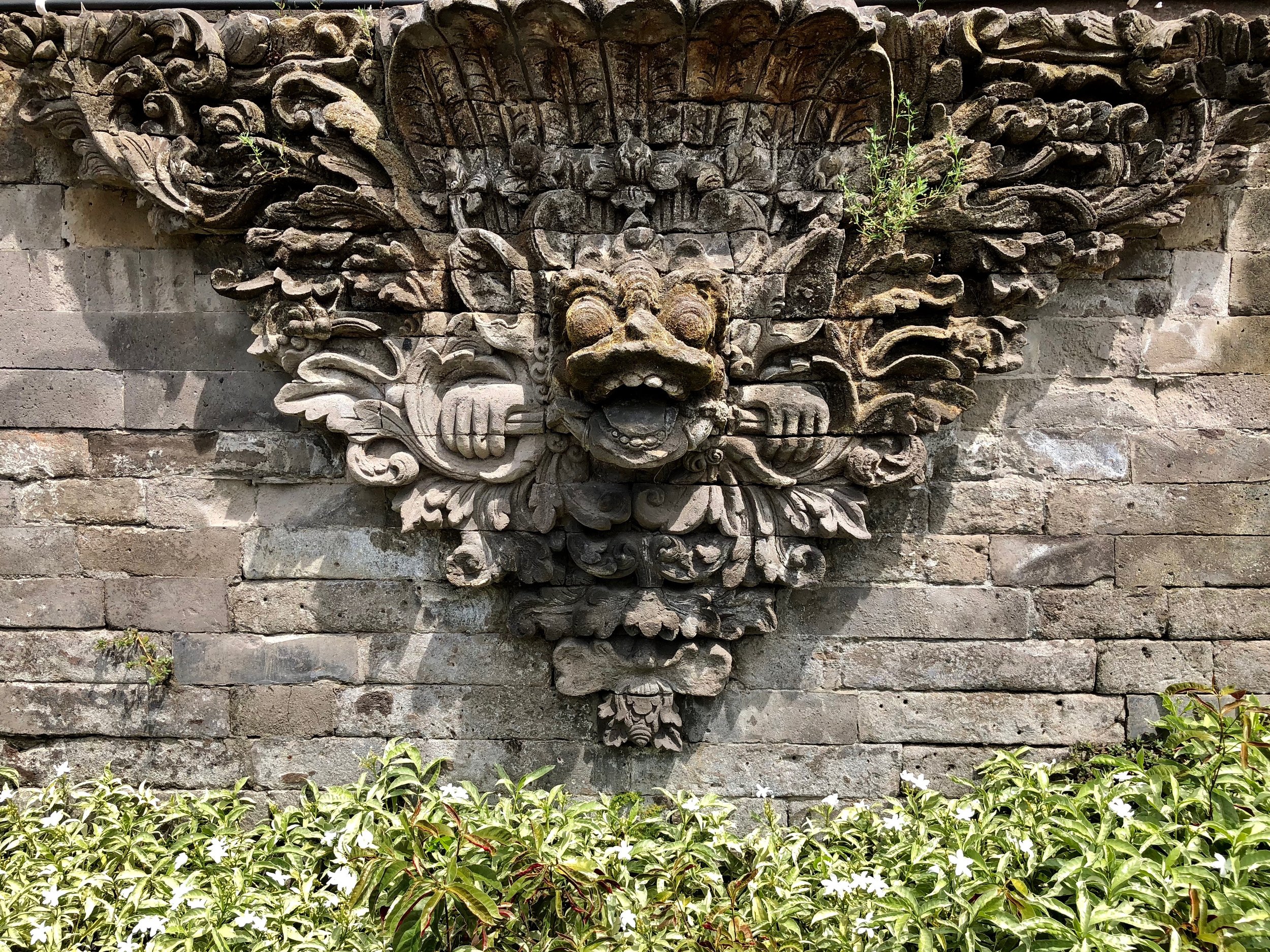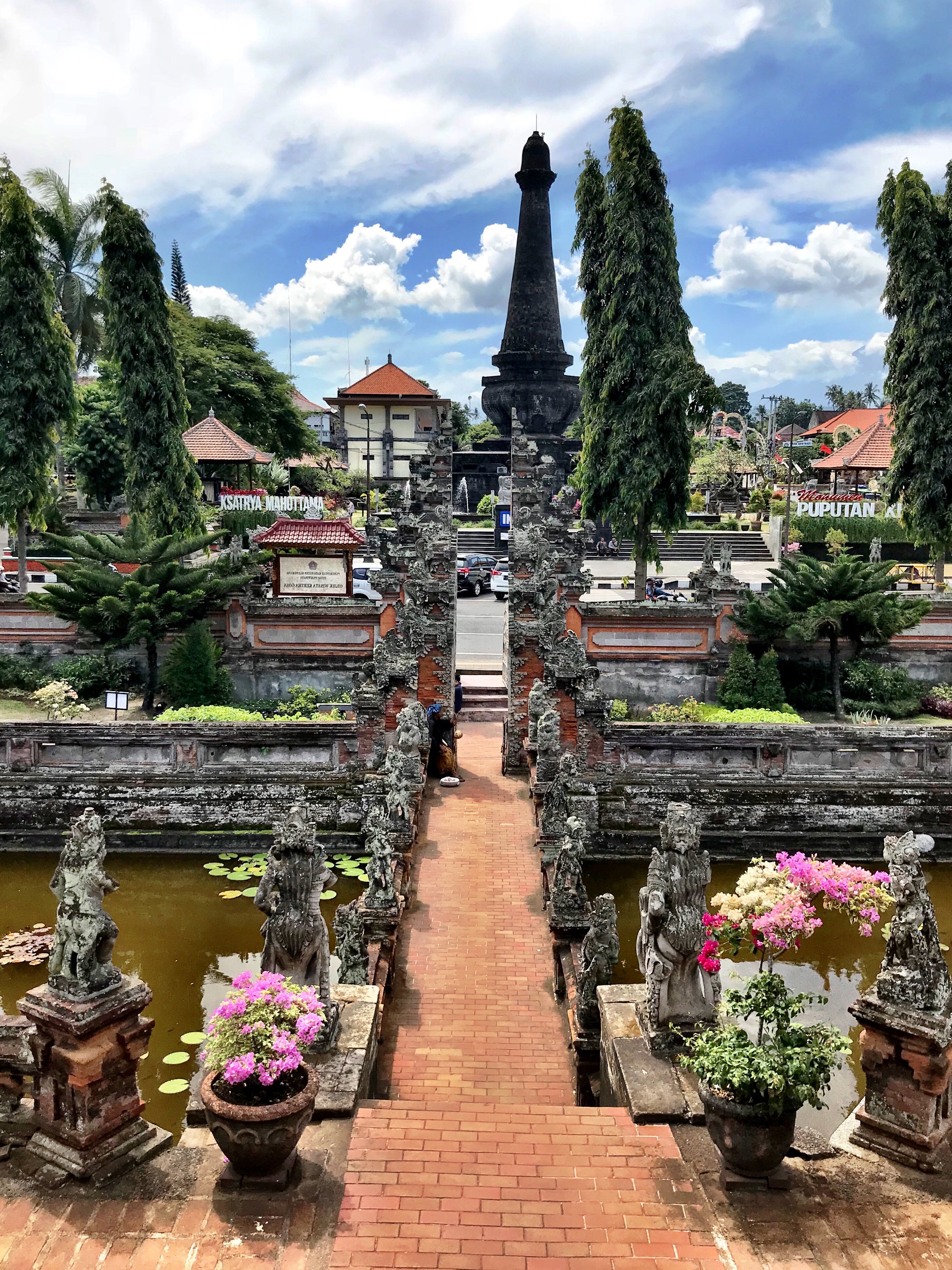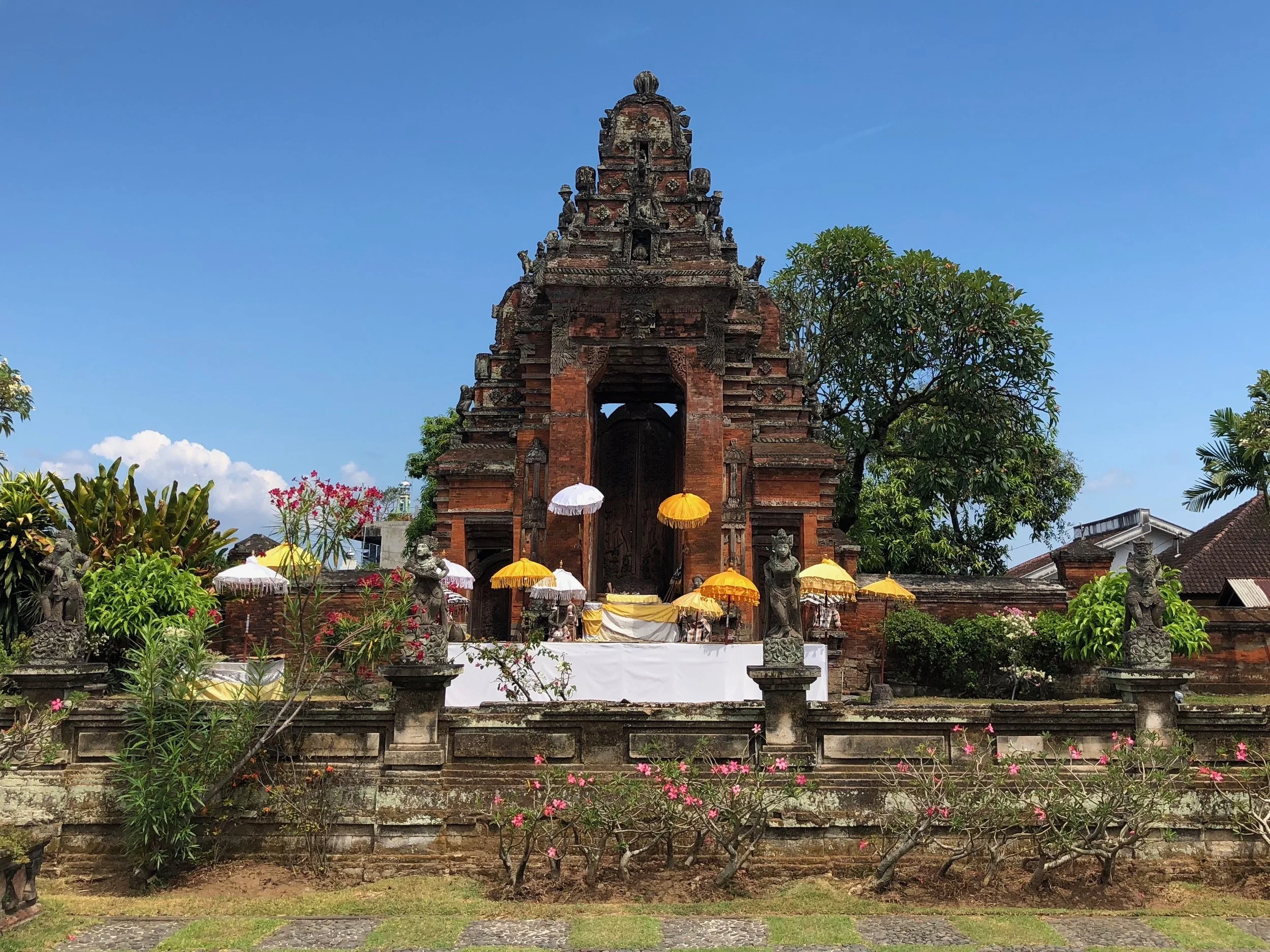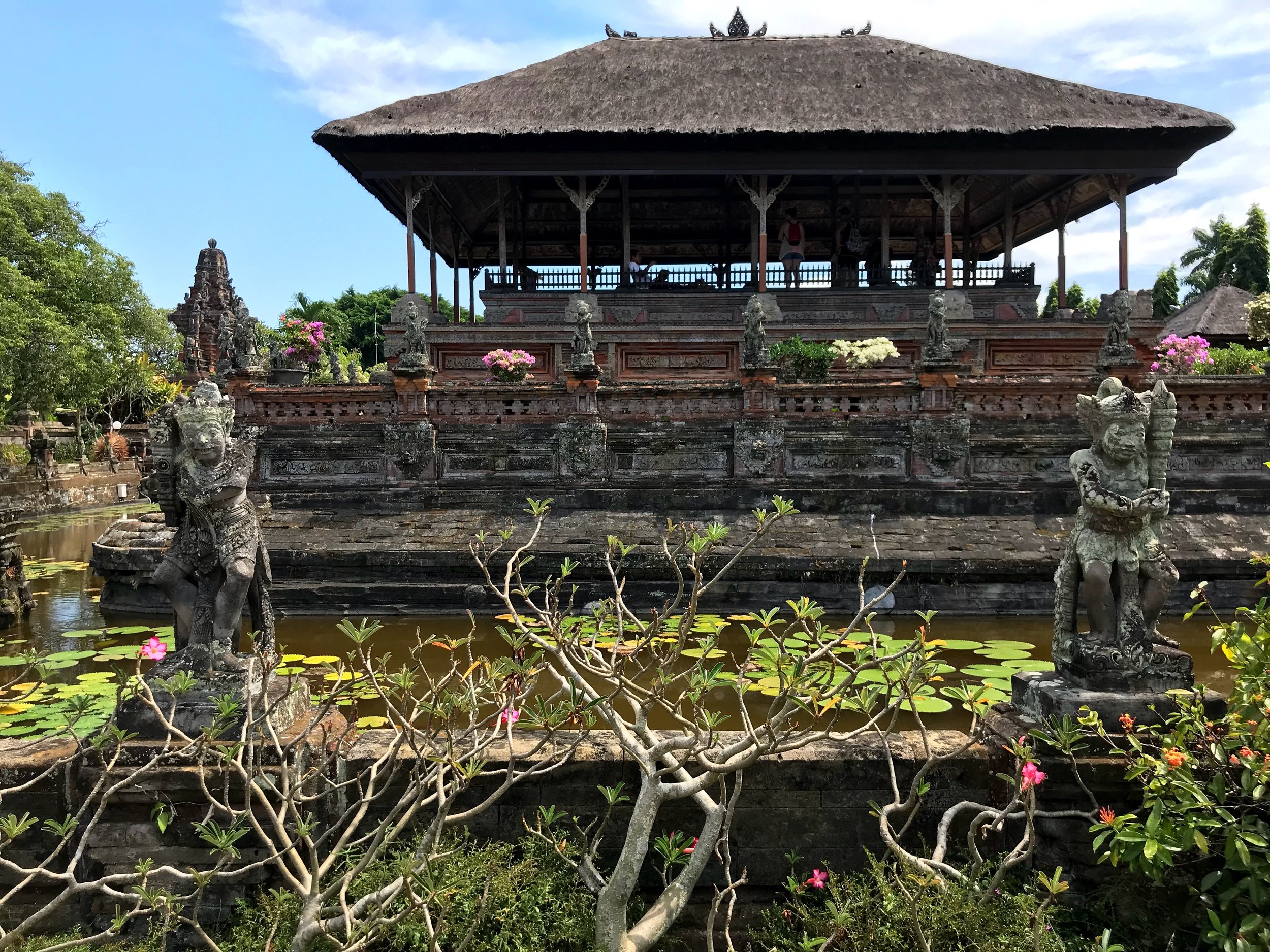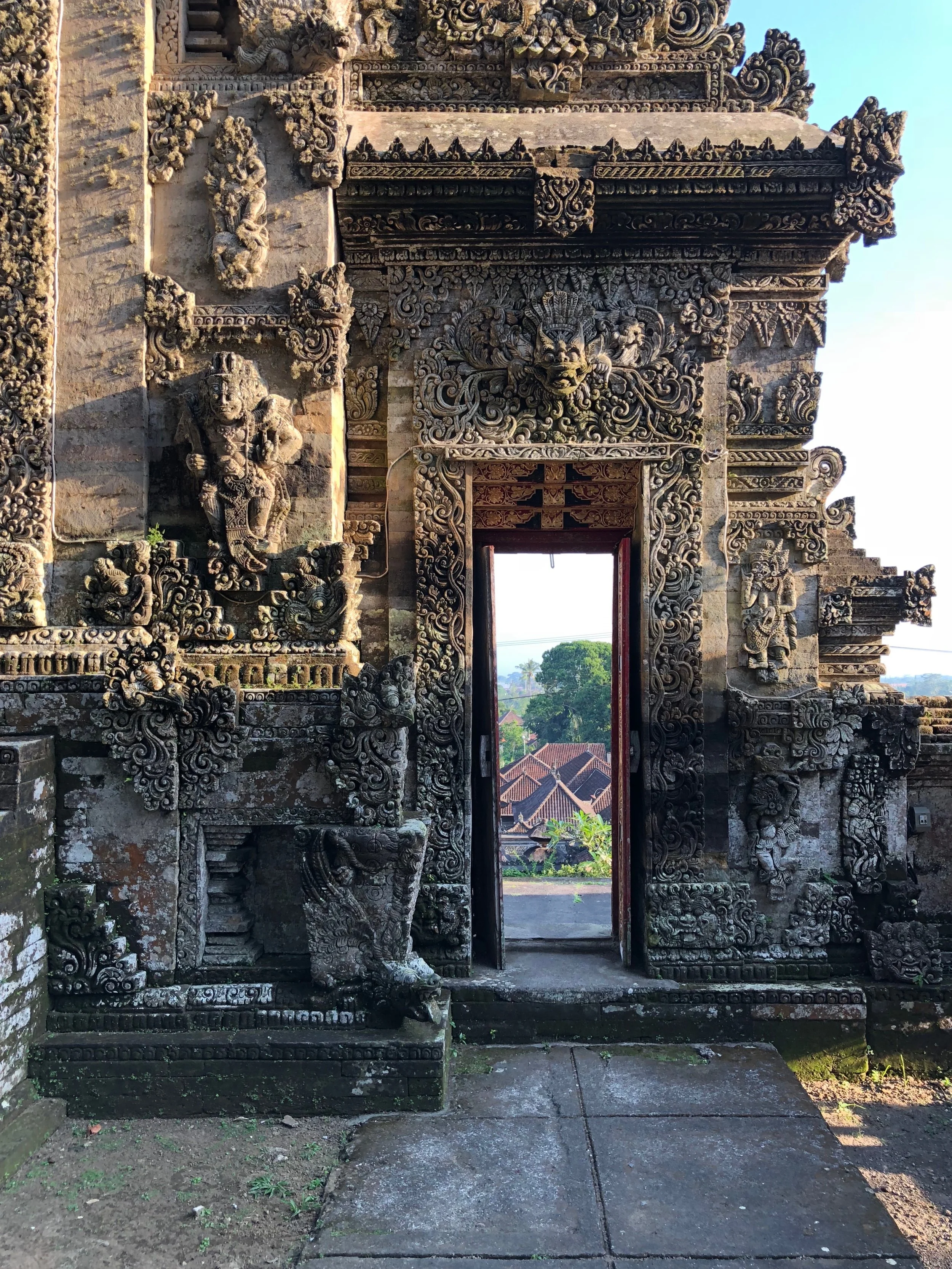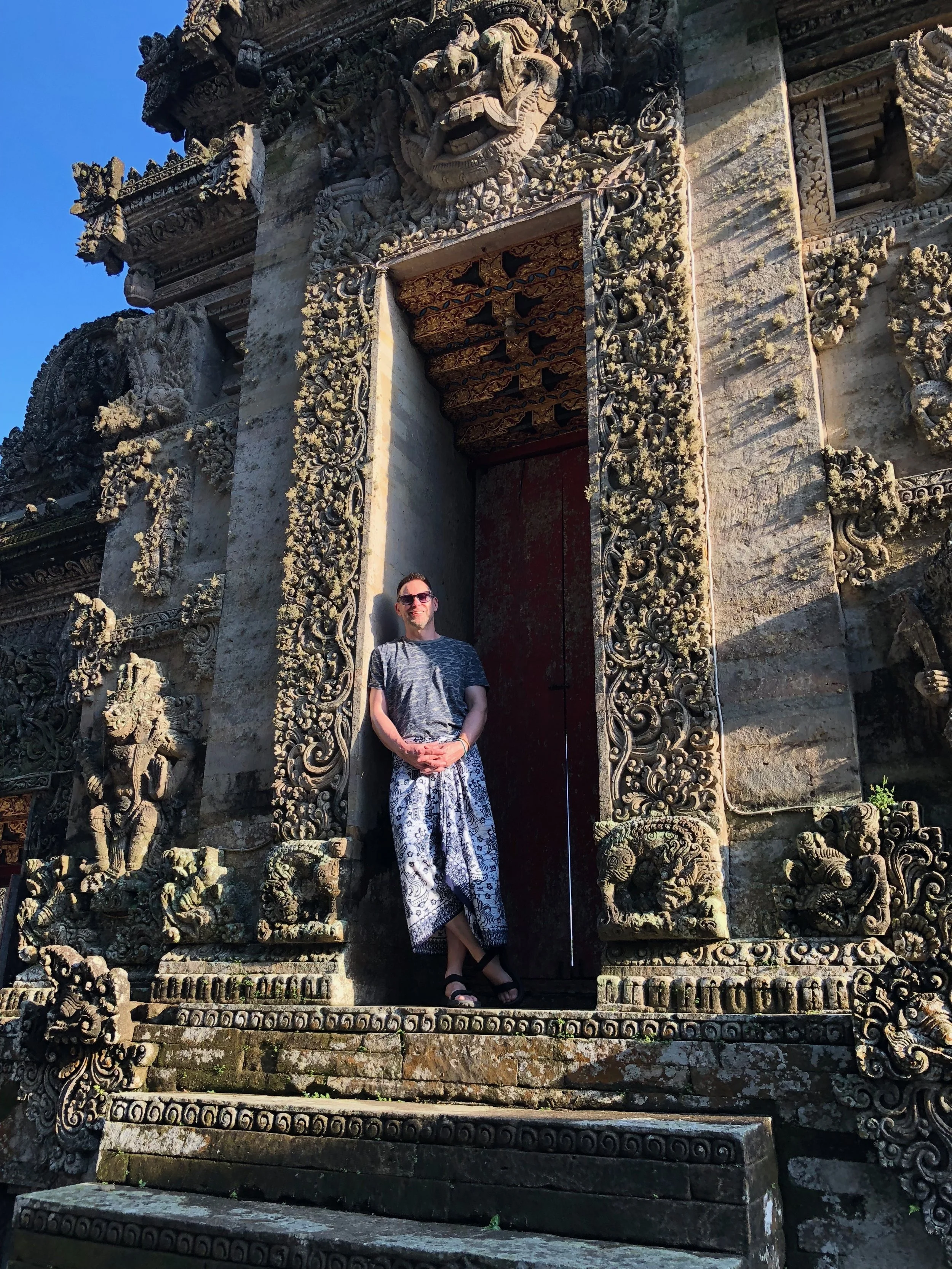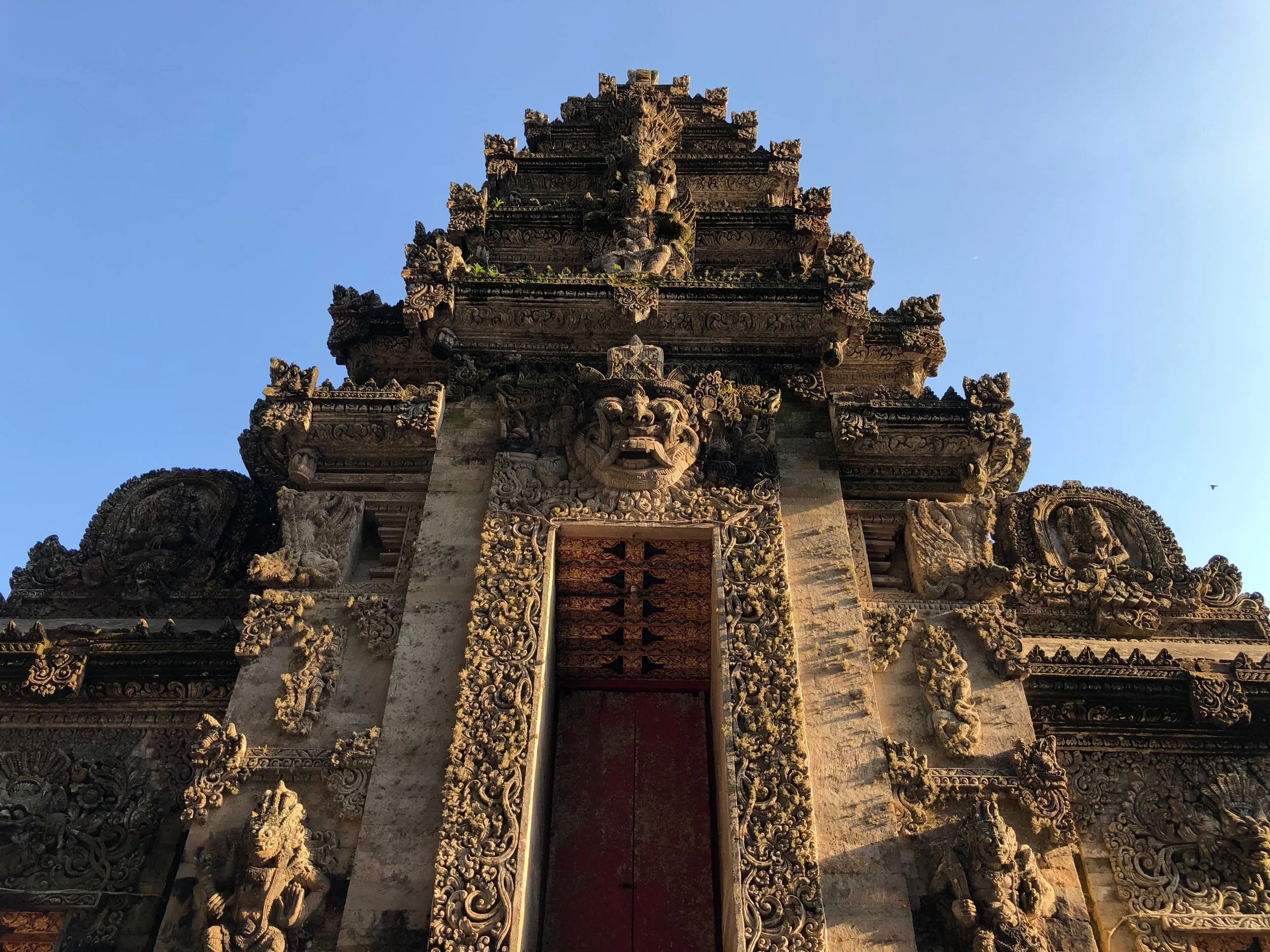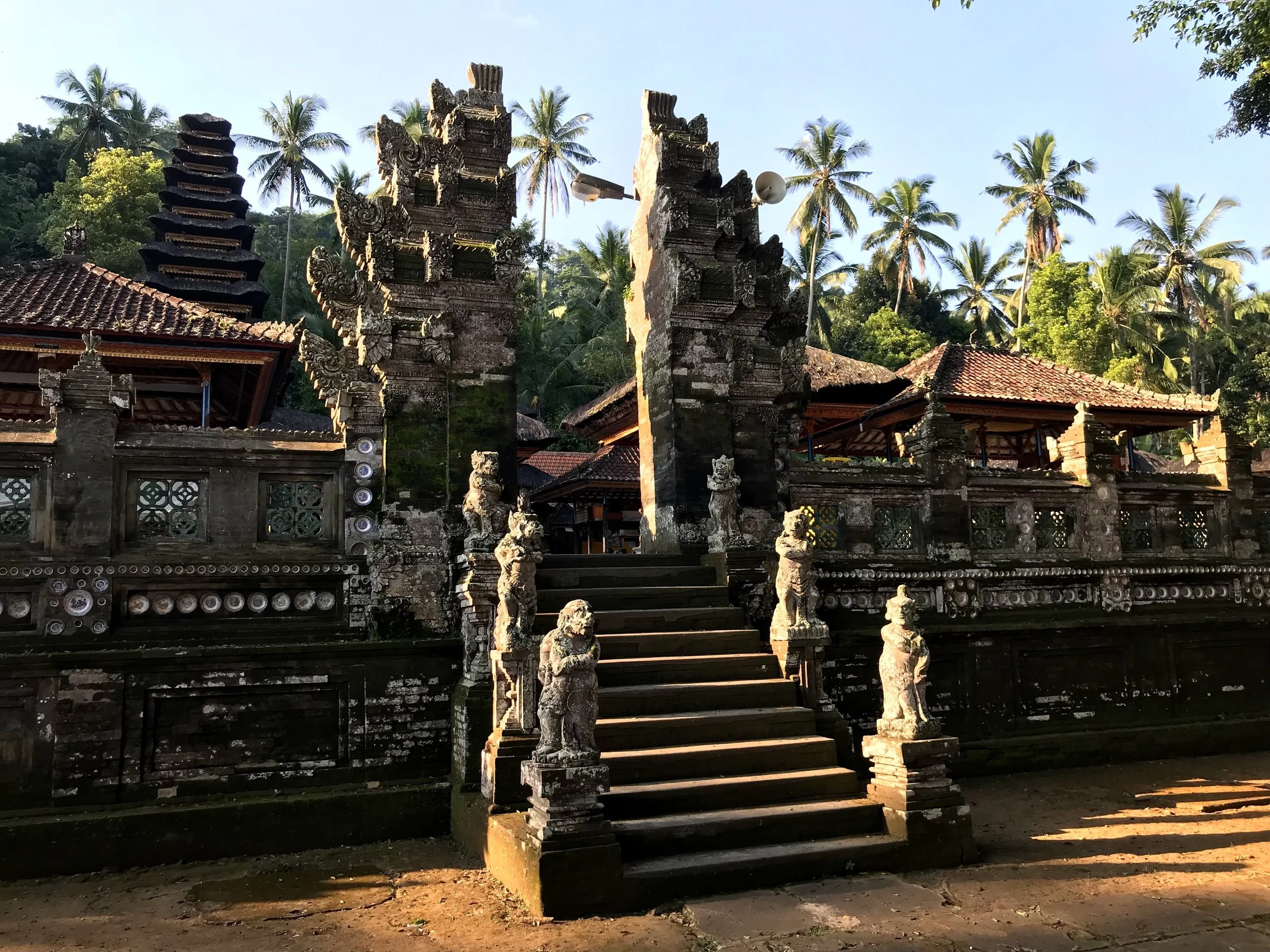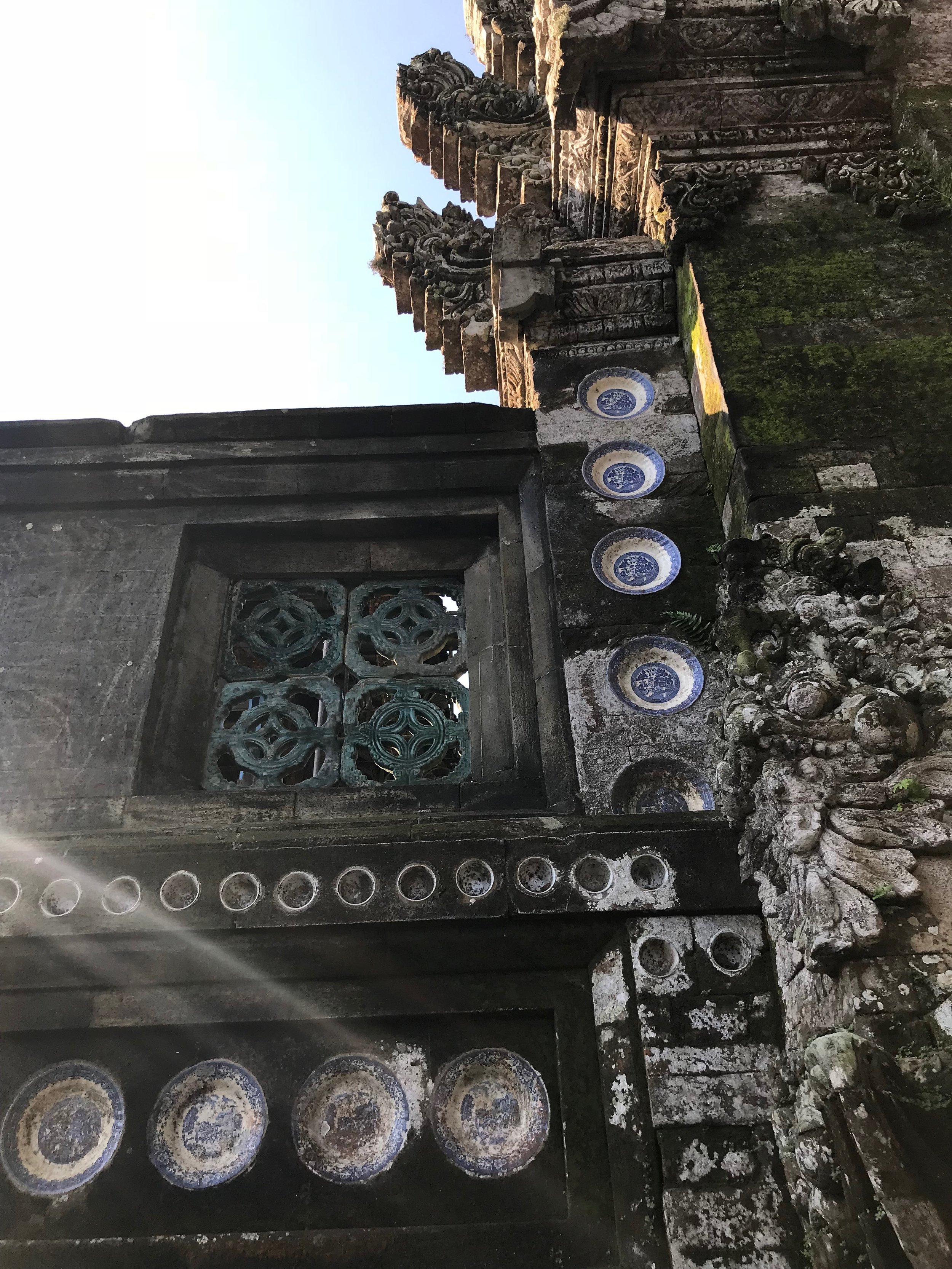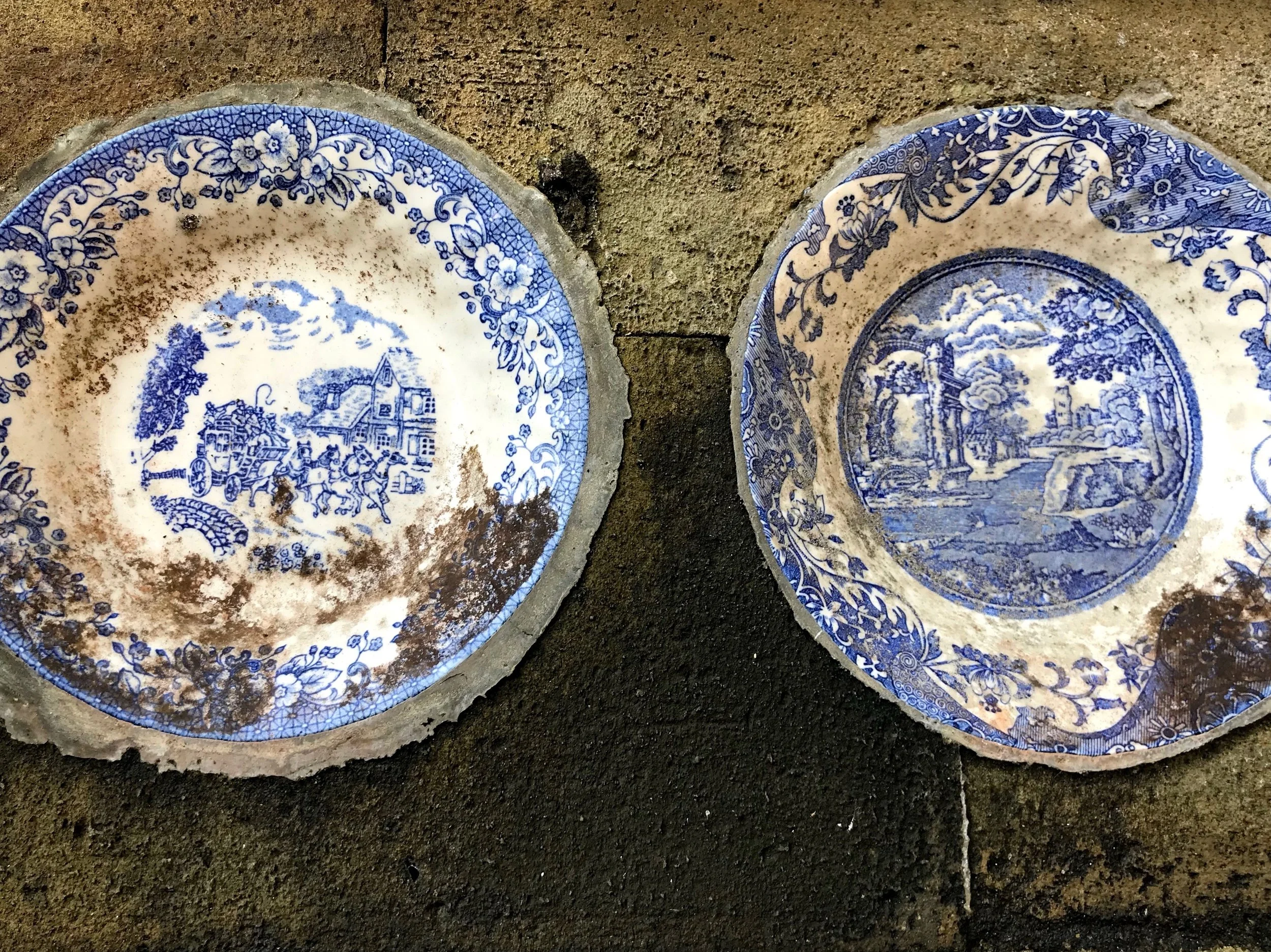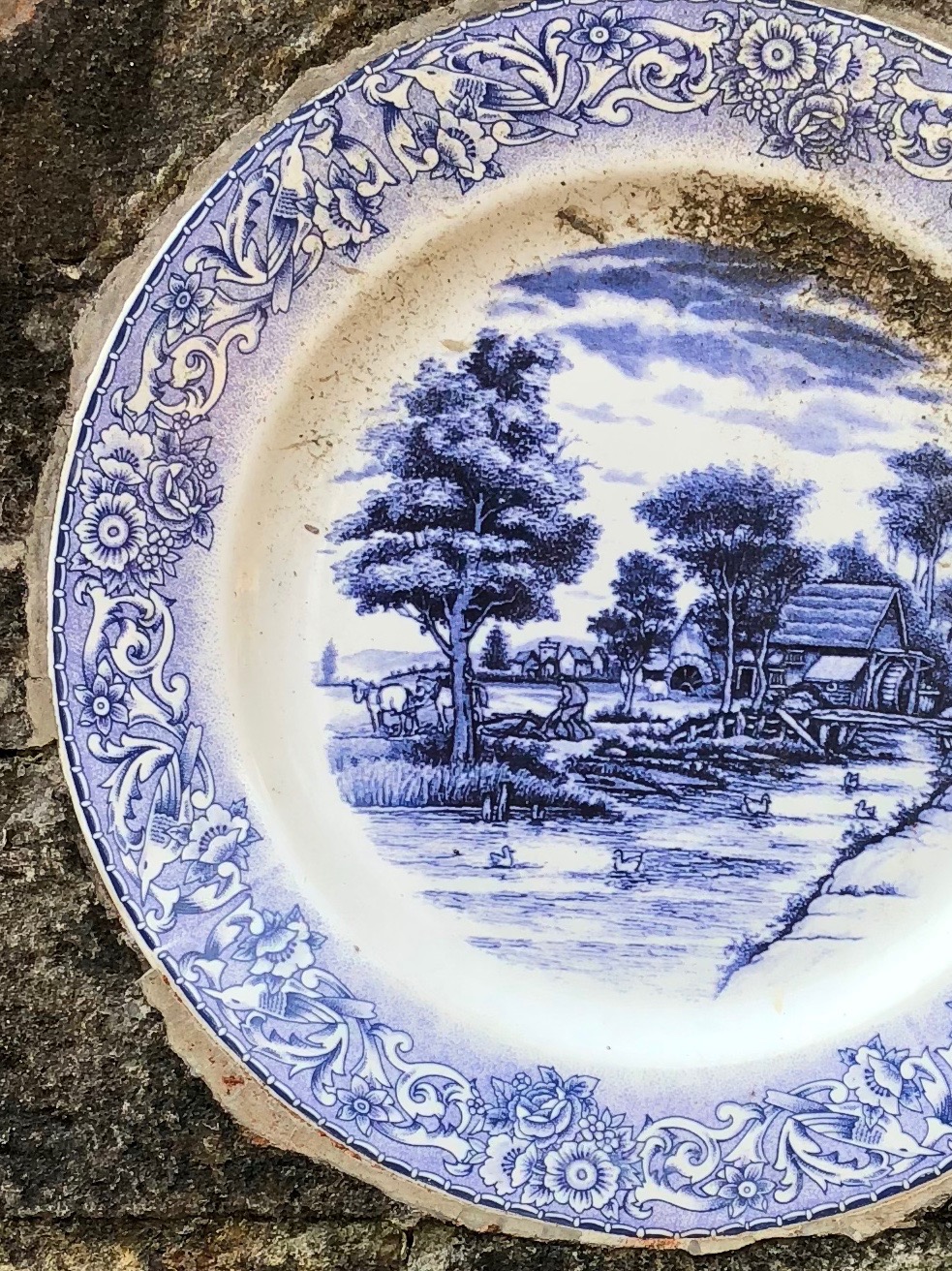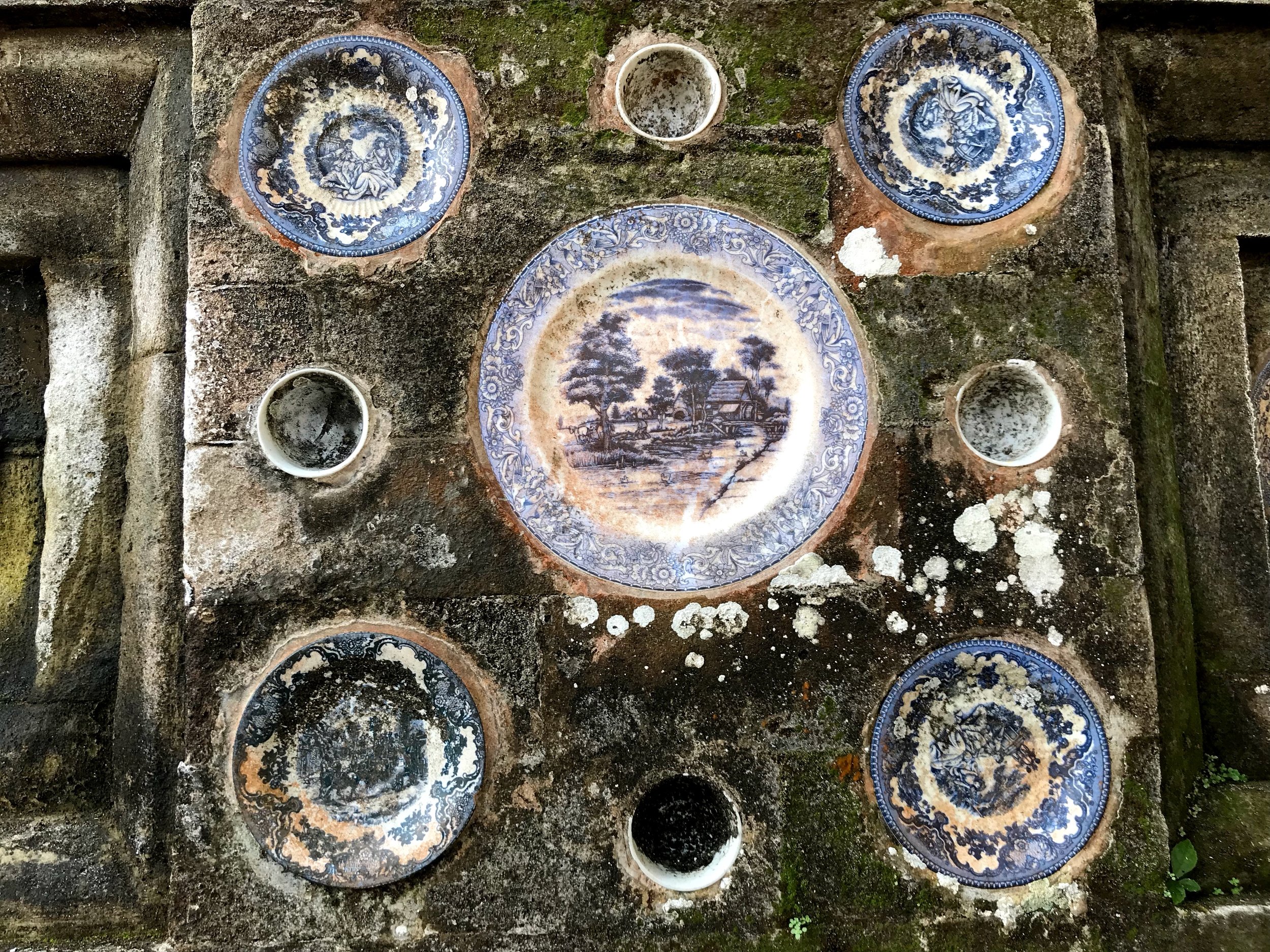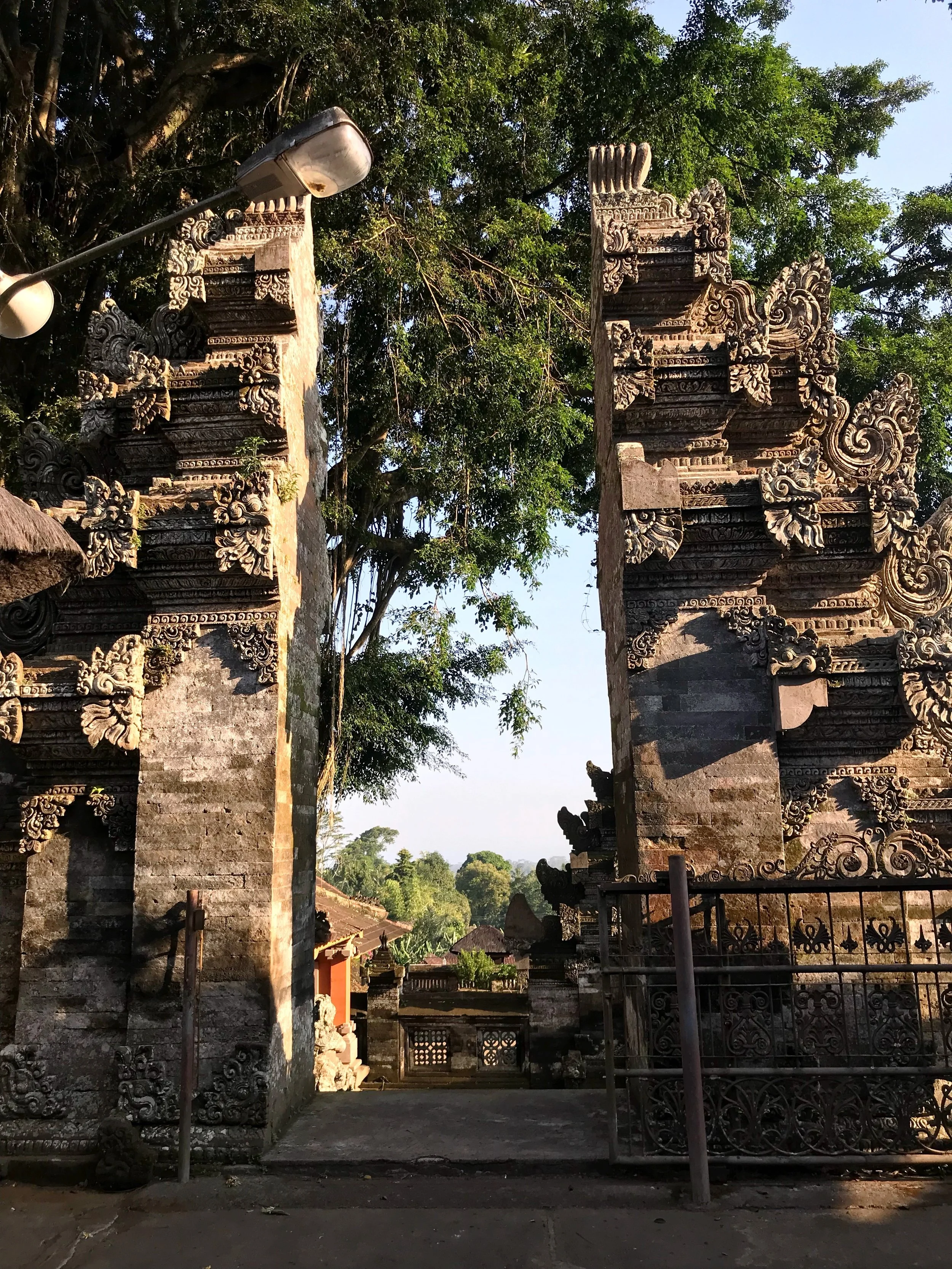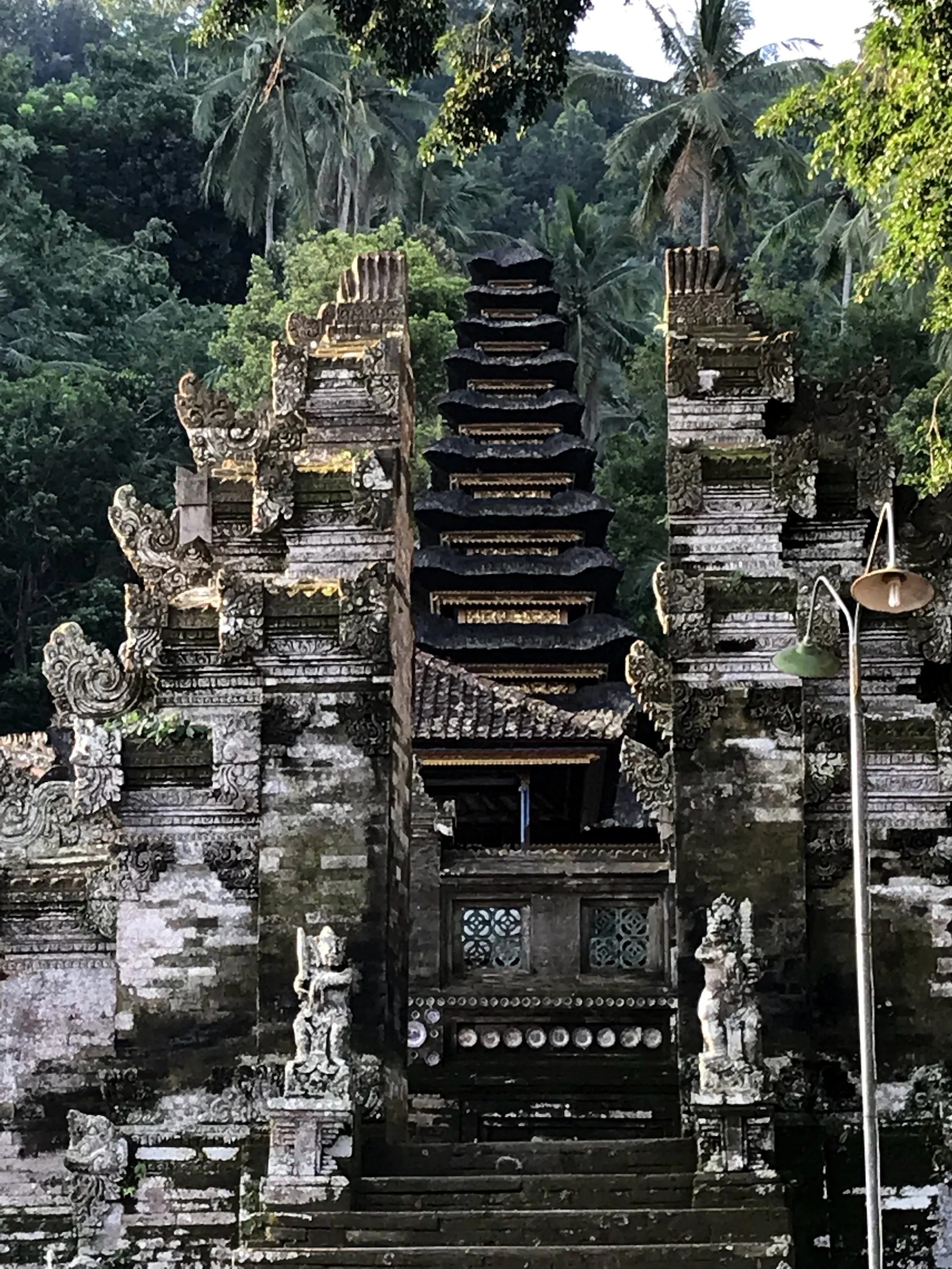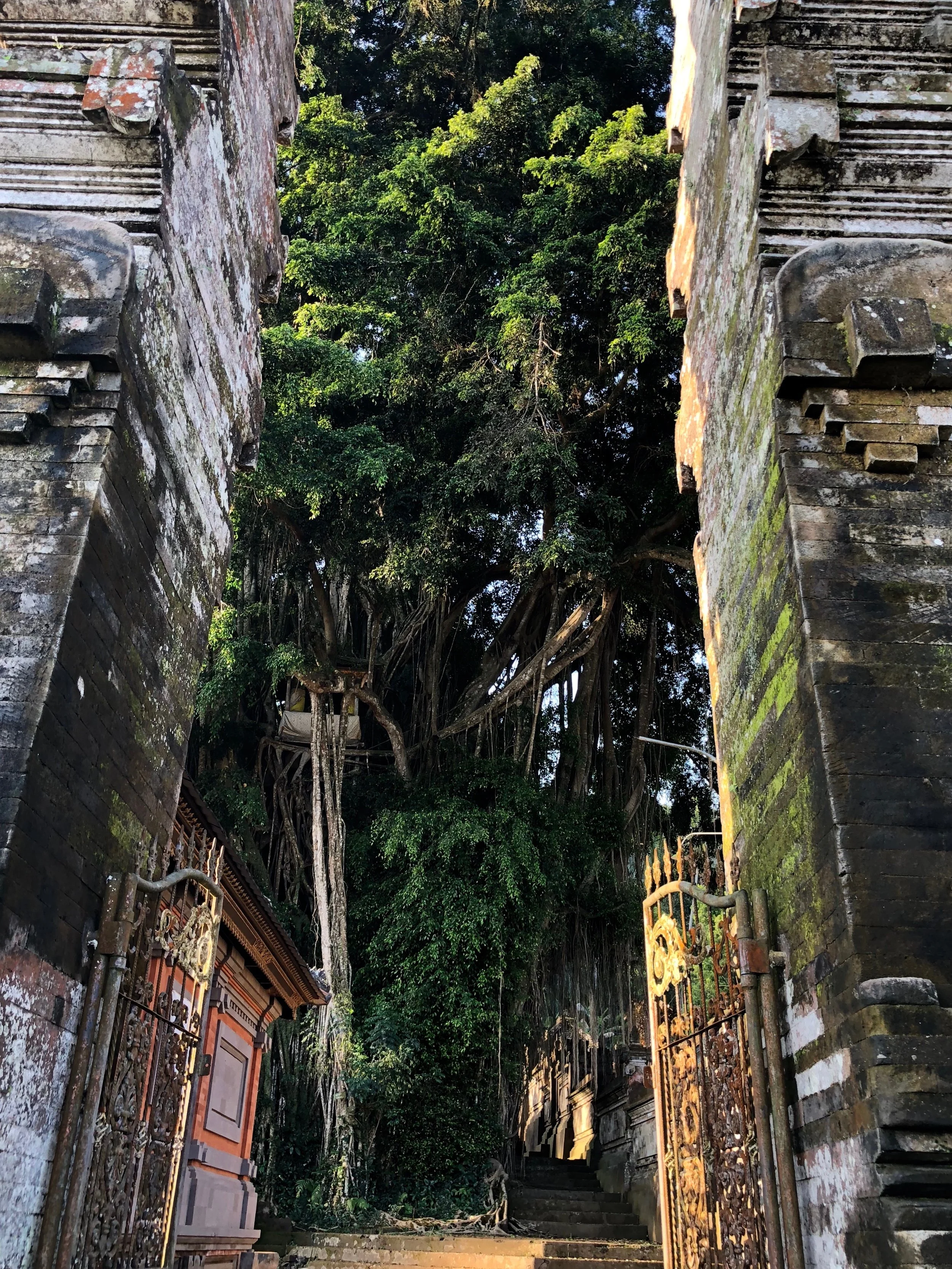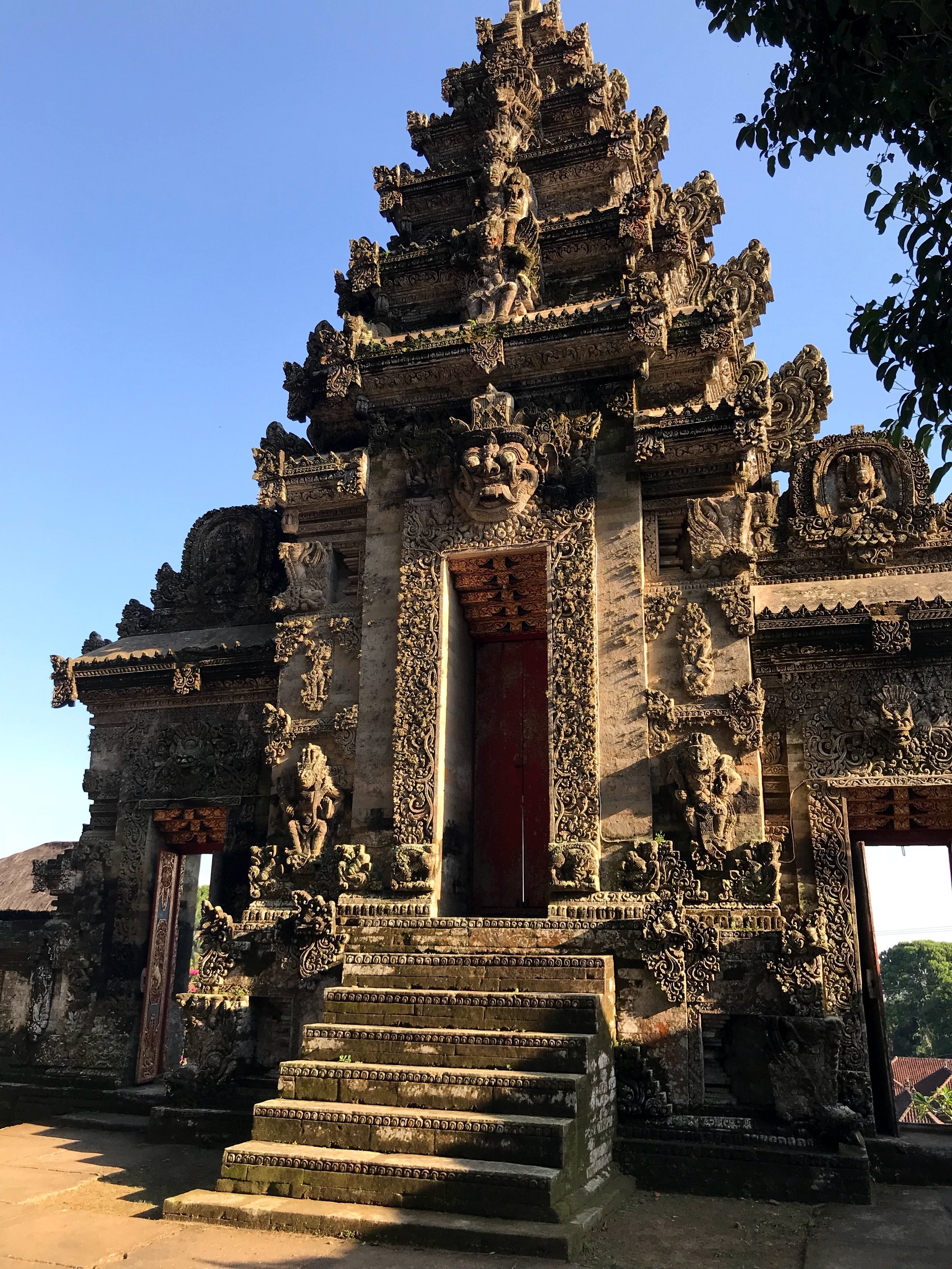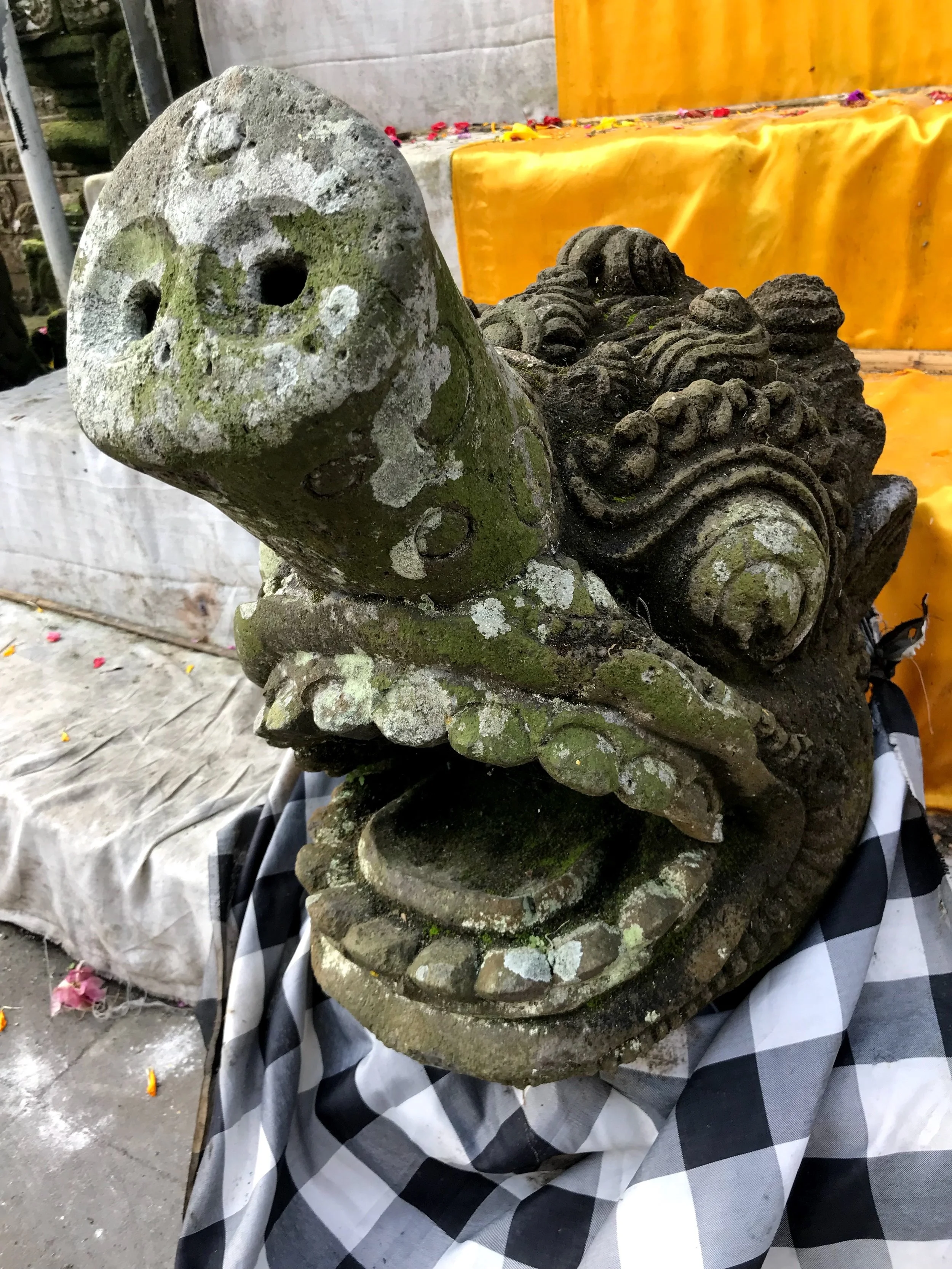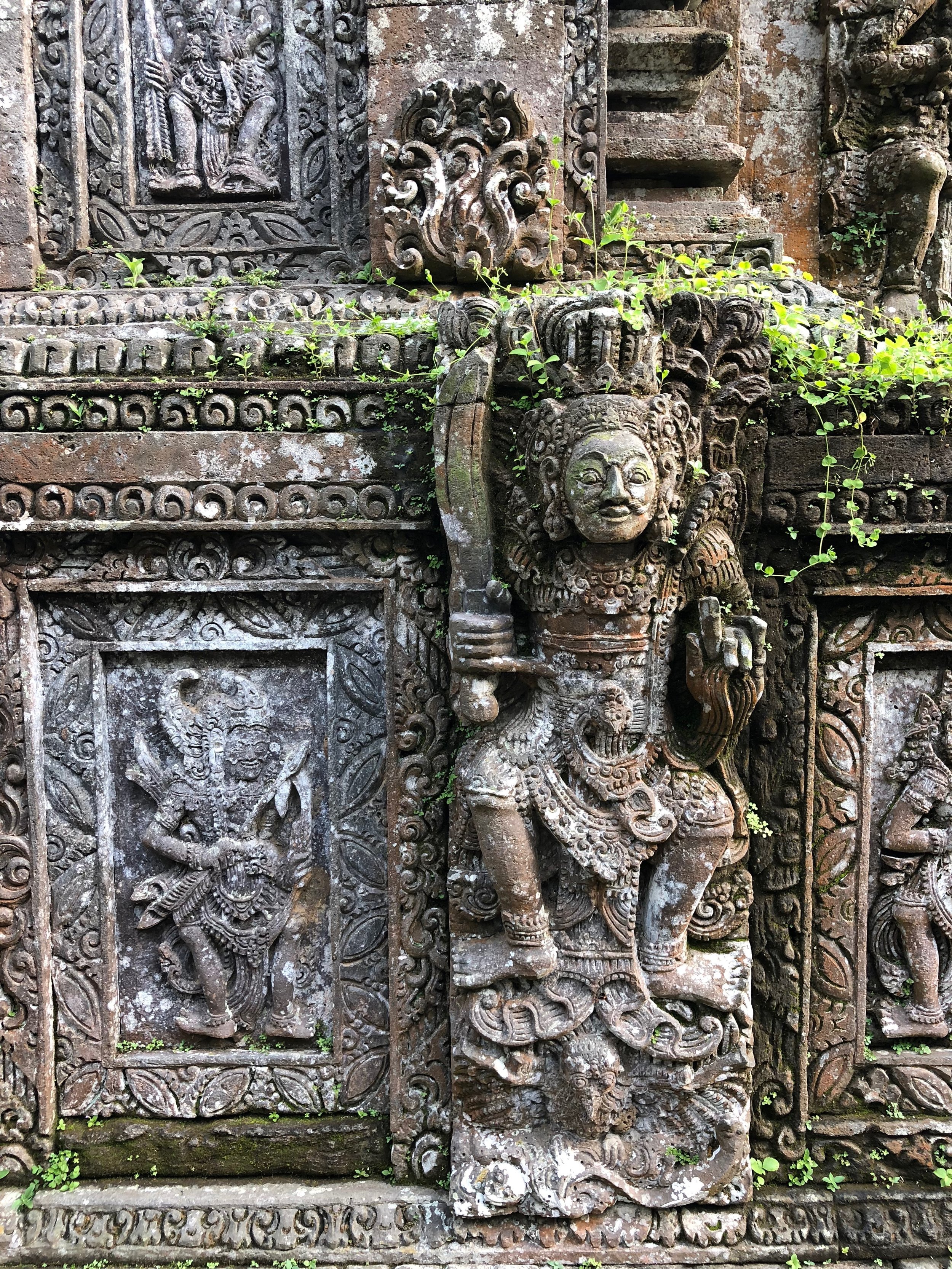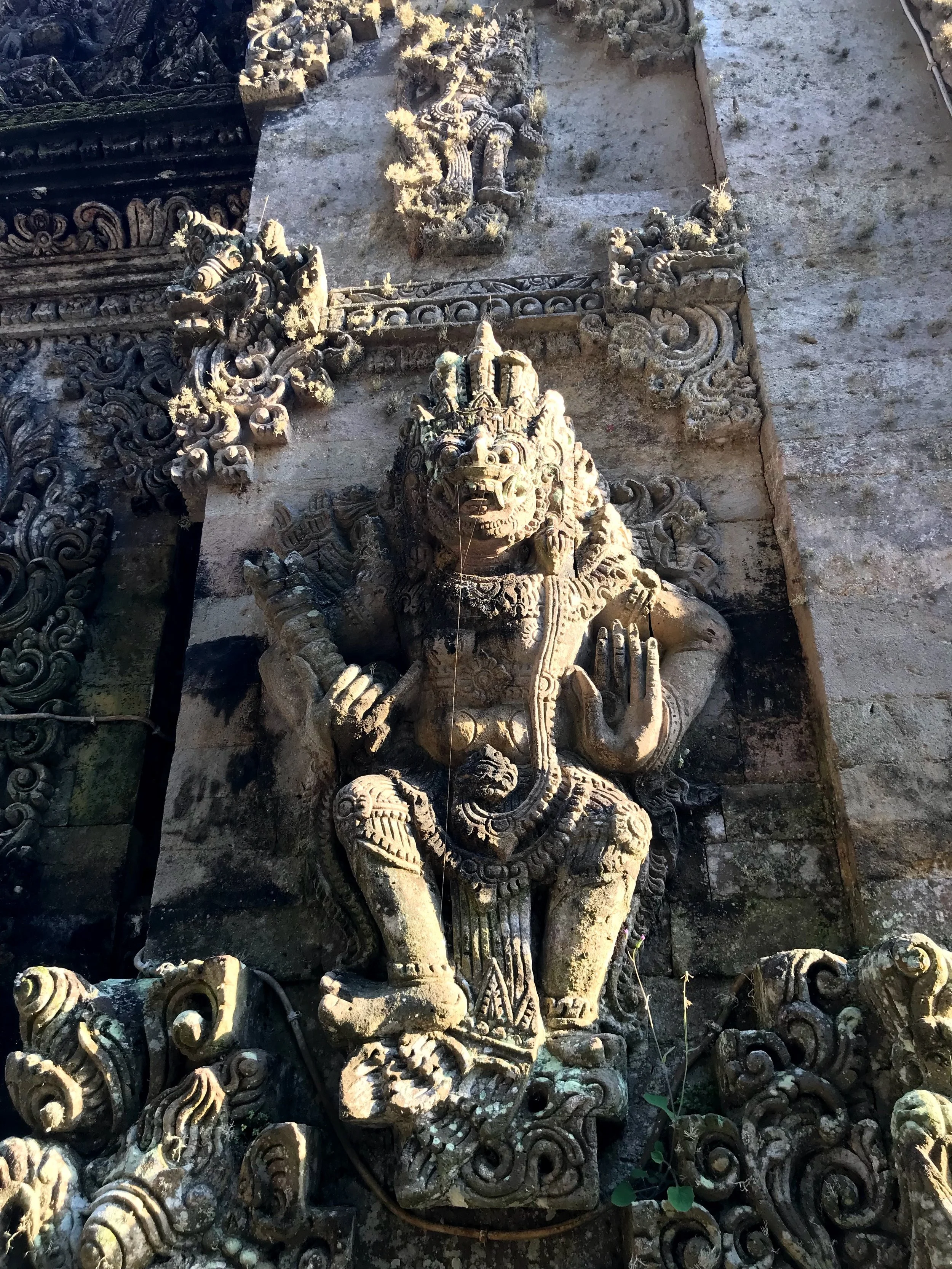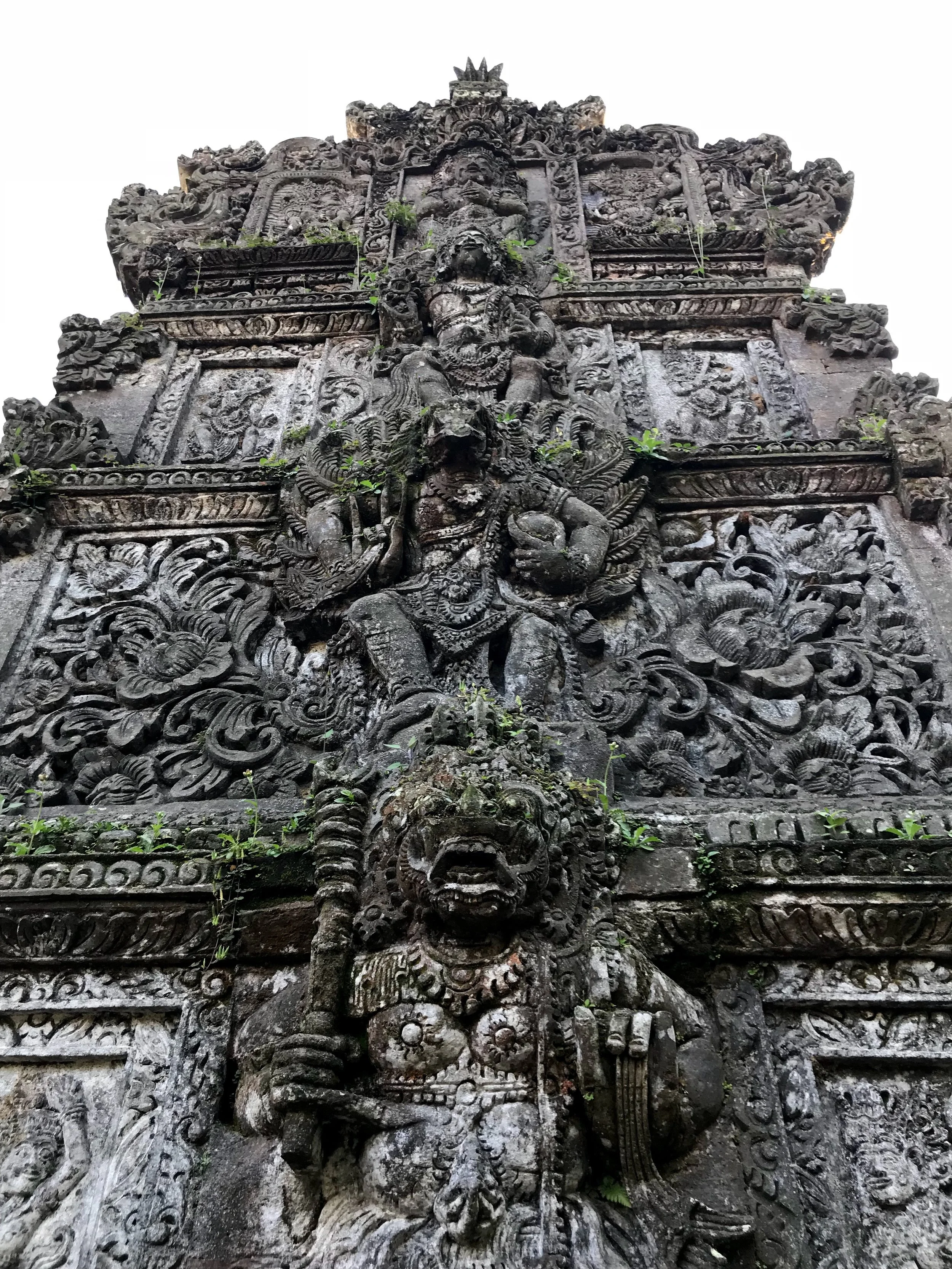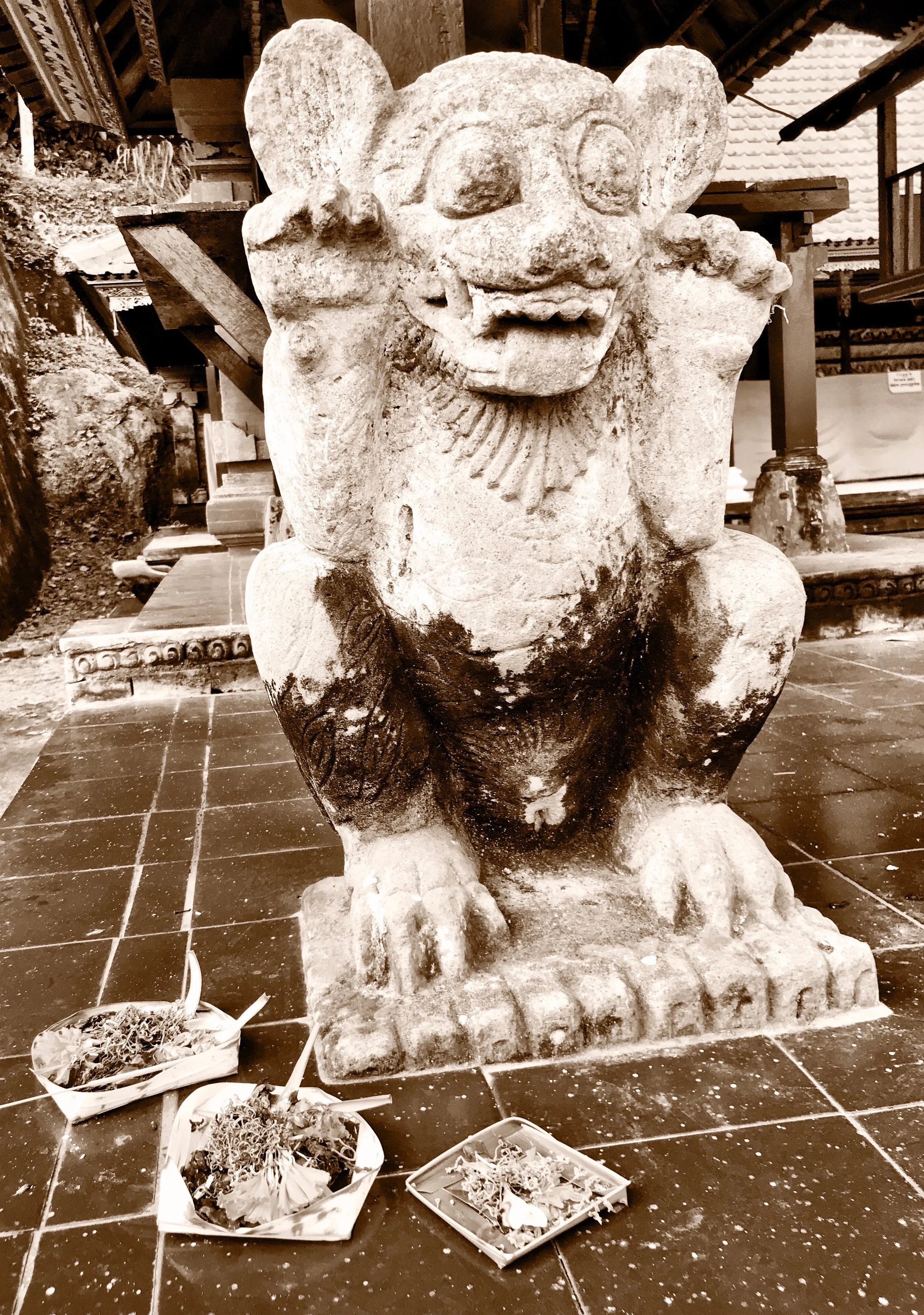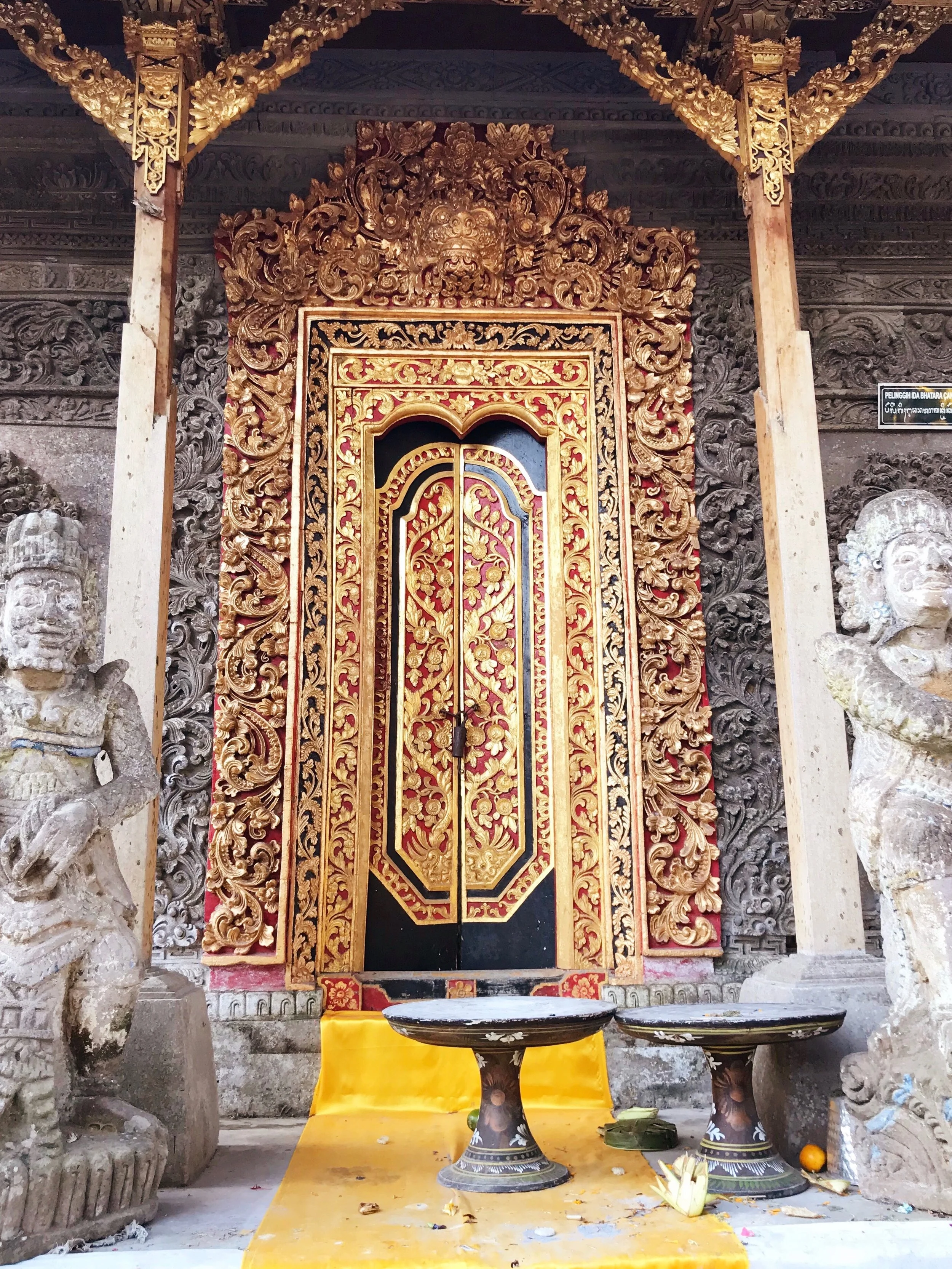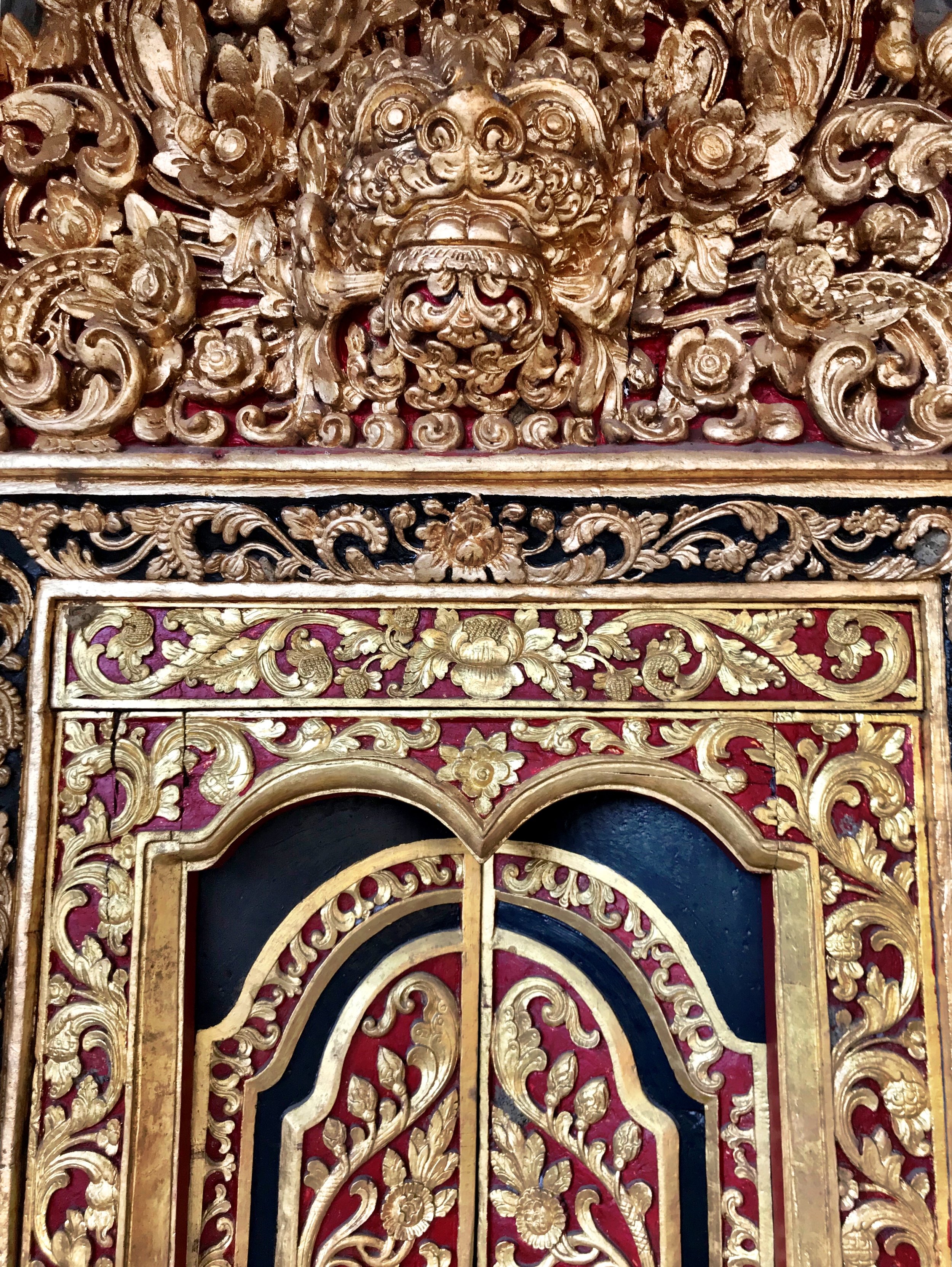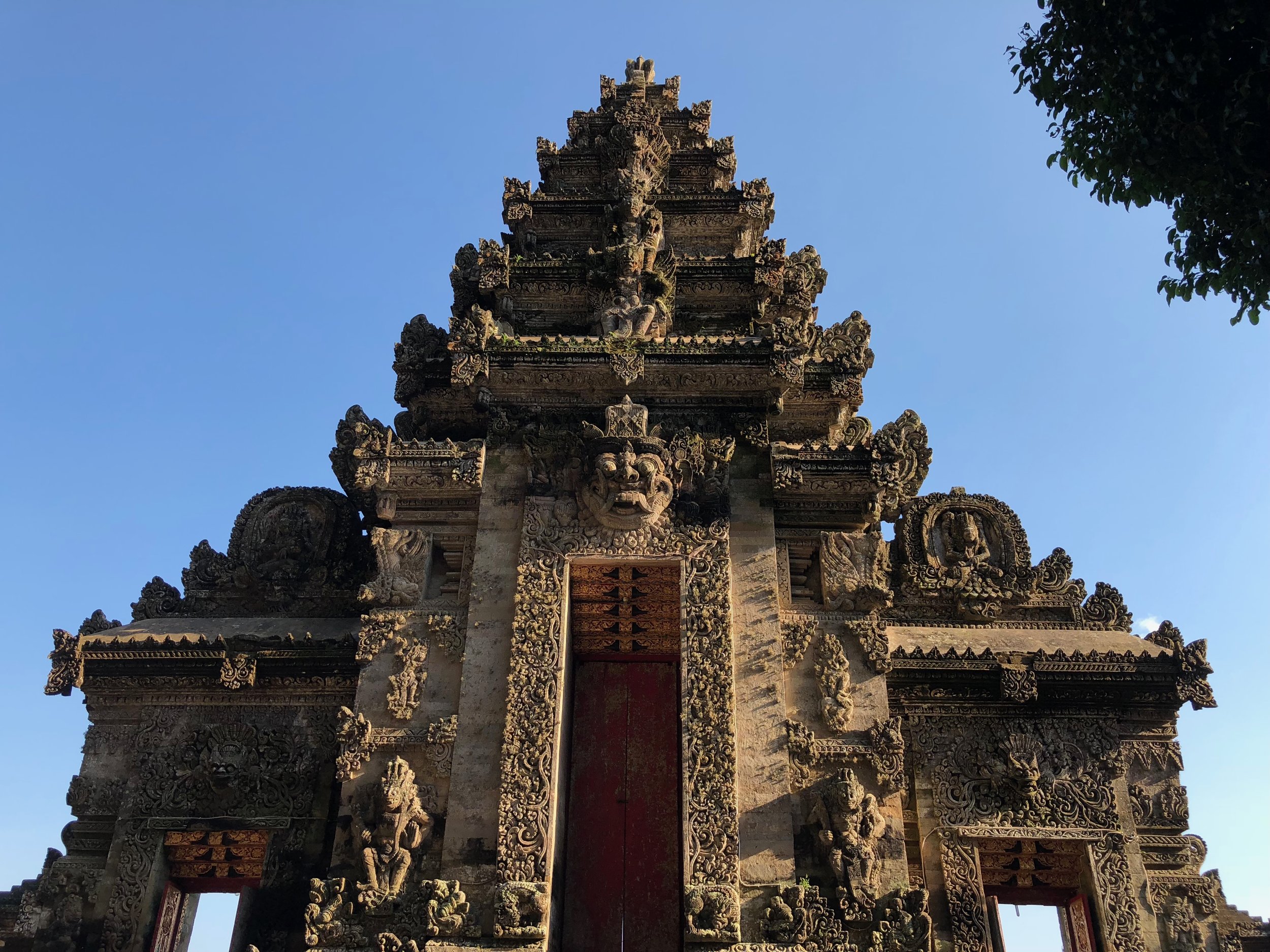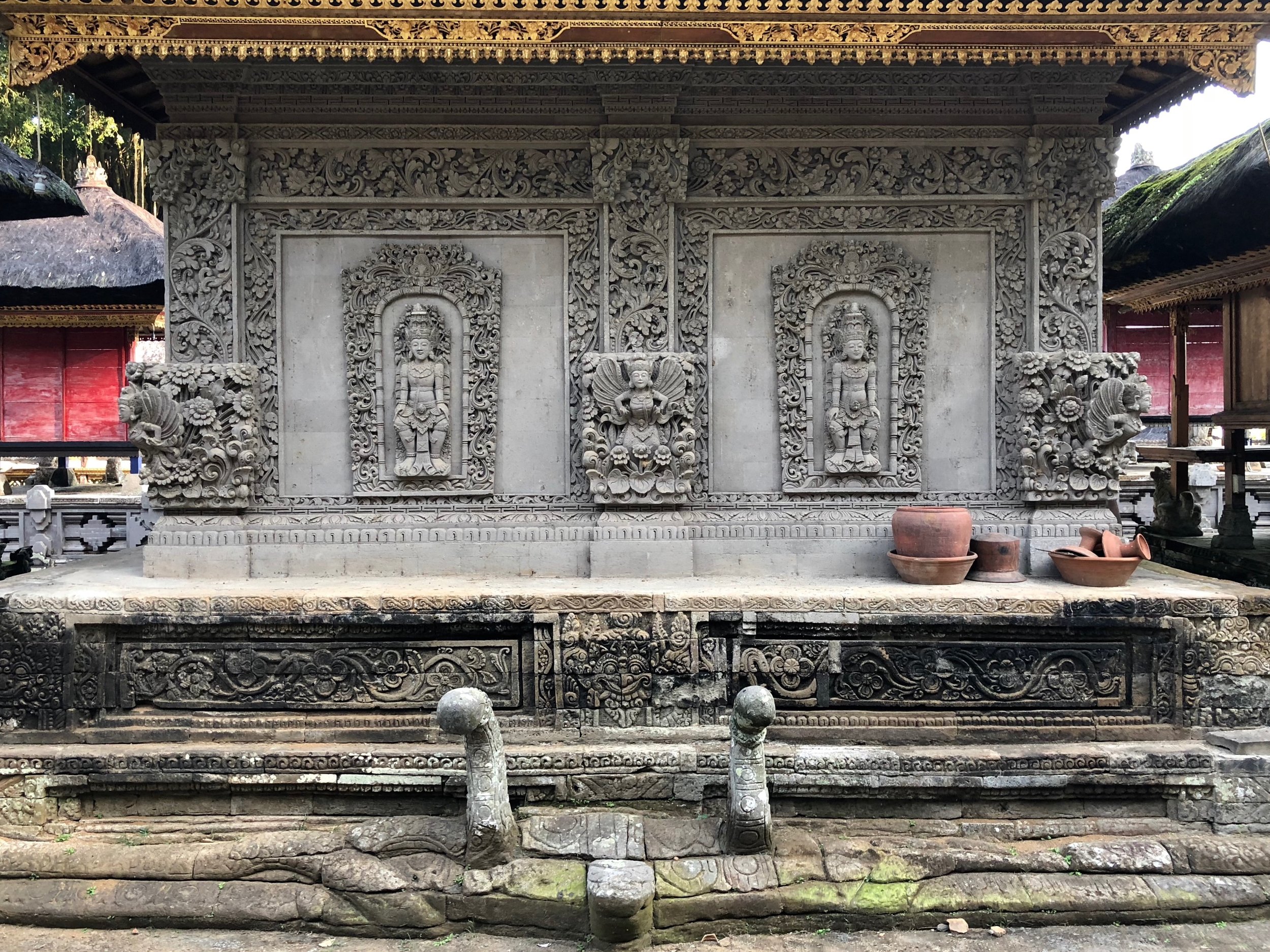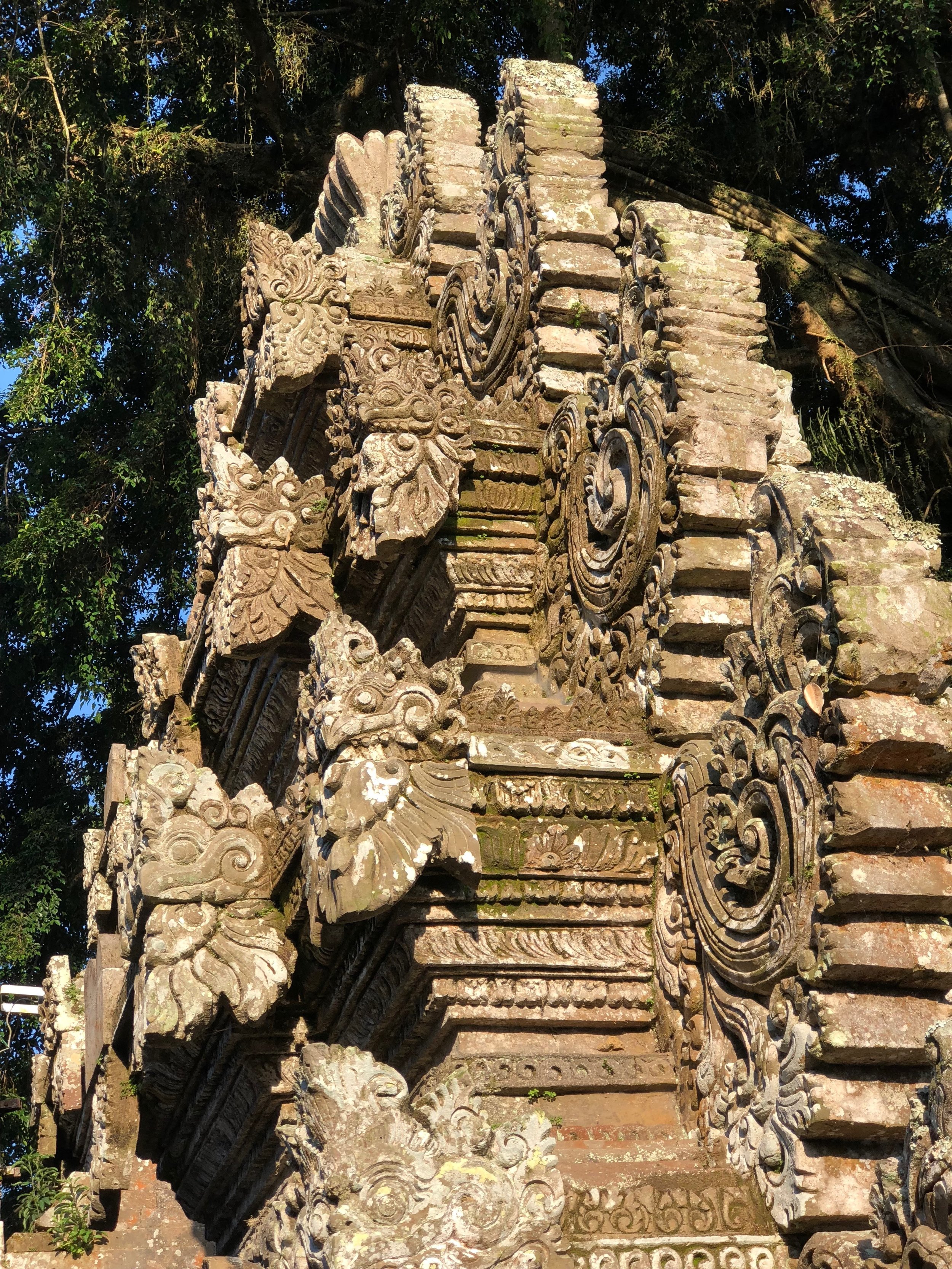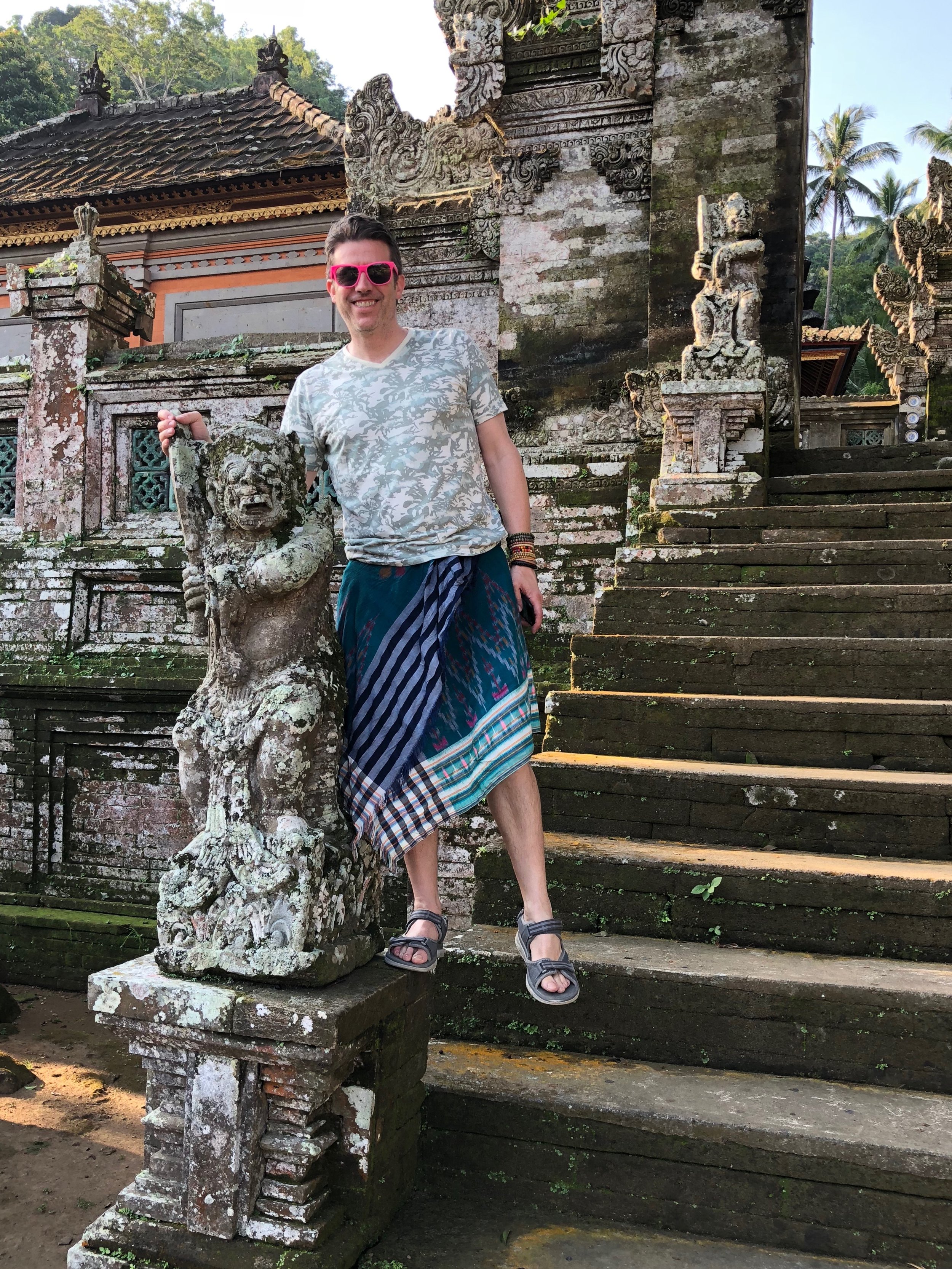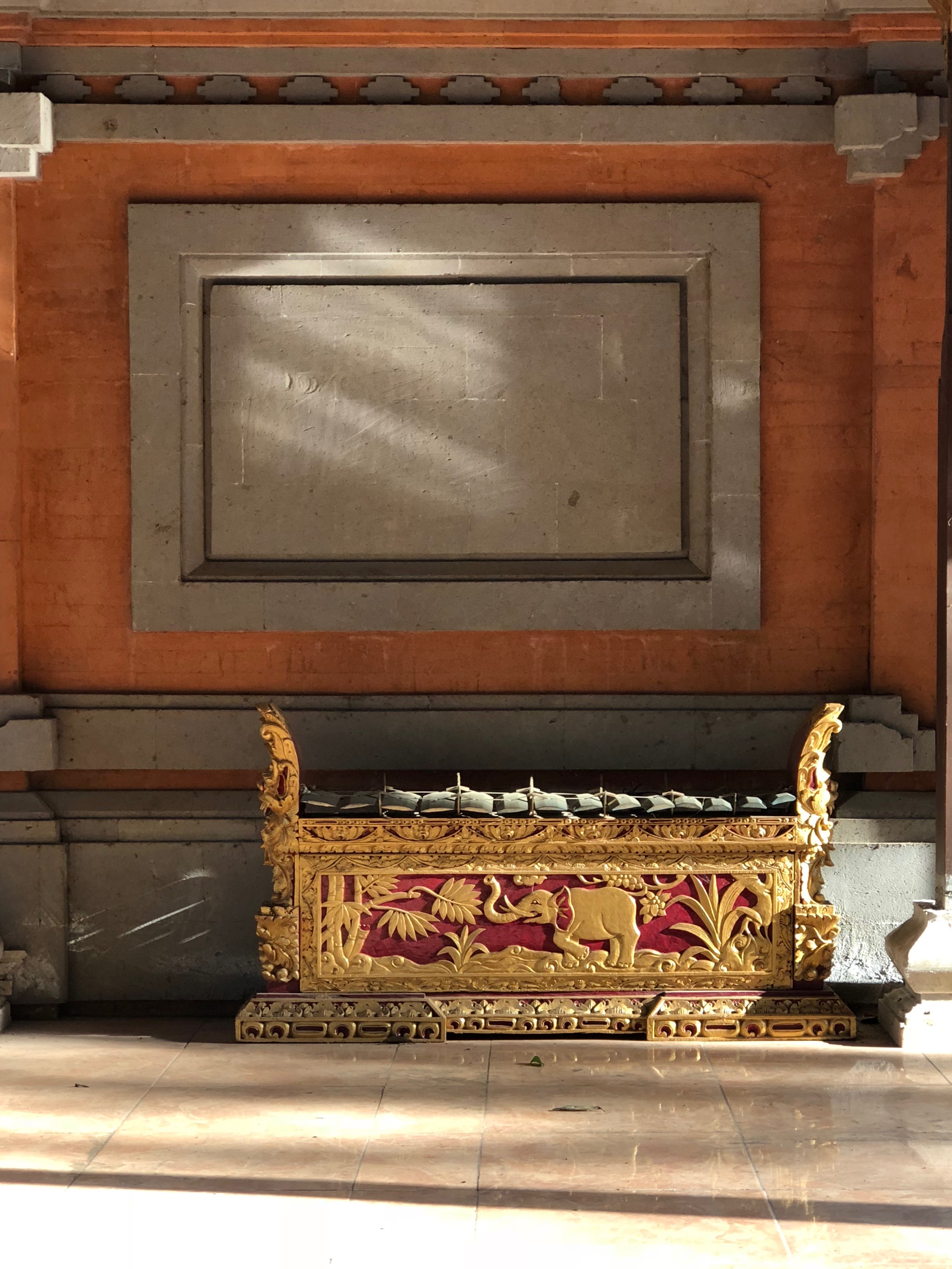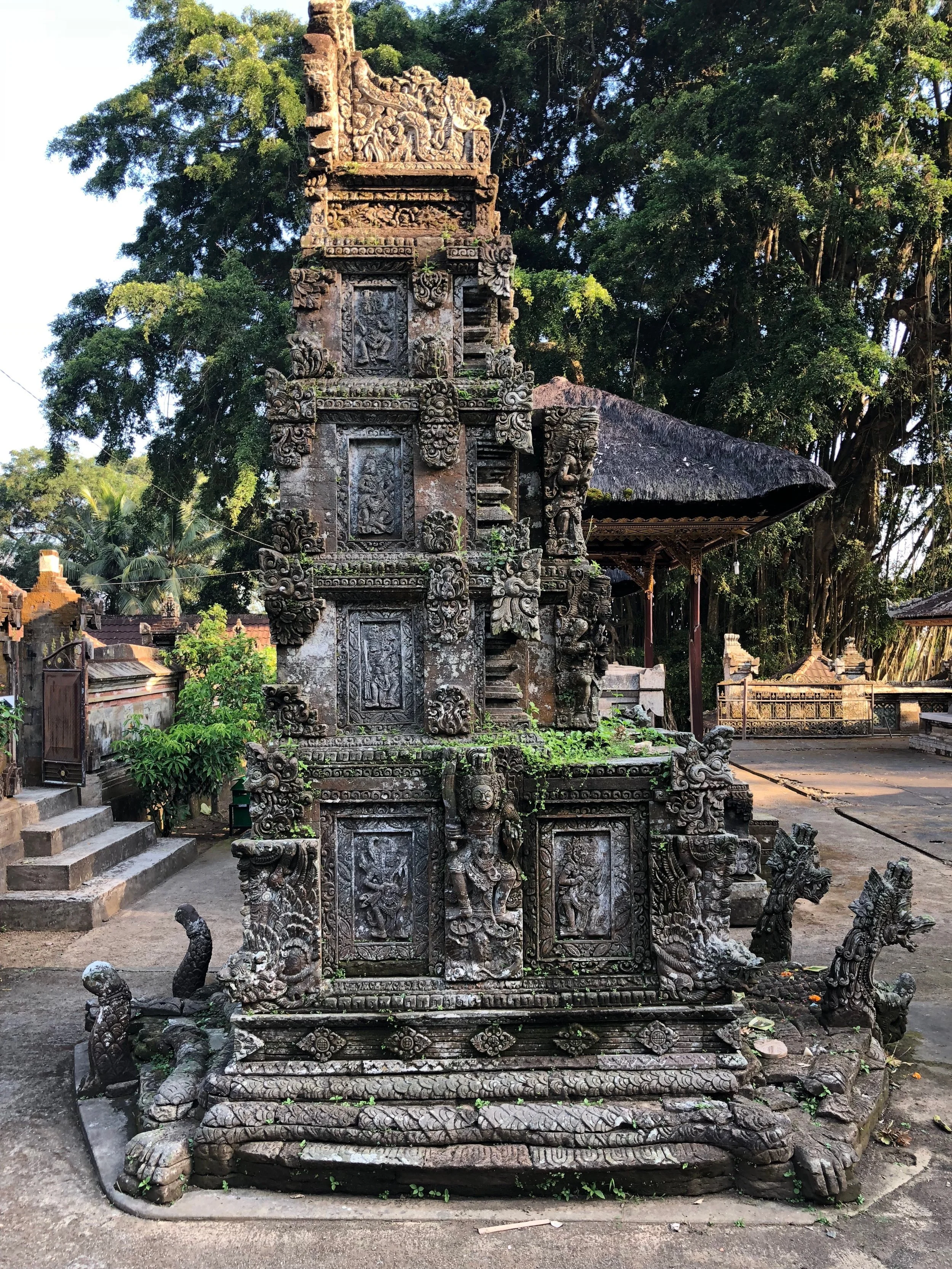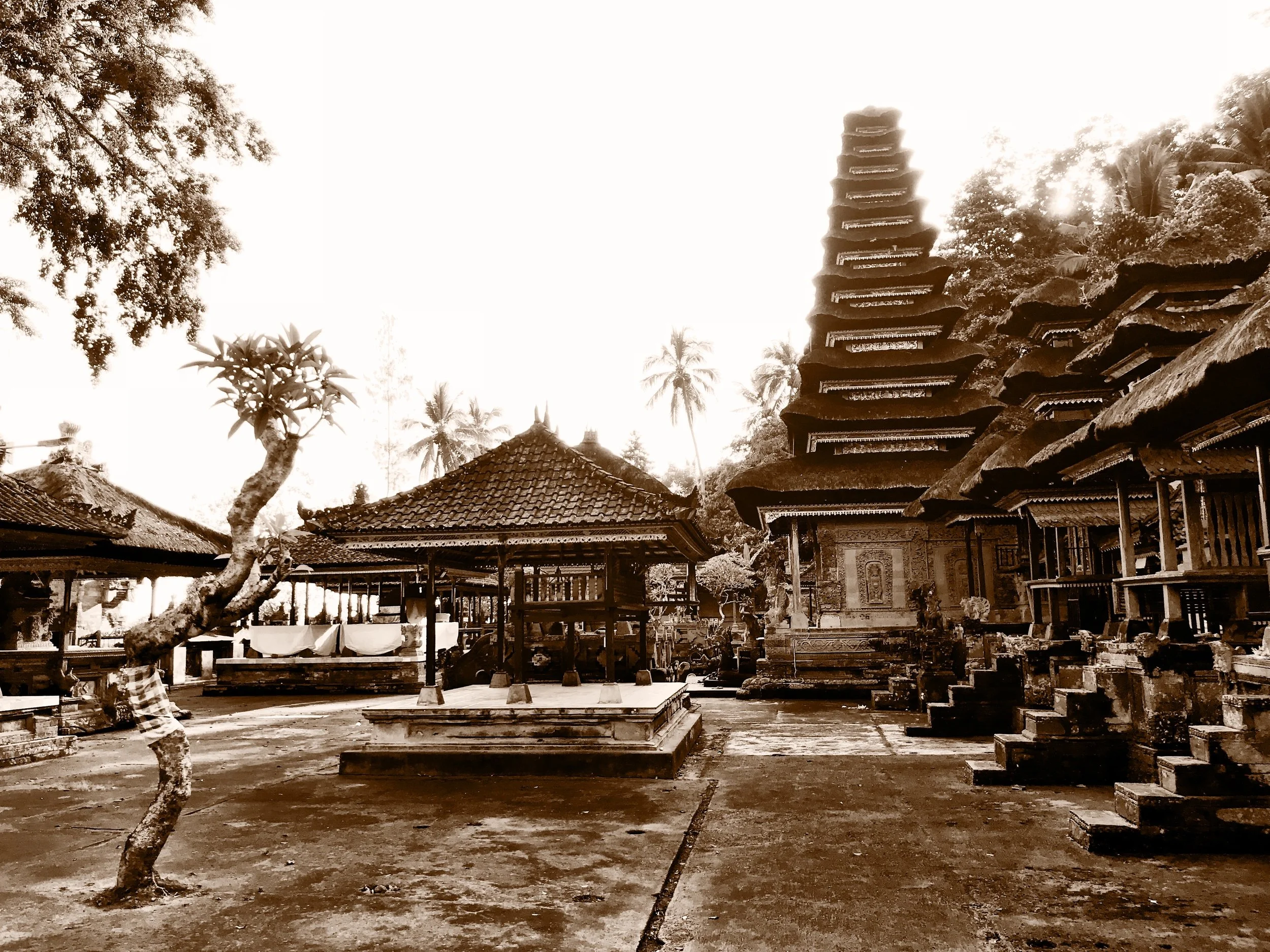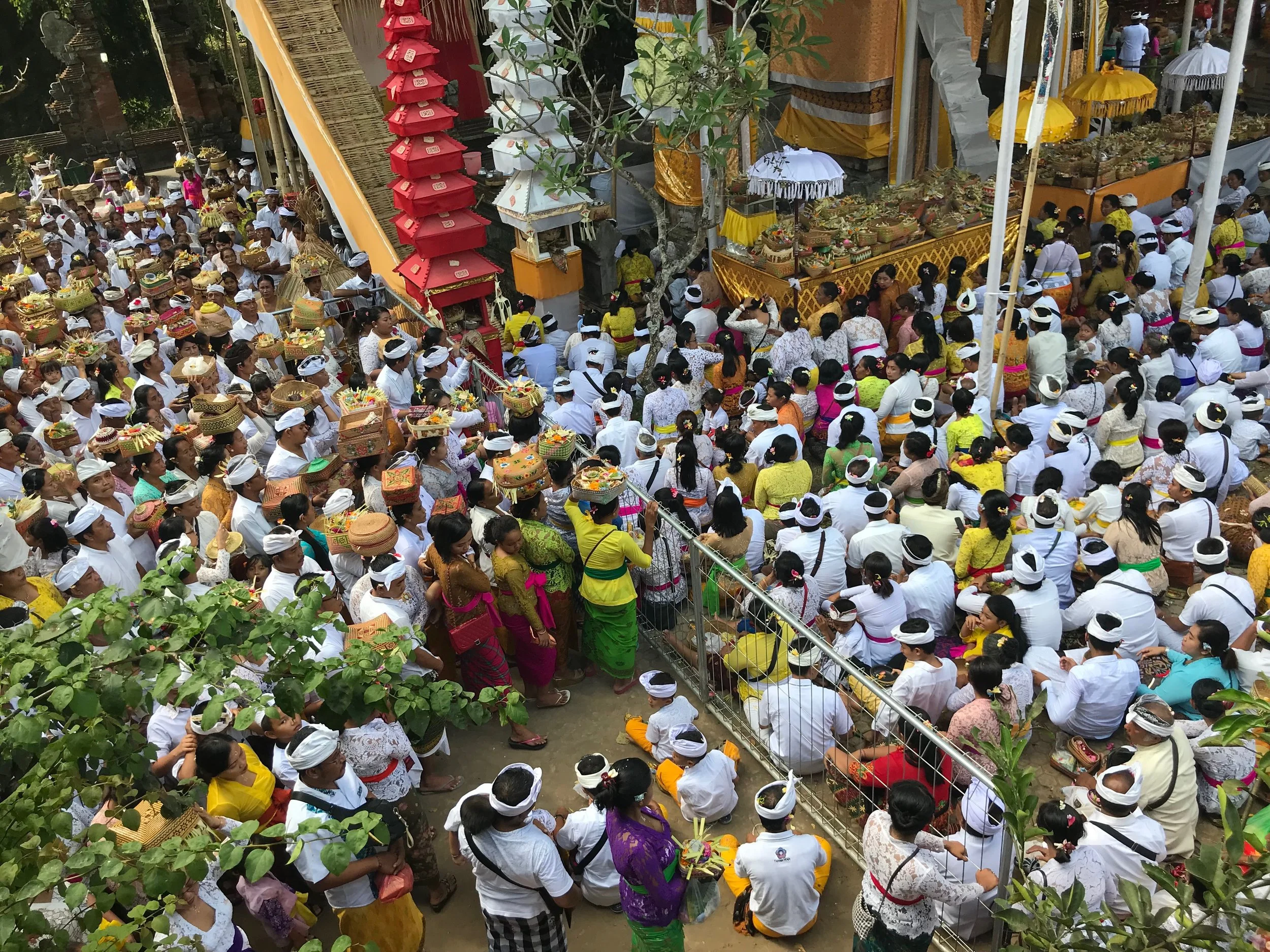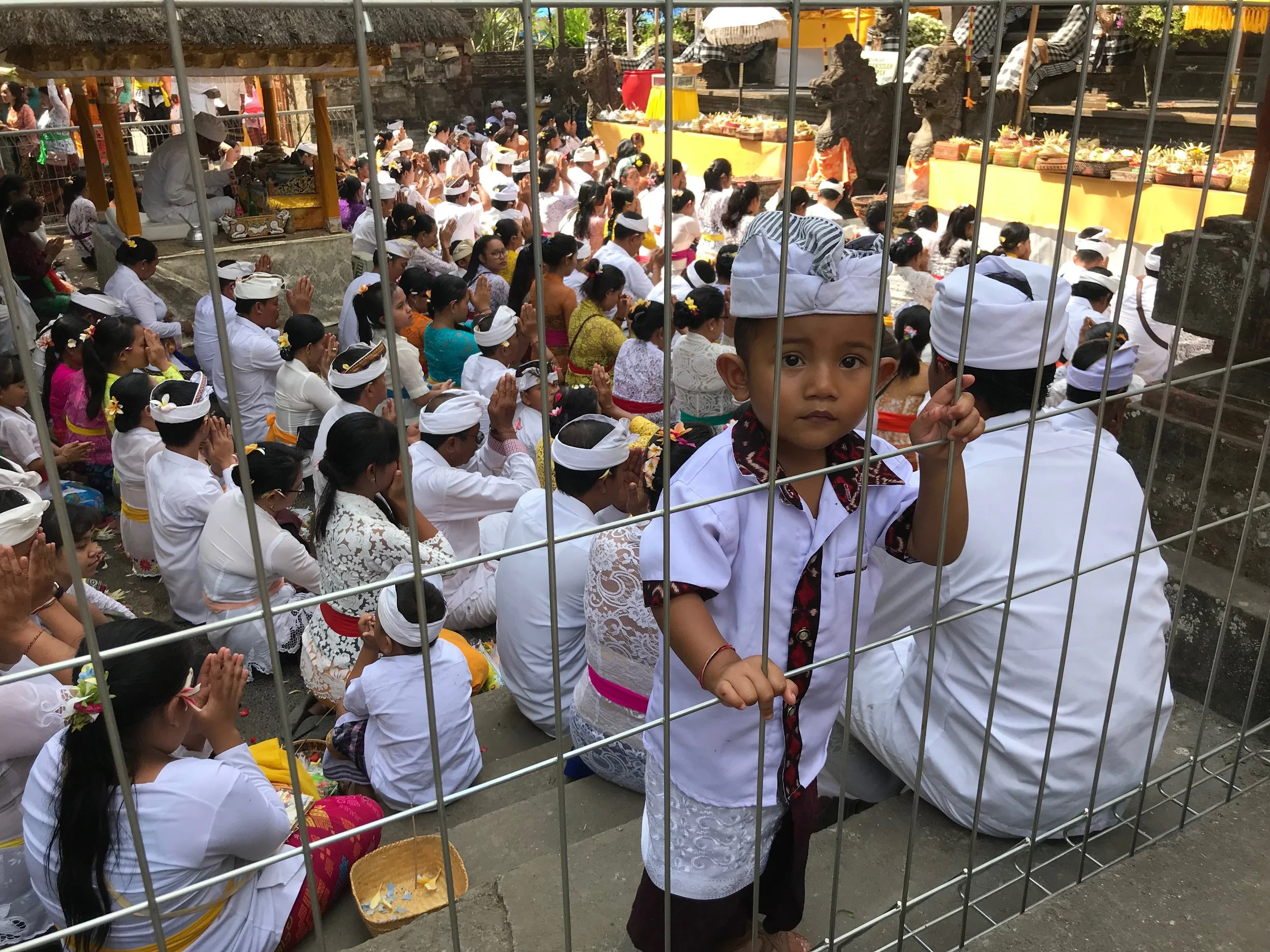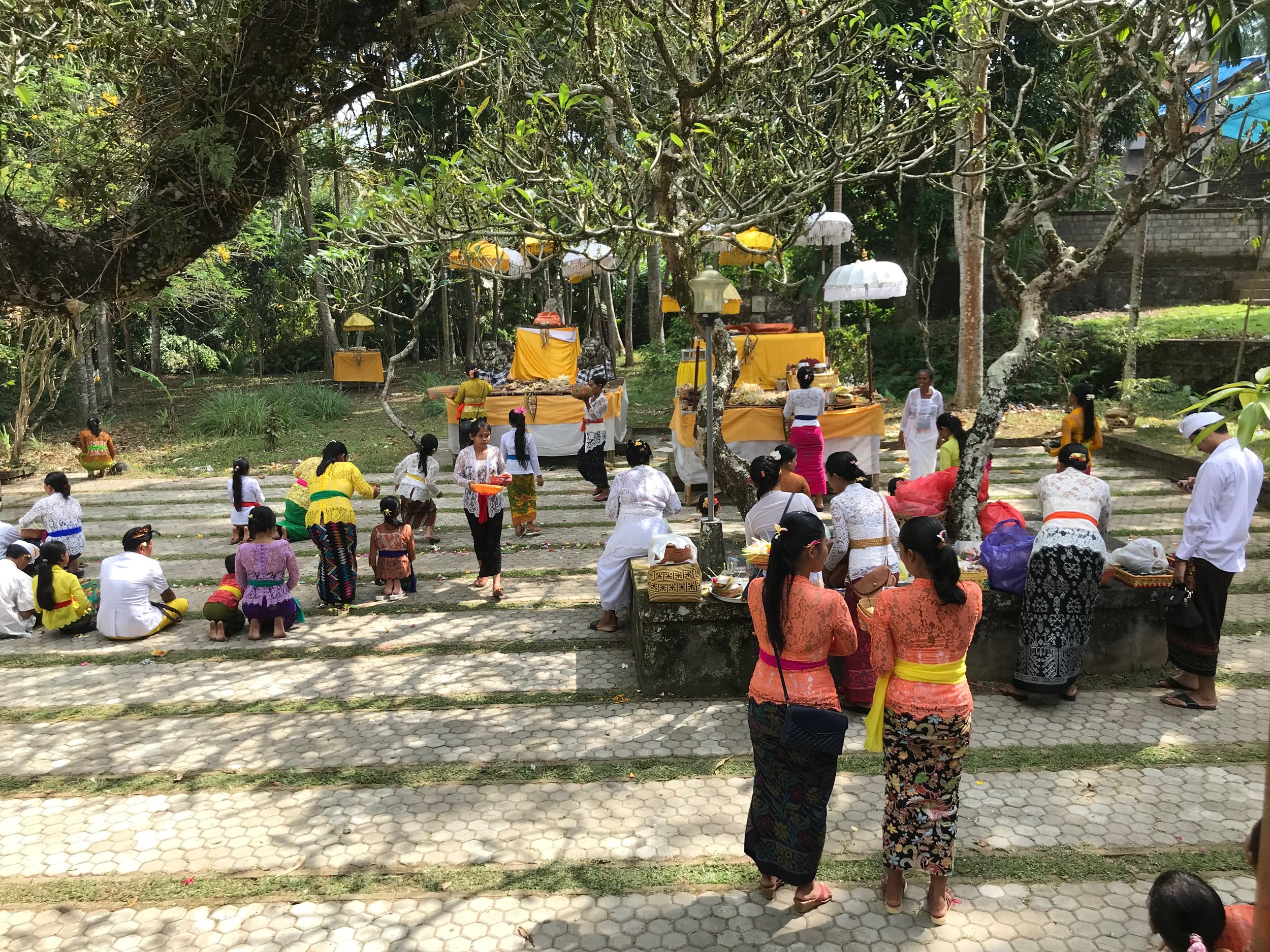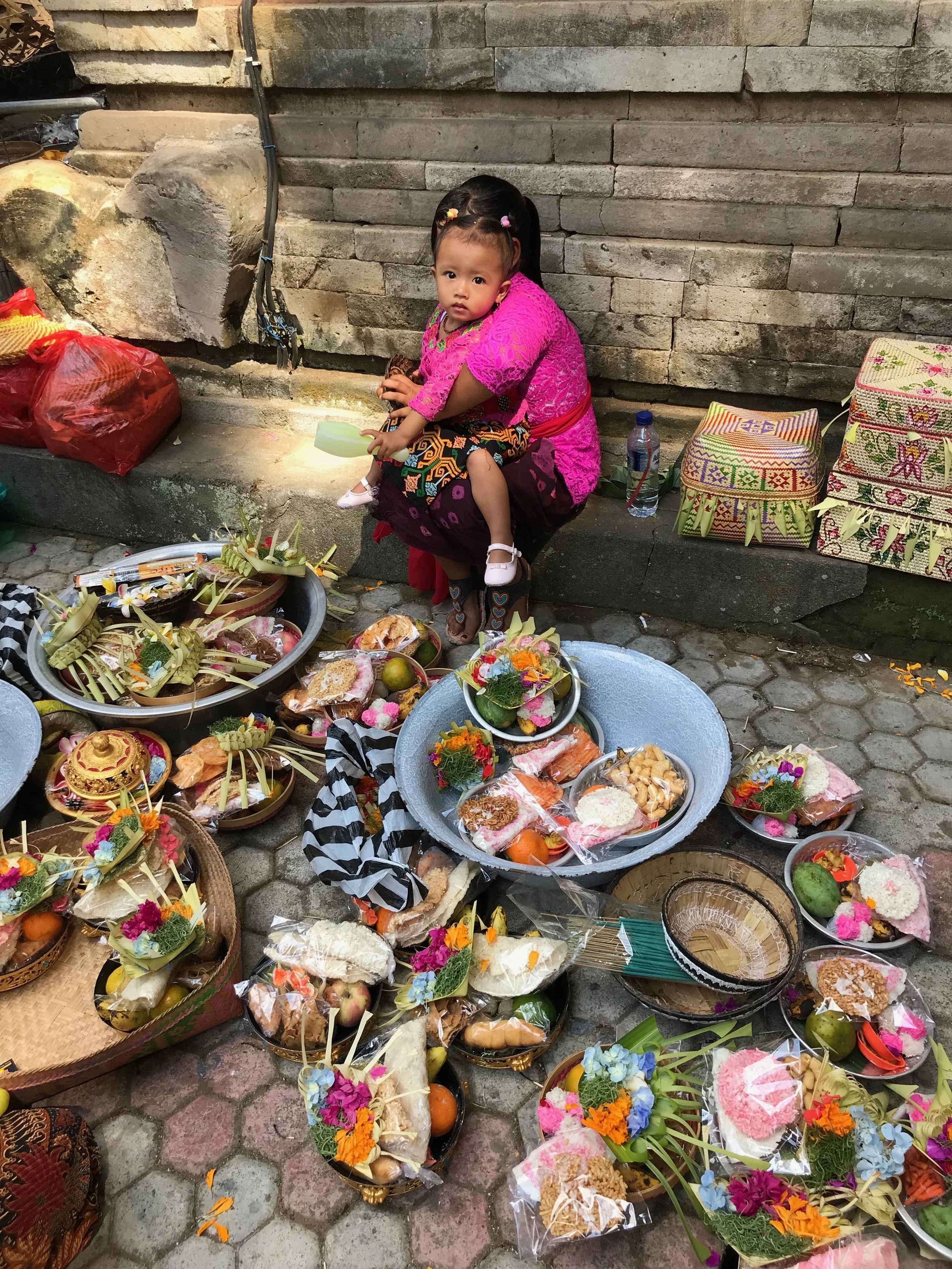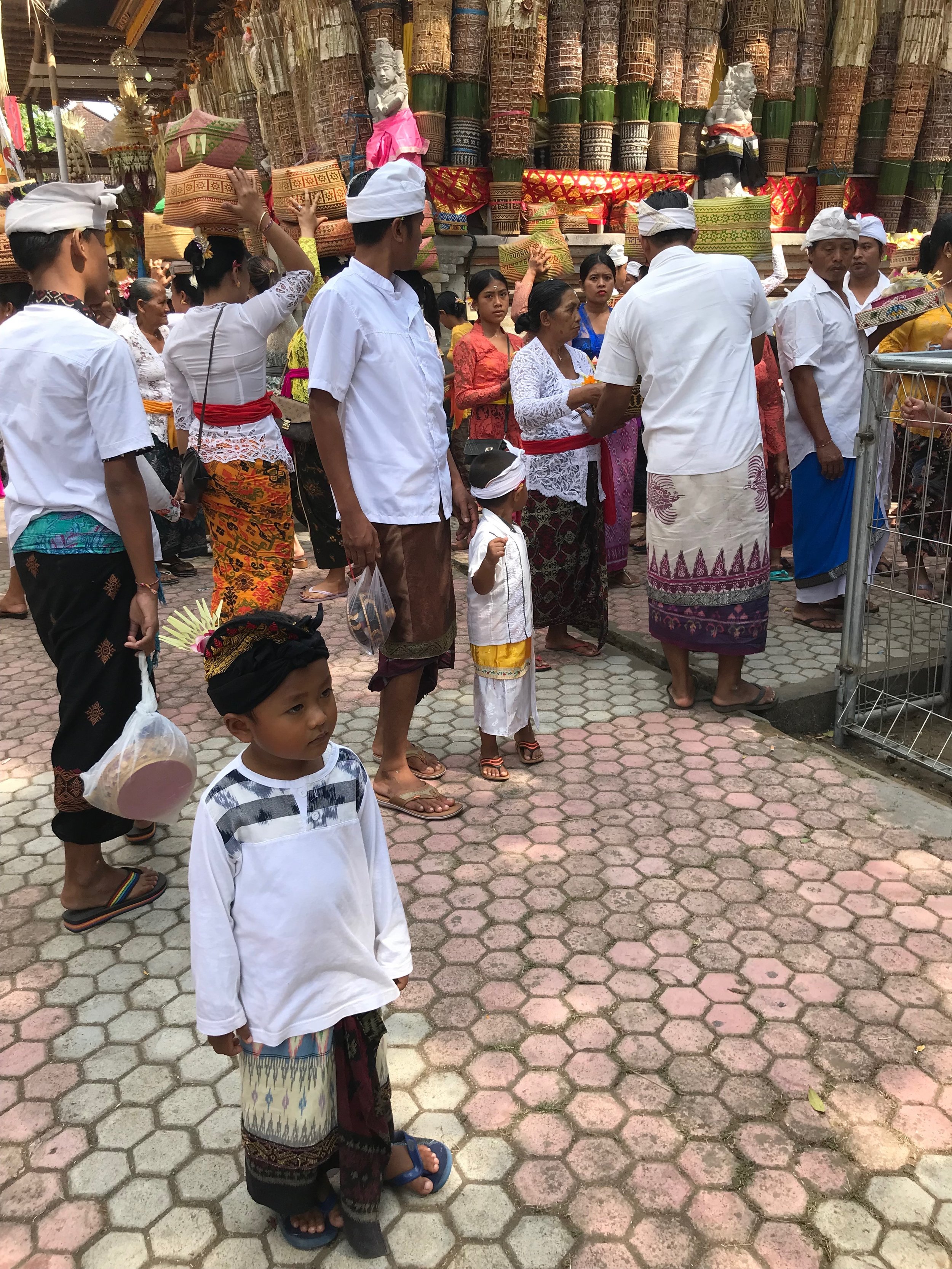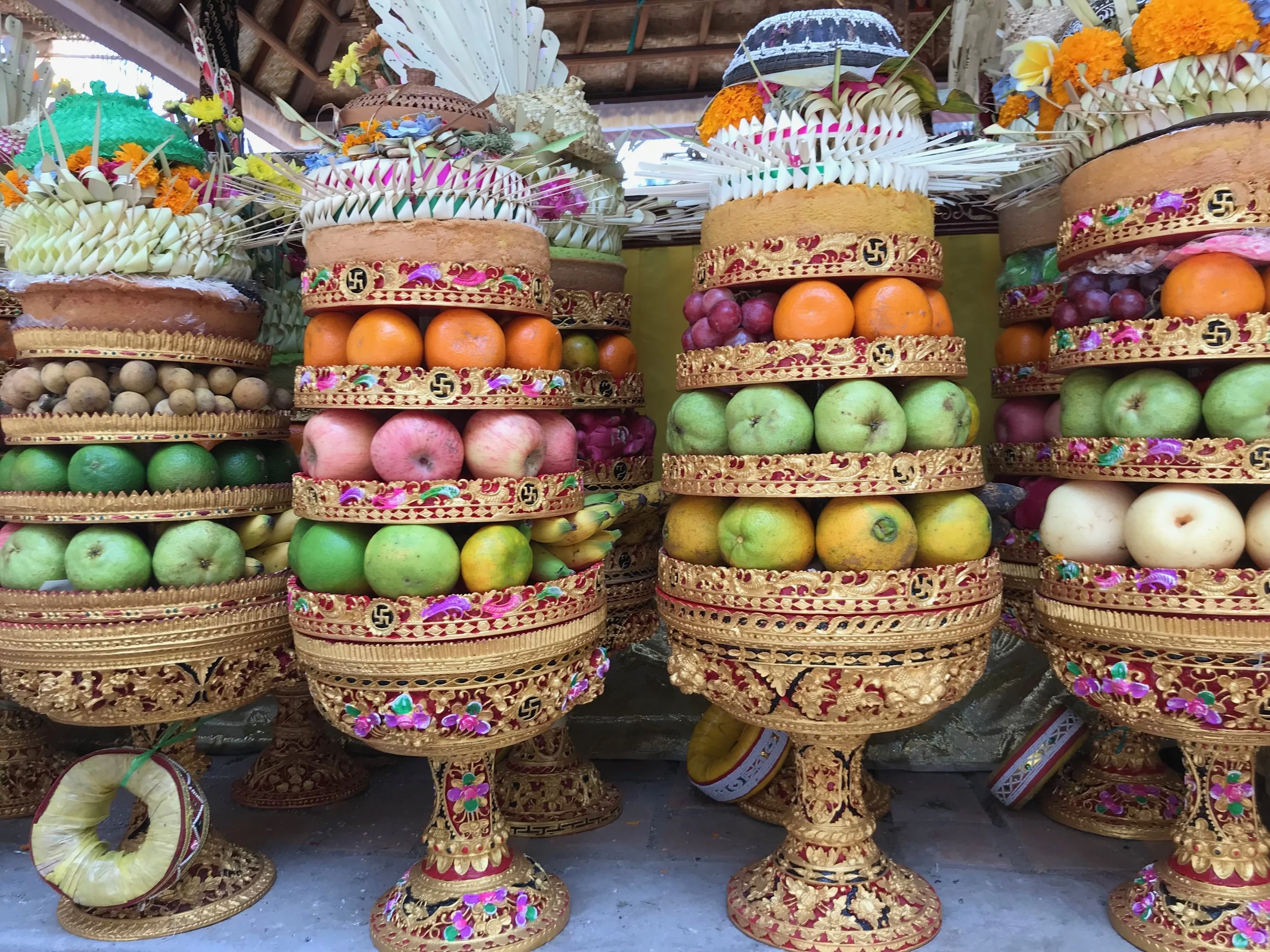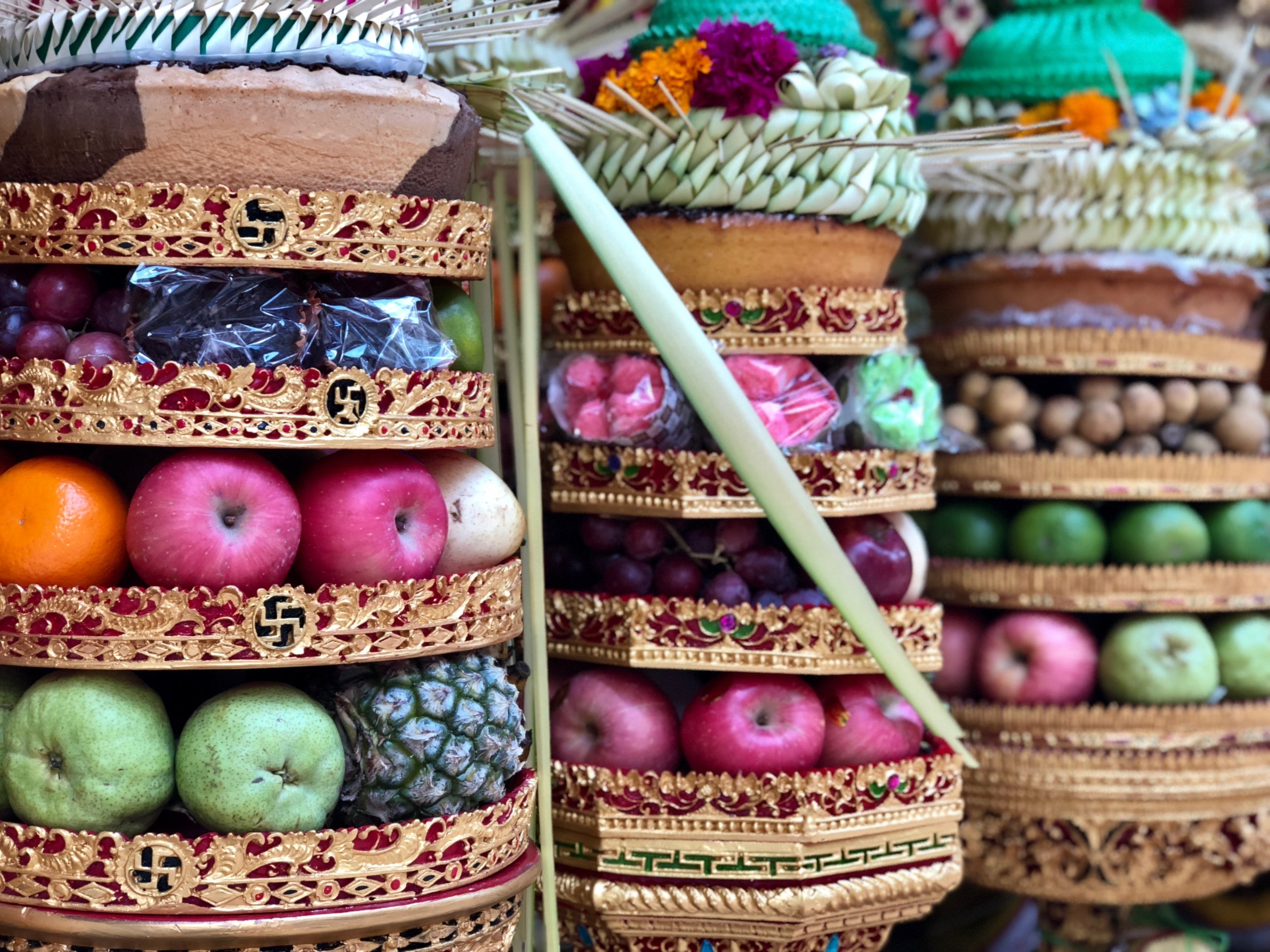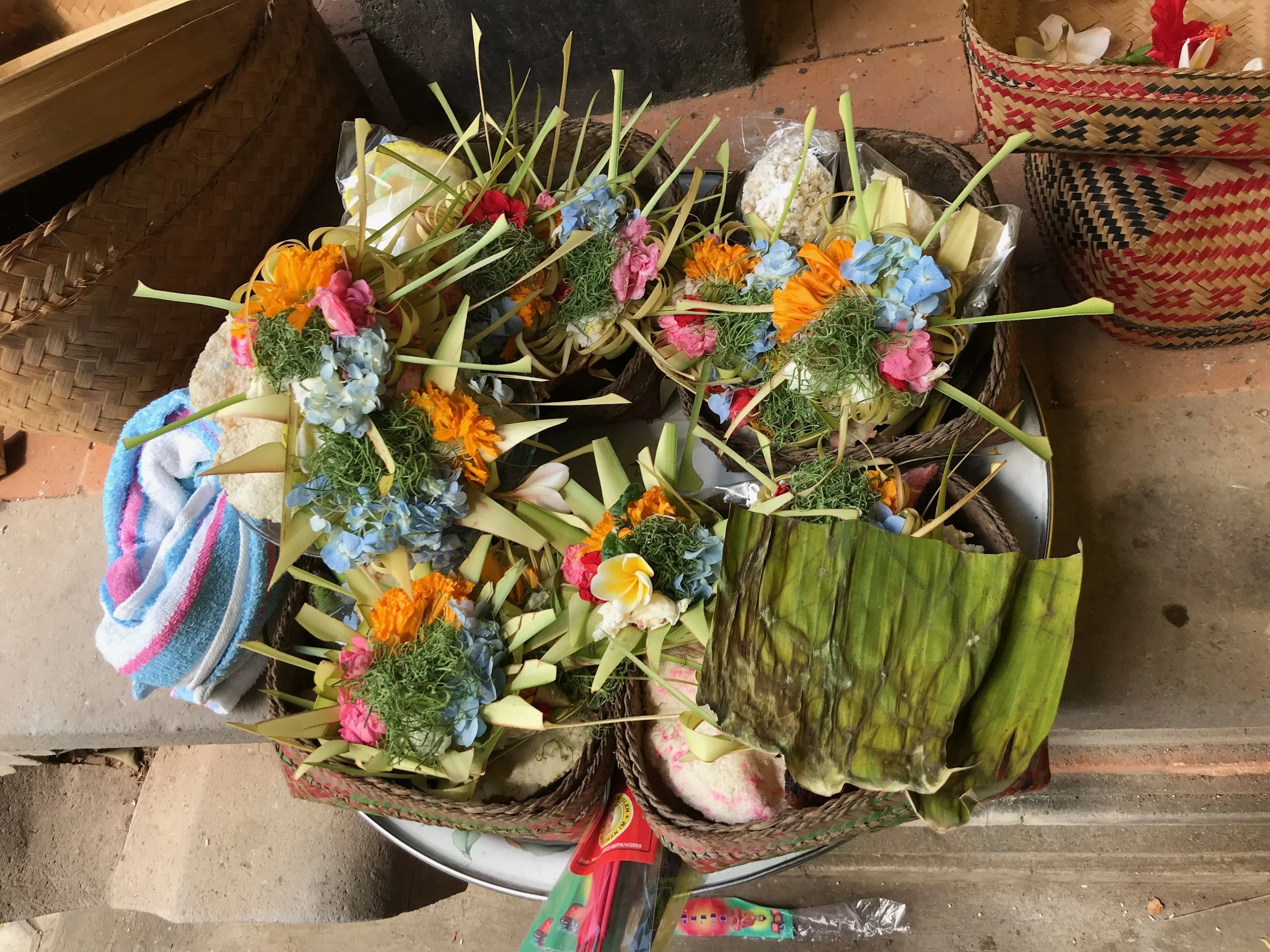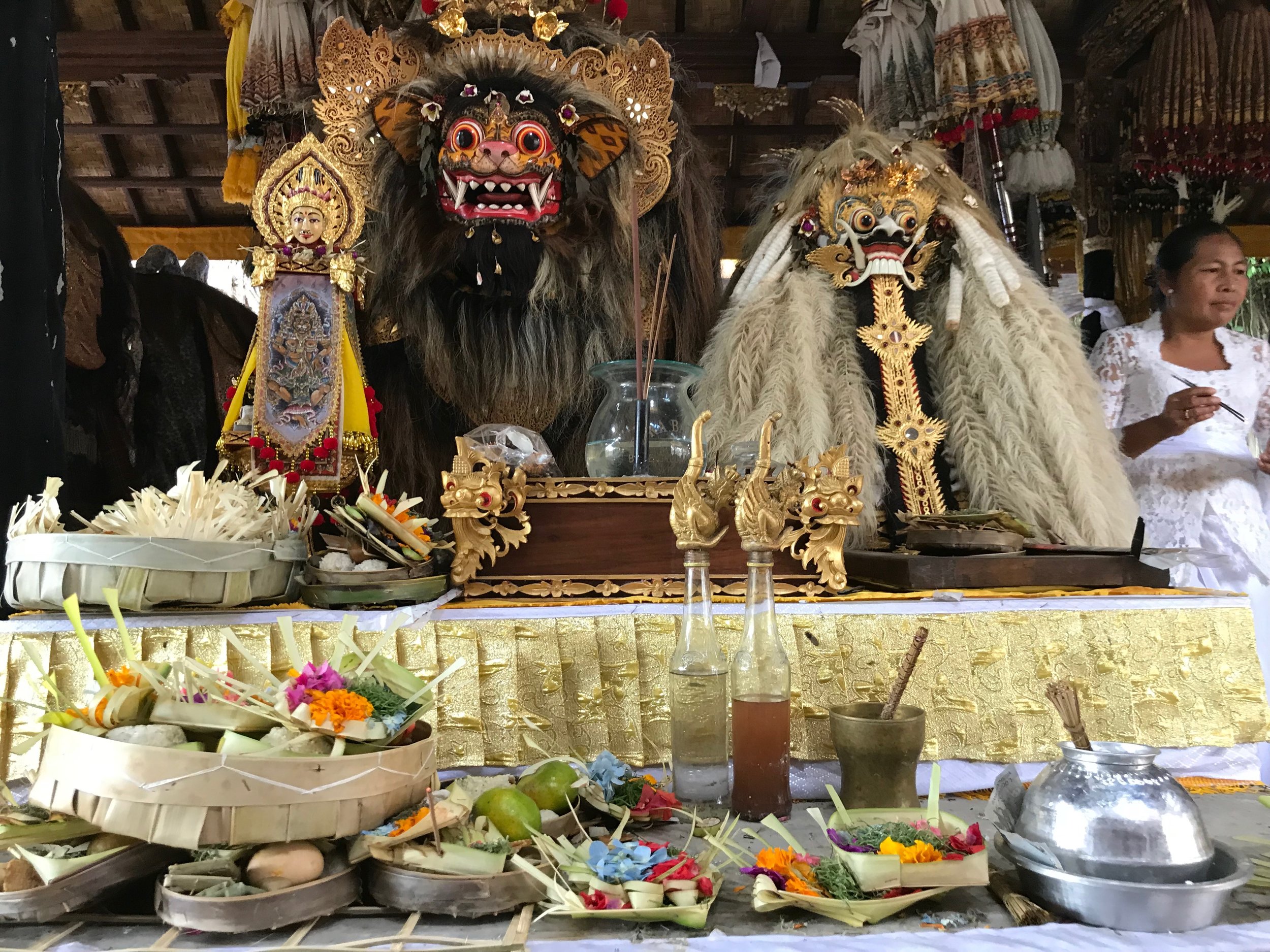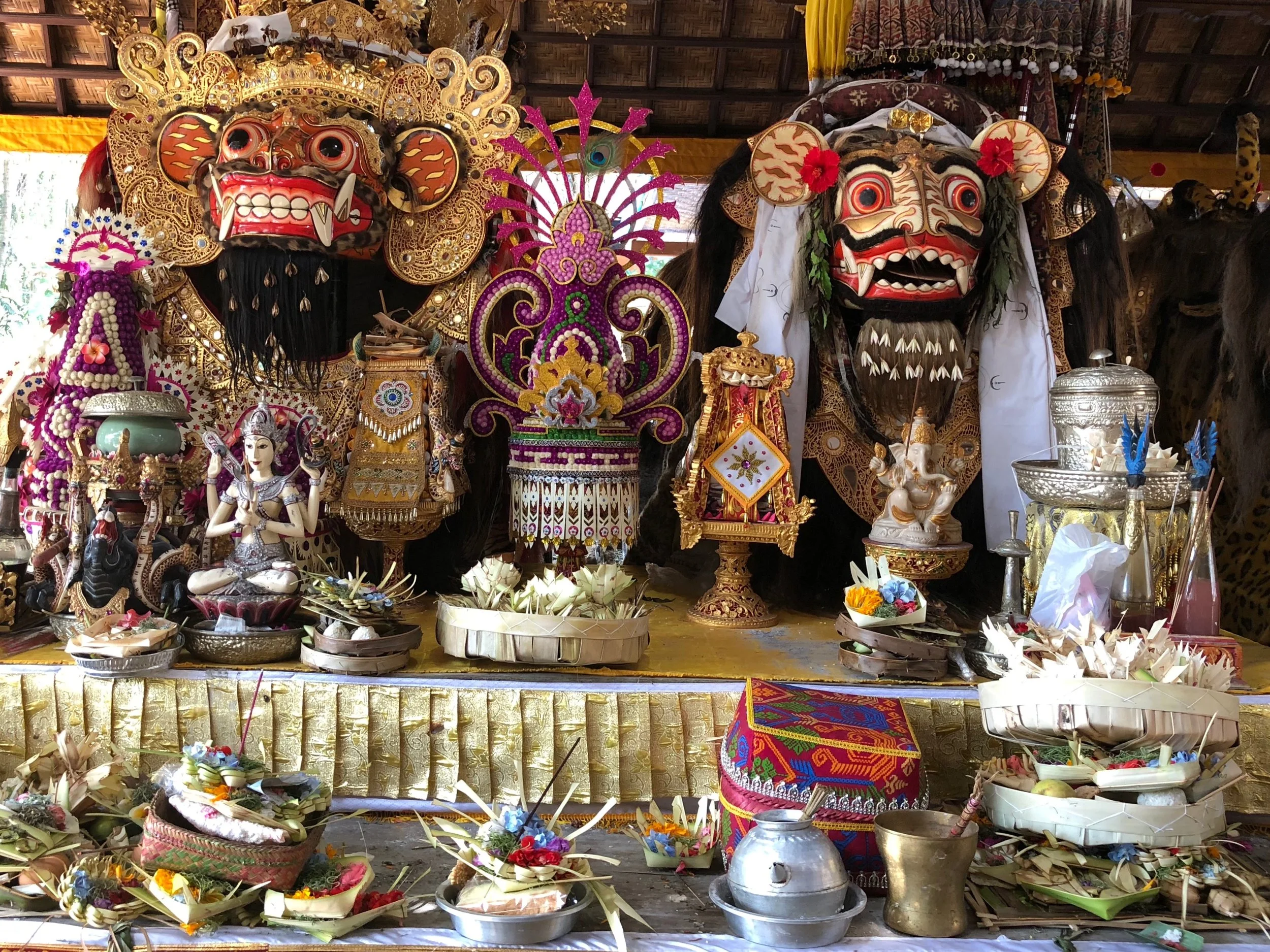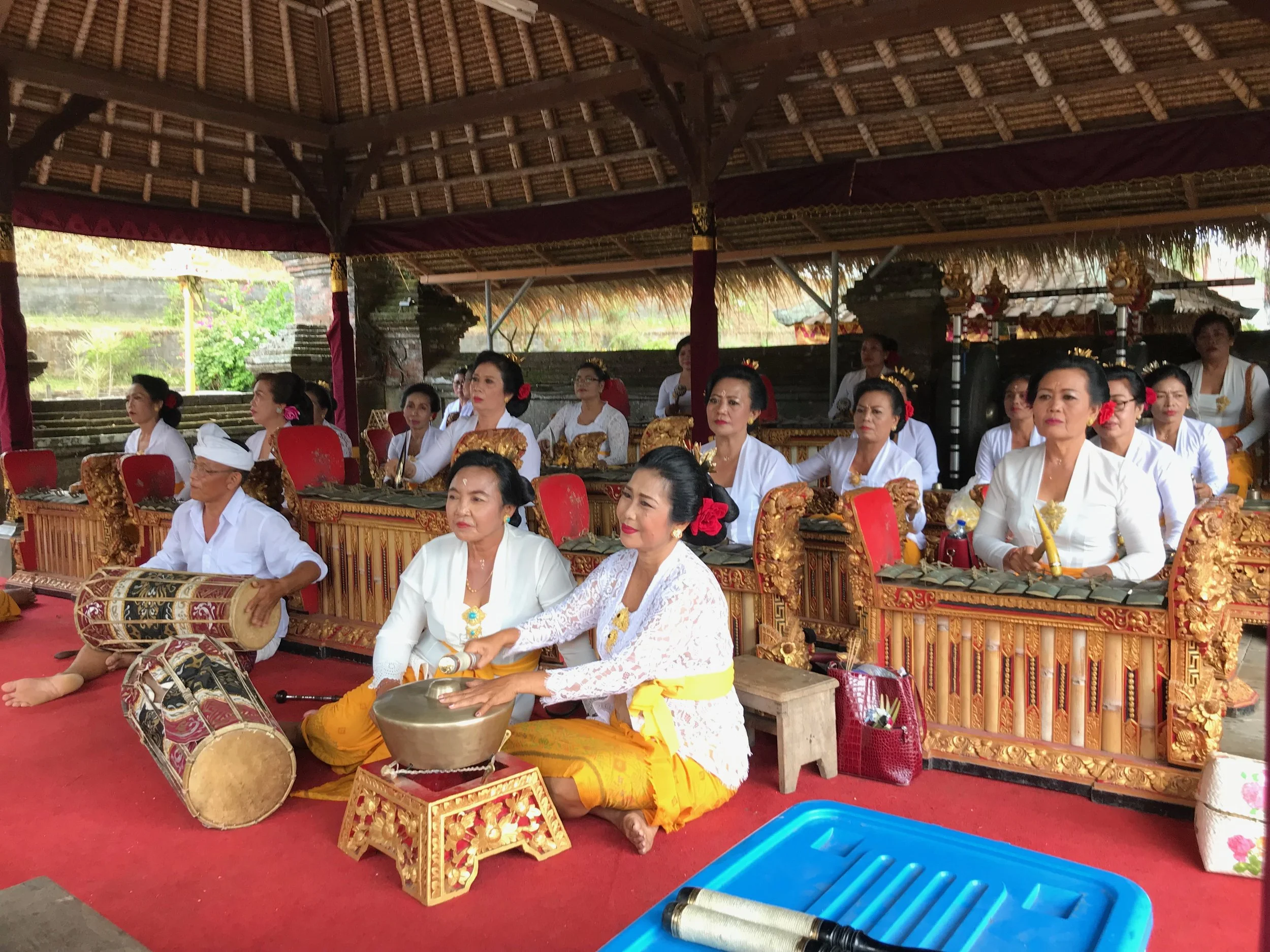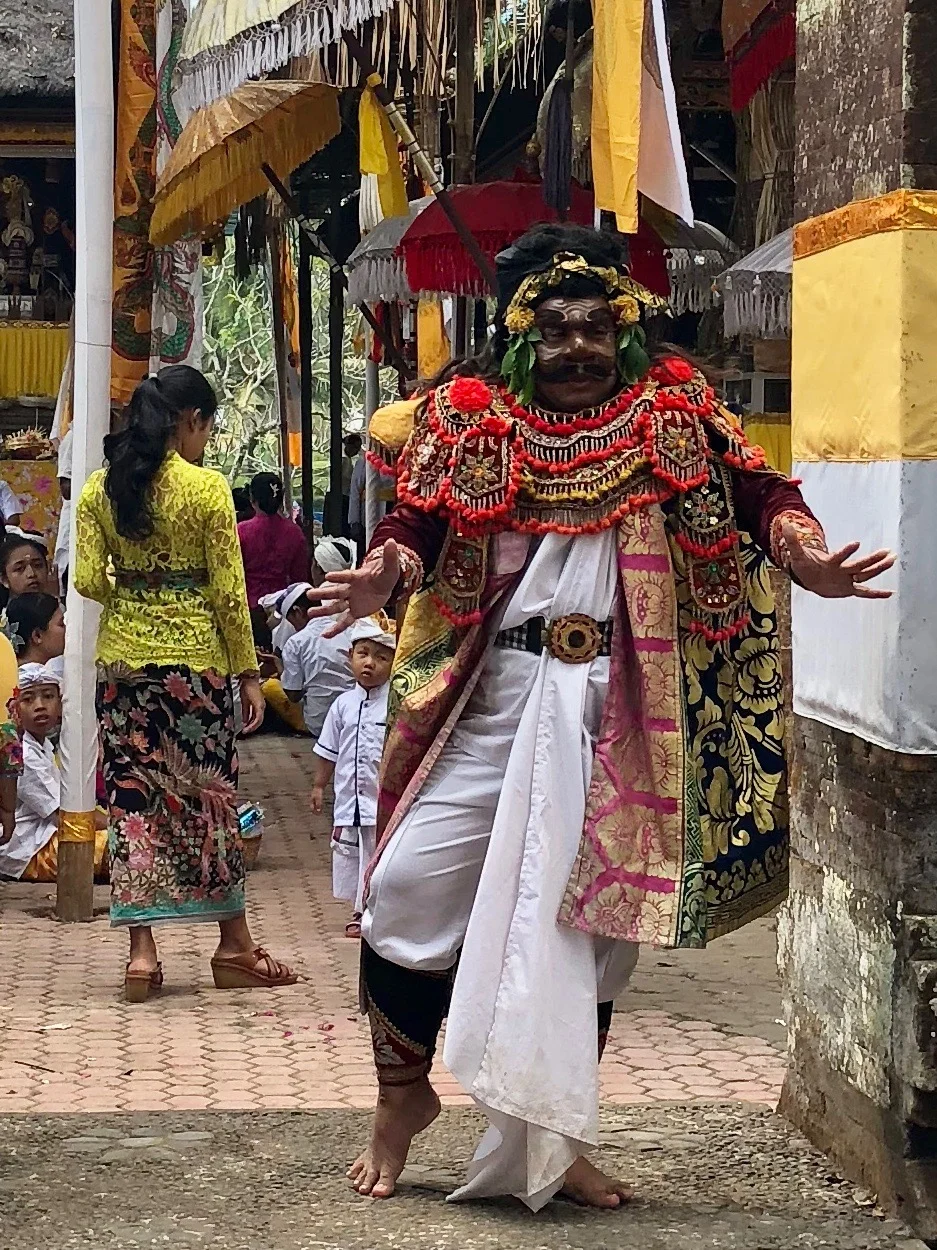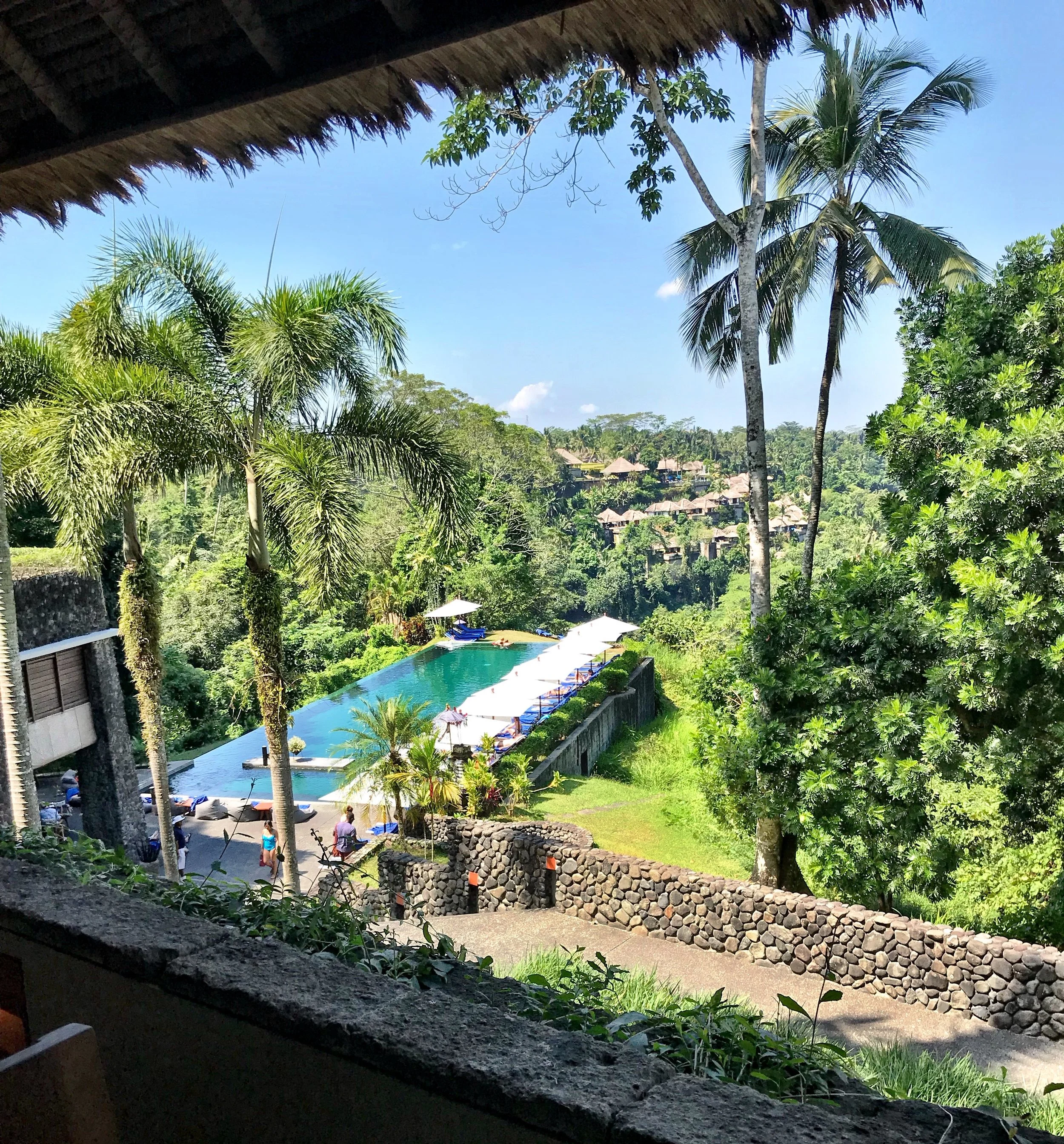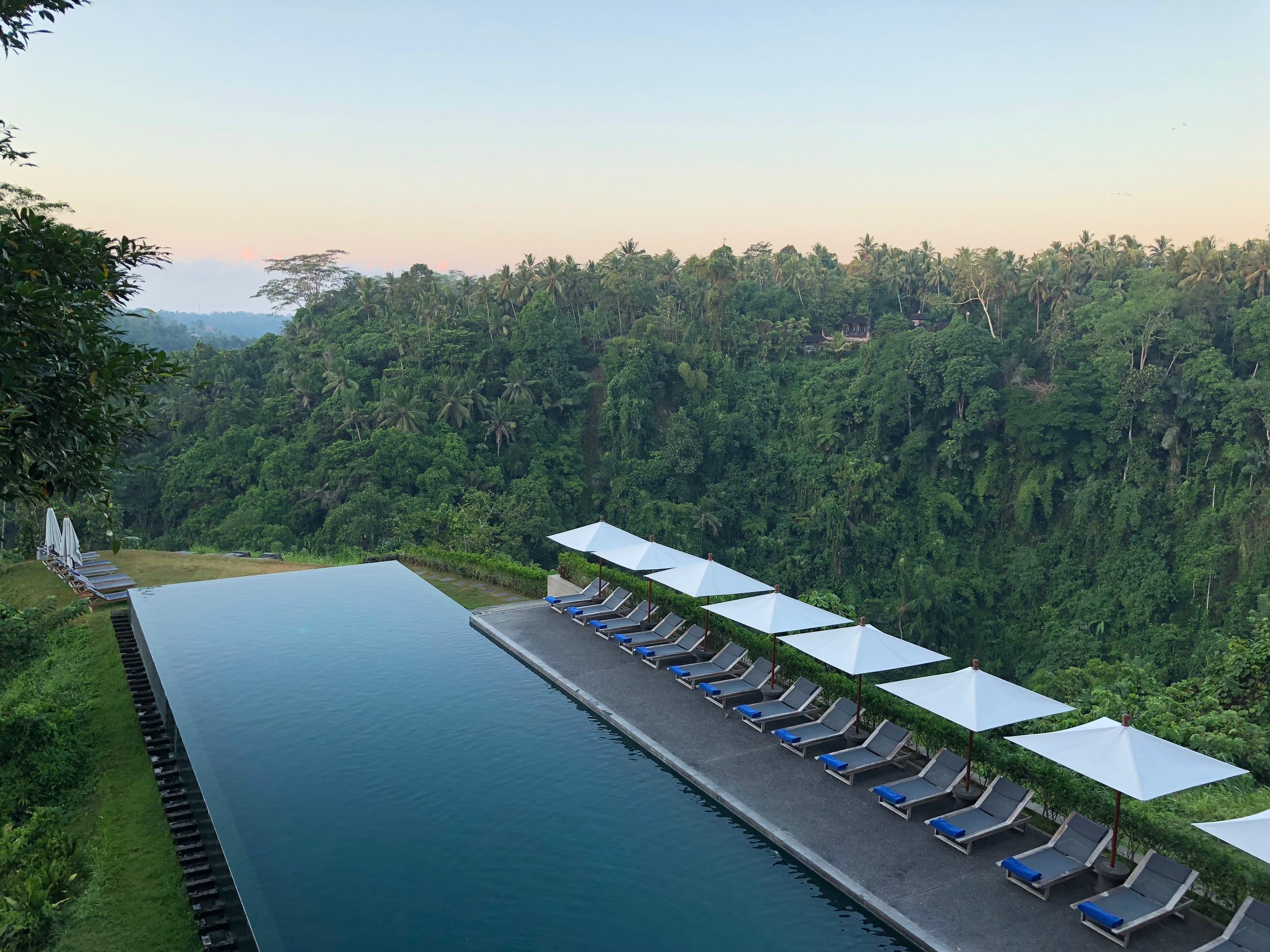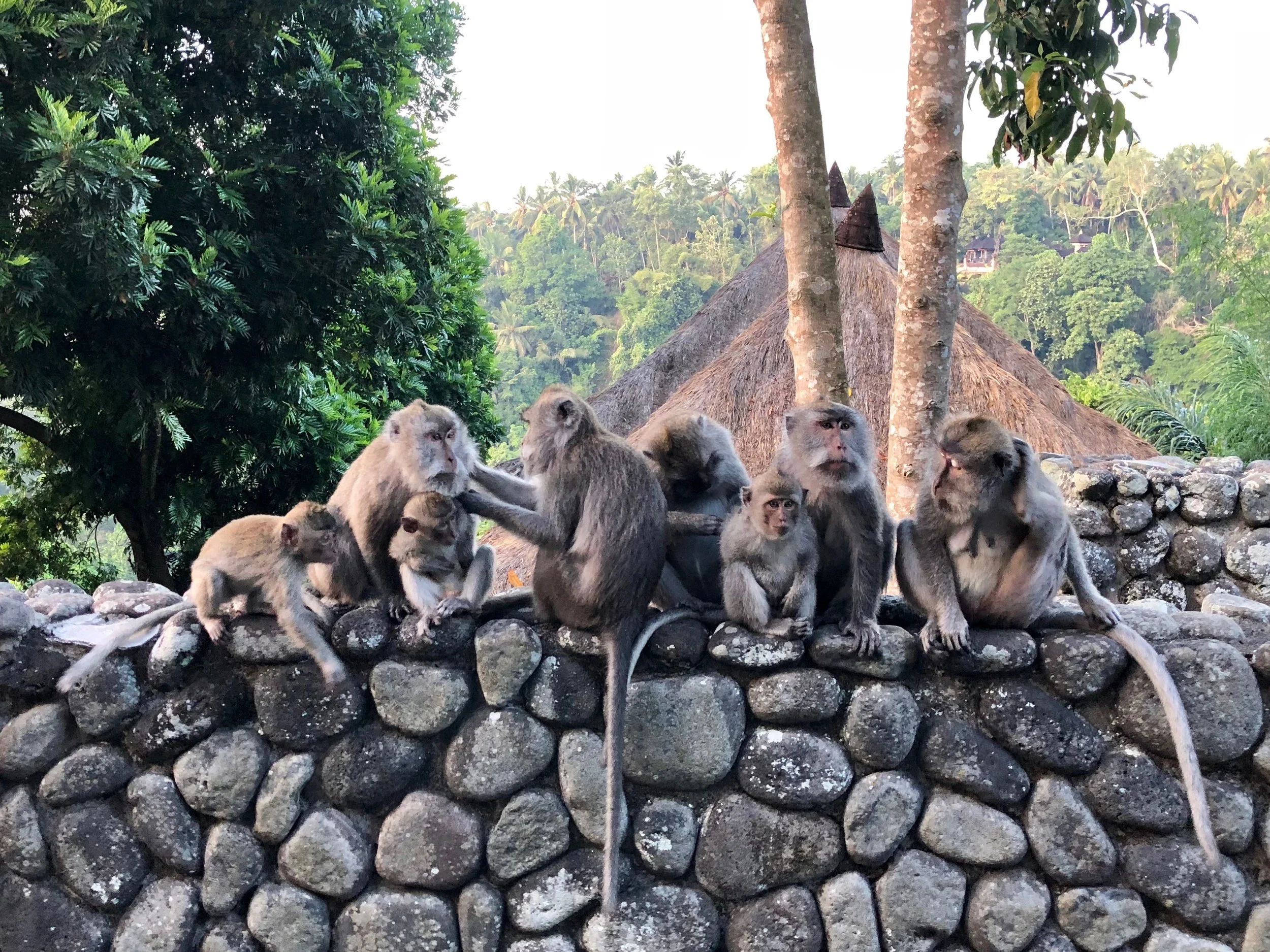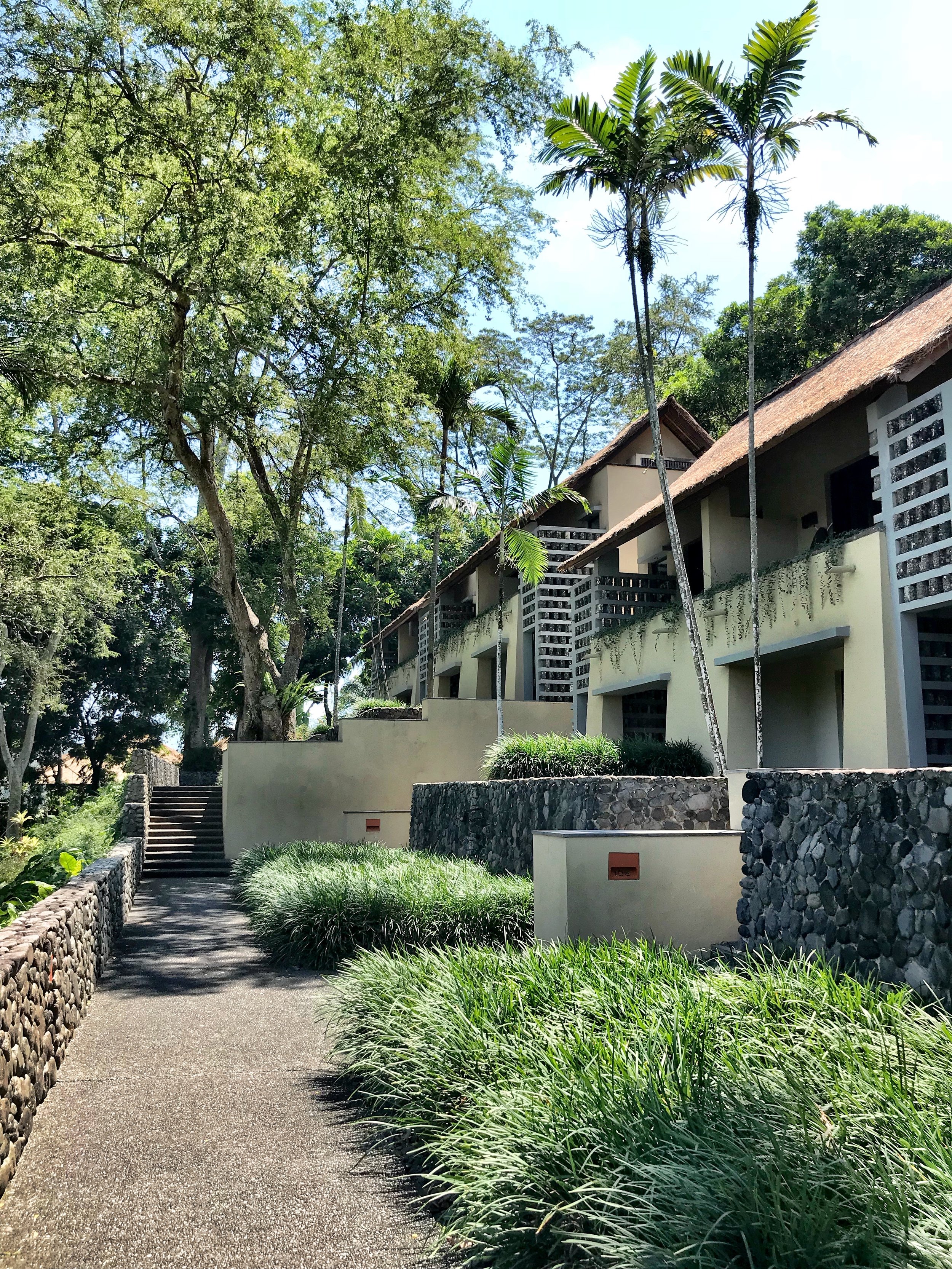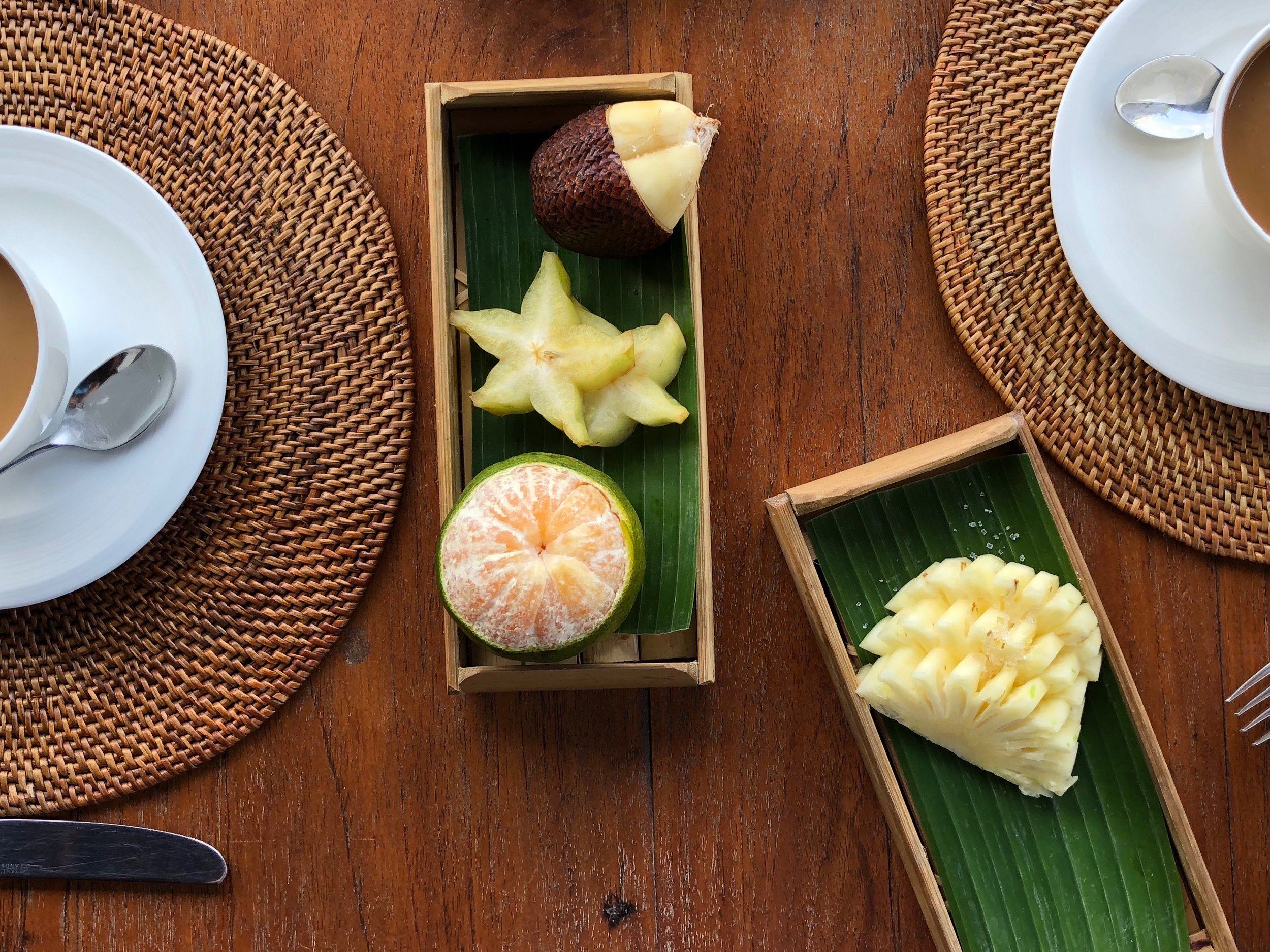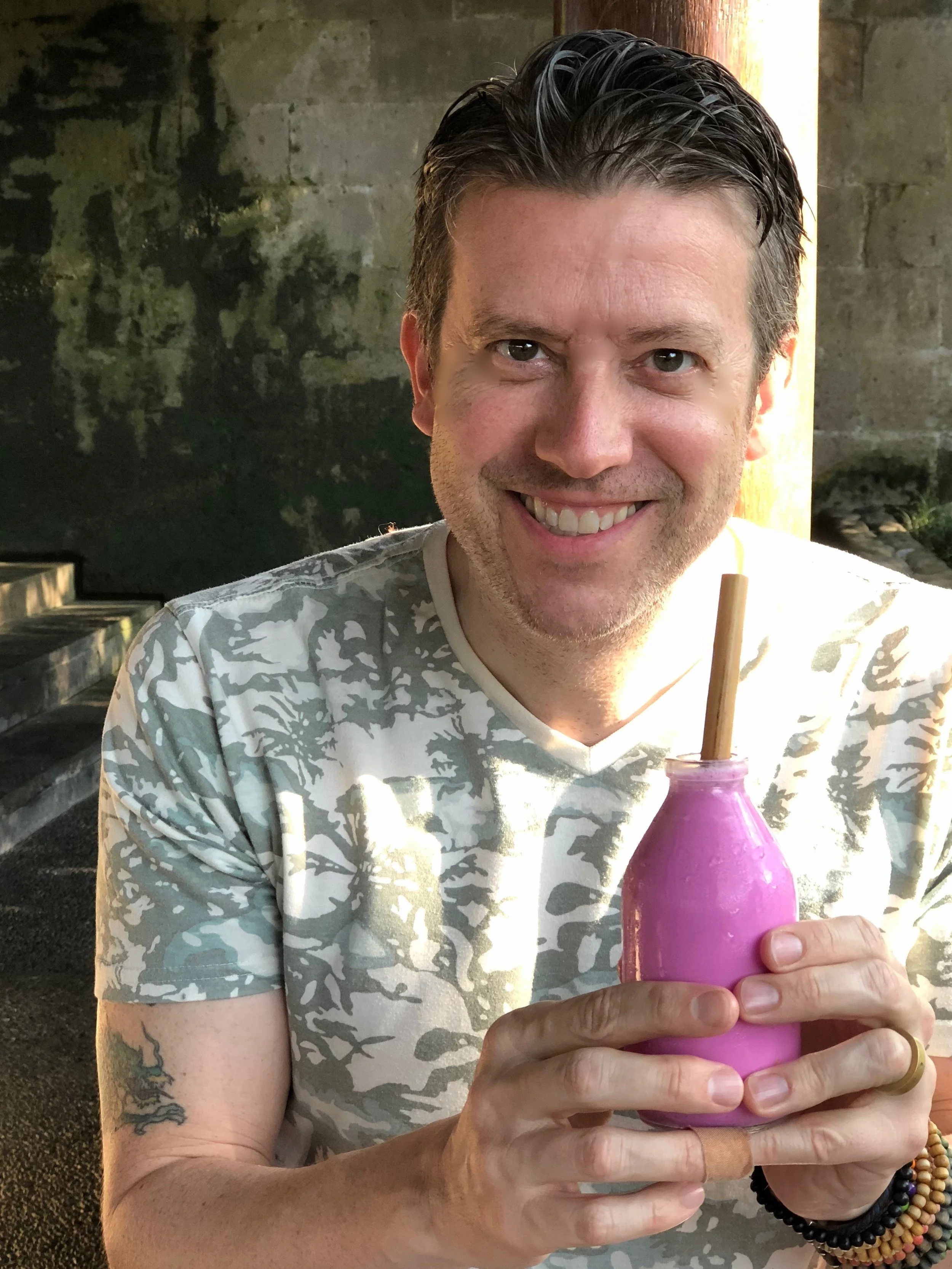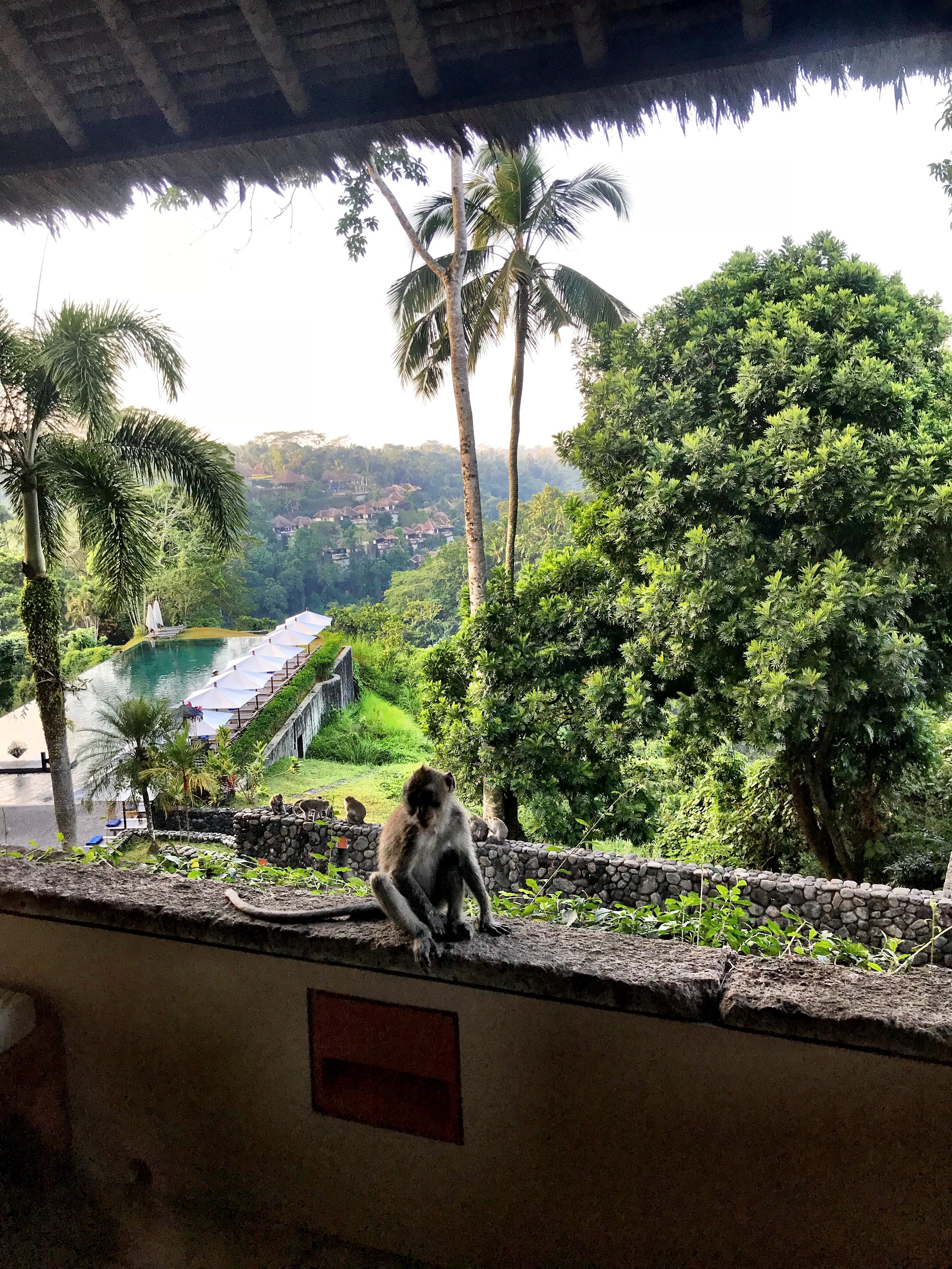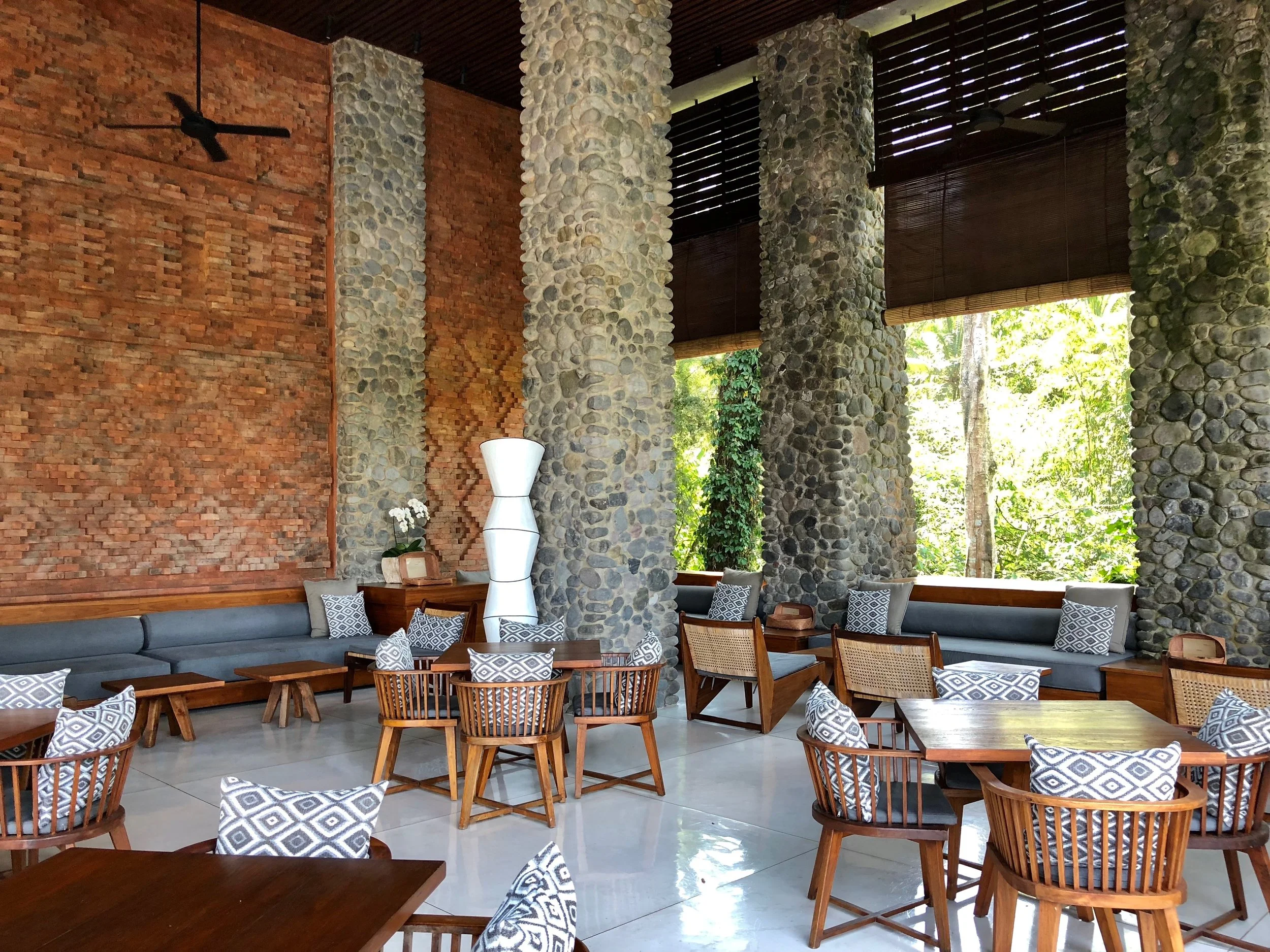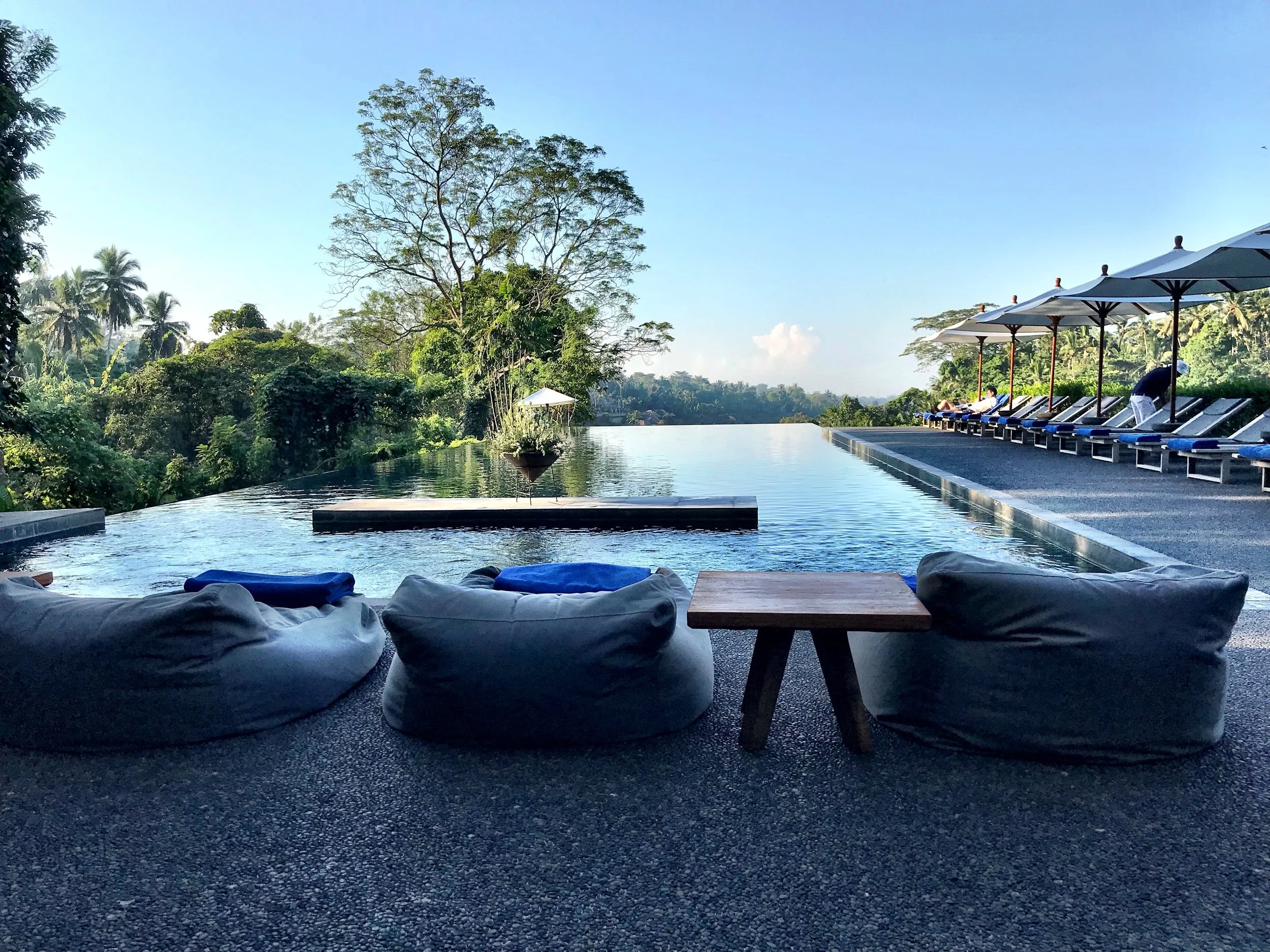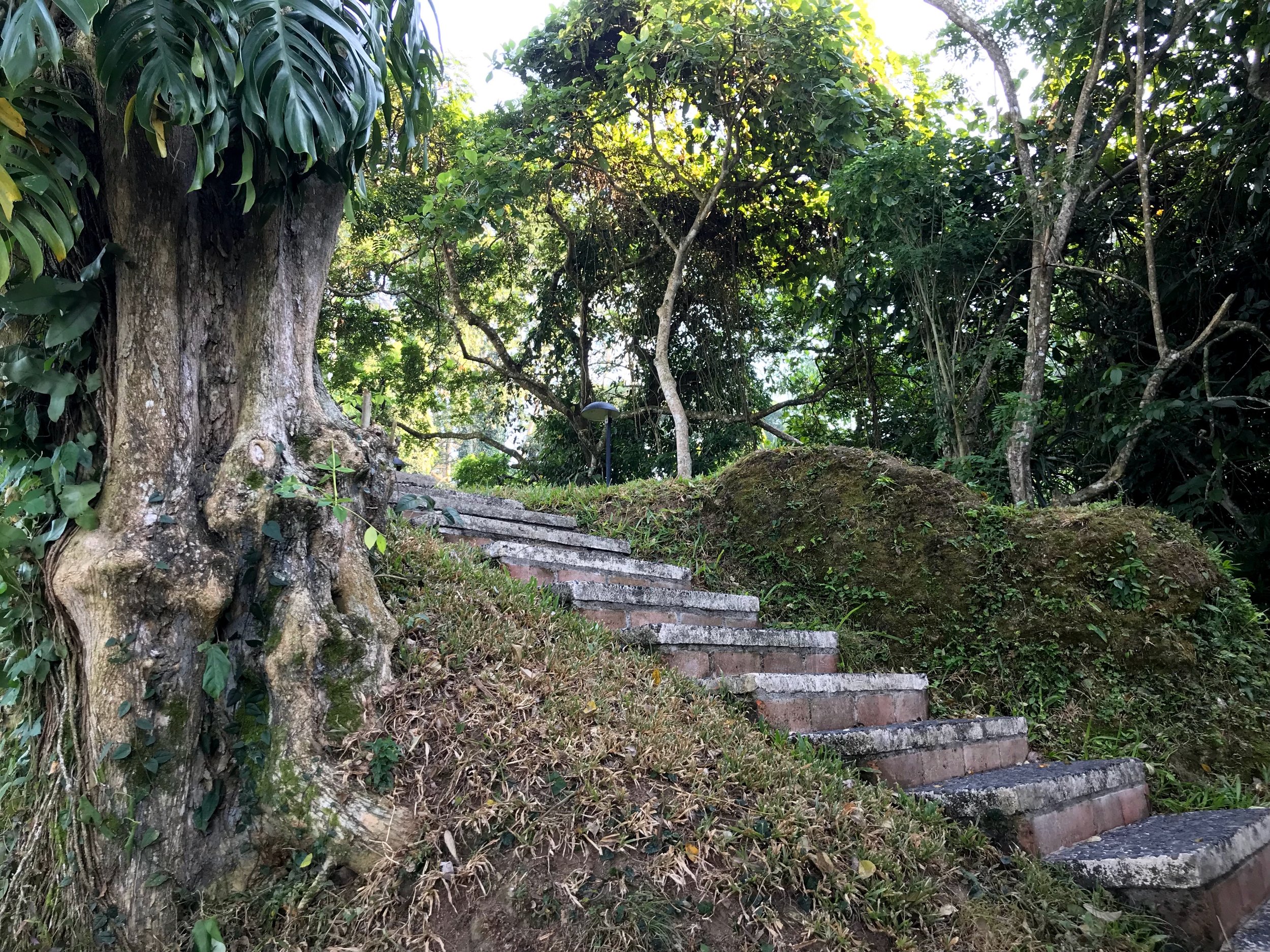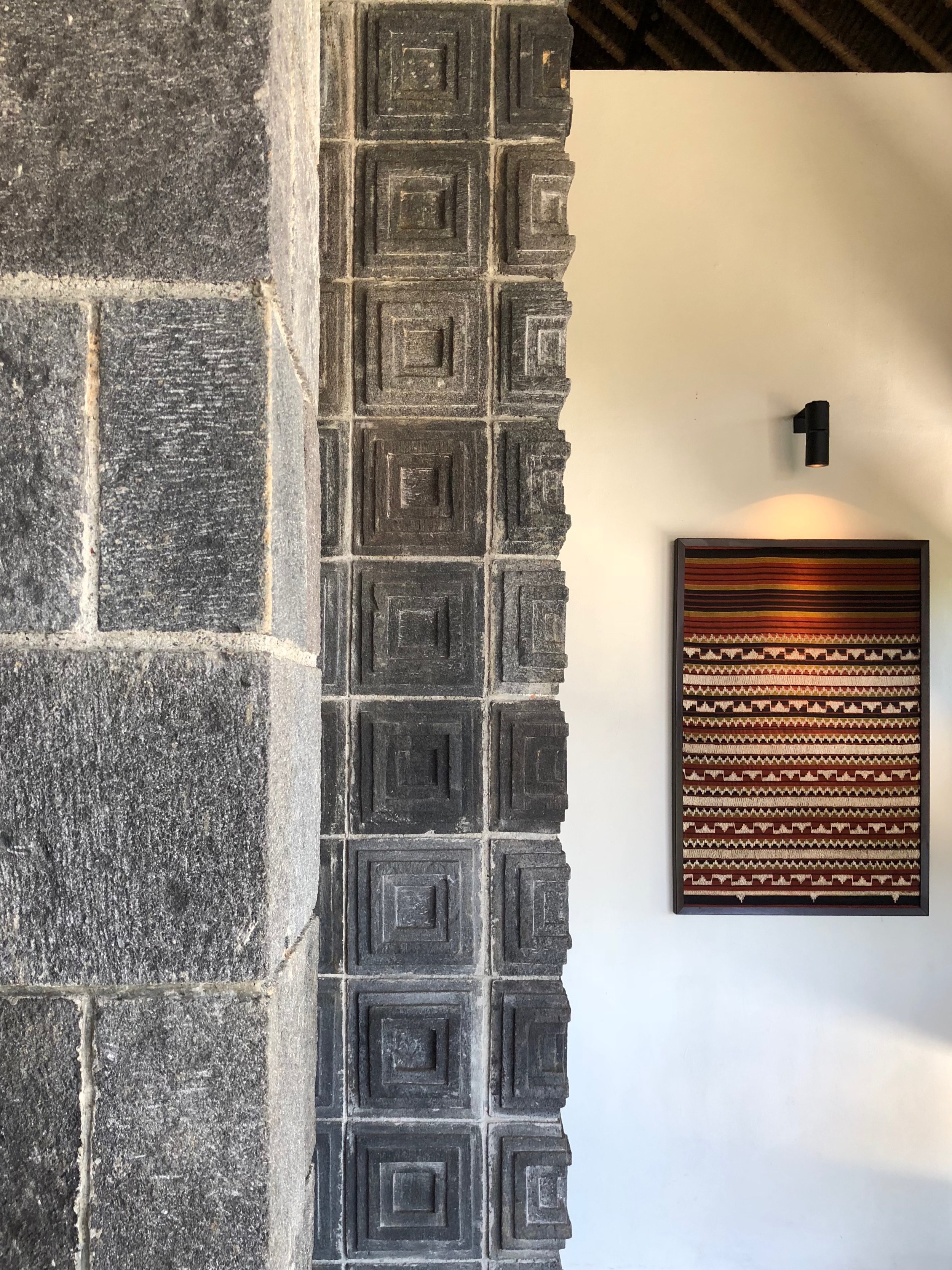Cat poop coffee, temples of death and Balinese names are a few of the unusual aspects of Bali culture.
What makes islands so interesting is that they act as closed environments and often adopt their own distinct cultures. It’s curious that Bali is a Hindu island in the midst of the most populous Muslim nation in the world. Its unique religion permeates daily life.
Here’s a sampling of seven unusual things we observed or learned about on our trip to Bali.
“The passage of the beans through the civet’s digestive tract, pressed against their anal scent glands makes the resulting coffee to die for. ”
Kopi luwak, made from the excrement of a cute wild cat, has become a craze. But we recommend boycotting it
1. A popular coffee on Bali is made from animal poop — and it’s the most expensive coffee on Earth.
Known as kopi luwak, this is essentially coffee beans that have been eaten, digested and shat out by the palm civet, a cute animal that looks like a cross between a wild cat and a mongoose. You’ll see signs for kopi luwak all over Bali, and Duke and I were like, no thank you. The British couple next to us at dinner one night said they quite enjoyed it, though, that the beans were a honeyed color, that the coffee was smooth, and they’d have gotten some if it wasn’t so bloody expensive.
Many poor civets are kept in cages and mistreated to make sure there’s a steady supply of luwak coffee
Civets are shy, nocturnal creatures that roam coffee plantations at night, eating ripe coffee cherries. They can’t digest the pits, or beans, and poop them out. Somehow locals got it into their heads that the passage through the civet’s digestive tract, pressed against their anal scent glands, somehow makes the resulting coffee to die for.
One of the many places we were offered civet shit coffee. We declined each time
What’s sad, though, is that the novelty of kopi luwak has turned into a booming industry, with many coffee farms mistreating the animals. They “suffer greatly from the stress of being caged in proximity to other luwaks, and the unnatural emphasis on coffee cherries in their diet causes other health problems too; they fight among themselves, gnaw off their own legs, start passing blood in their scats, and frequently die,” writes Tony Wild, the man who blames himself for bringing the kopi luwak craze to the West, in The Guardian. Treating an animal like that is just crappy.
There’s a very good chance that half the people in this photo are named Wayan. Seriously!
2. All the kids have the same names, depending on their birth order.
As you become acquainted with more and more Balinese locals, you’ll notice something strange: They all seem to have the same name. And it’s not just that certain names are popular, like John and Jennifer in the States — there literally seem to be only a few names on the island to choose from. As bizarre as that seems, that is indeed the tradition on Bali.
In most cases, Balinese parents from the lower caste (that is to say, most of the population) give their children the same names, depending on their birth order — whether or not they’re boys or girls. Firstborns are named Wayan, Putu or Gede; the second-born is Made or Kadek; the third-born is Nyoman or Komang; and the fourth-born is Ketut. What happens if you have five kids? The cycle repeats itself, with the addition of Balik. So the fifth-born would be Waylan Balik, which basically means Waylan Returns.
You’ll meet tons of Wayans and Mades (this last one is pronounced Mah-deh), so how do people know who’s who? Most Balinese add a nickname or middle name. Our driver, for instance, was Made Ada.
Temples of death on Bali feature frightening statues out front
3. Every village has at least one temple of death.
Known as pura dalem, every village has at least one death temple, often located in the lowest part of town, facing the sea, which is considered the gateway to the underworld. Bodies are buried in the nearby cemetery, awaiting the purification of a cremation ceremony. Pura dalem, not surprisingly, are typically dedicated to the most gruesome gods and goddesses of the Hindu pantheon: Shiva the Destroyer, Kali, Durga or Rangda.
Many temples of death are dedicated to the demoness Rangda, who has a long tongue, droopy breasts, phallic dreadlocks and a fondness for eating babies
Monstrous demonic statues line the entrance — many featuring bulging bug eyes, fierce fangs and large, saggy breasts. Some hold innocent babies in their arms as they stand atop a pile of skulls. These serve as a vivid reminders of what awaits the wicked.
The only thing that would make Duke and Wally even more macho than these sarongs is if they had flowers behind their ears, too
4. Wearing a skirt and tucking a flower behind your ear is thought of as the epitome of masculinity.
At temples on Bali you have to wear a sarong, wrapping these bright cloths around your waist like a long skirt. When I first visited Bali almost two decades ago, I’d wear a sarong every day, and it was common to see local men doing the same. On this visit, though, we only saw one young man wearing a sarong in Ubud (and that’s why I approached him to be our driver for the week).
I’d also pluck a flower and put it behind my ear, having seen temple priests do so. When men on Bali would see me with my sarong and flower, they’d exclaim, “Look at you! You are so masculine!” Bali has got to be the only place on Earth where a man is considered macho for wearing what’s essentially a skirt and a flower behind his ear.
Newborns on Bali are so holy they aren’t allowed to crawl on the ground
5. Babies on Bali aren’t allowed to touch the ground for the first three months or so.
Being Hindus, Balinese believe in reincarnation — more specifically, newborns are thought to be the spirit of an ancestor returning to live another life. Because babies are still so close to the sacred realm they came from, they should be venerated. And in a culture where the ground represents all that is demonic and impure, that means newborns aren’t allowed to touch the earth for at least 105 days after birth, and up to 210 in some communities. That’s when the soul officially becomes a part of the child.
At this time, there’s a ceremony called nyabutan or nyambutin, where the baby’s hair is cut off and he or she touches the ground for the first time. It’s often at this time that the child is given its name.
You’ll be a total baller in Bali!
6. In Indonesian currency, you’ll be a multimillionaire.
Literally every time we hit the ATM, we got out the maximum amount: 1.5 million rupiah, which, at the time we visited, was only about $100.
We passed at least four Polo stores in Ubud — and they all seemed to be having a 70% off sale
Are these officially licensed Ralph Lauren stores? Probably not
7. There are Ralph Lauren Polo stores everywhere.
The preppy look is huge on Bali, at least among tourists. The island is lousy with Polo stores — though they might be of dubious affiliation with the brand. Walking through Ubud, we passed at least six Polo stores. Let the buyer beware: The online consensus is that these deals are too good to be true and are most likely knock-offs. –Wally







